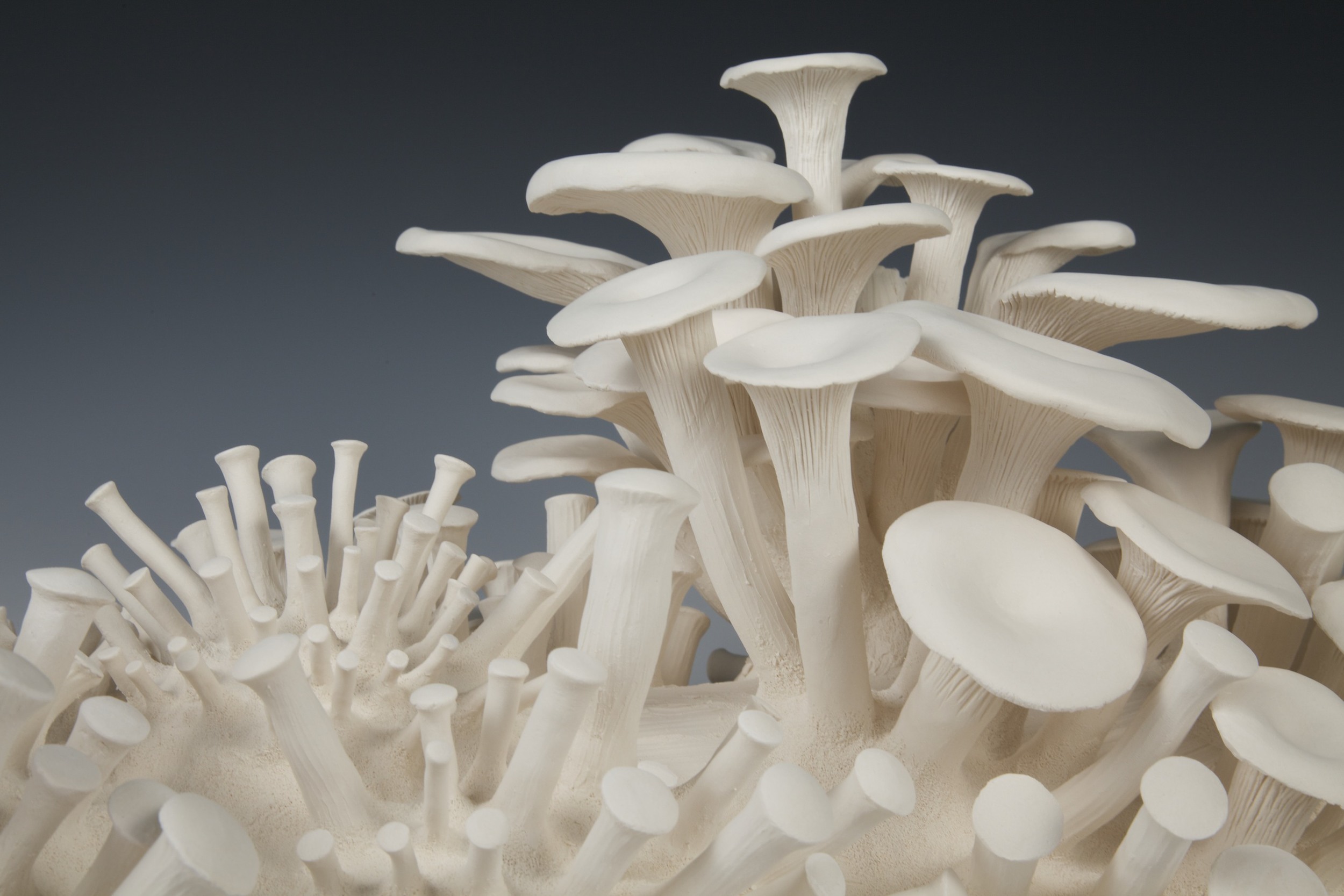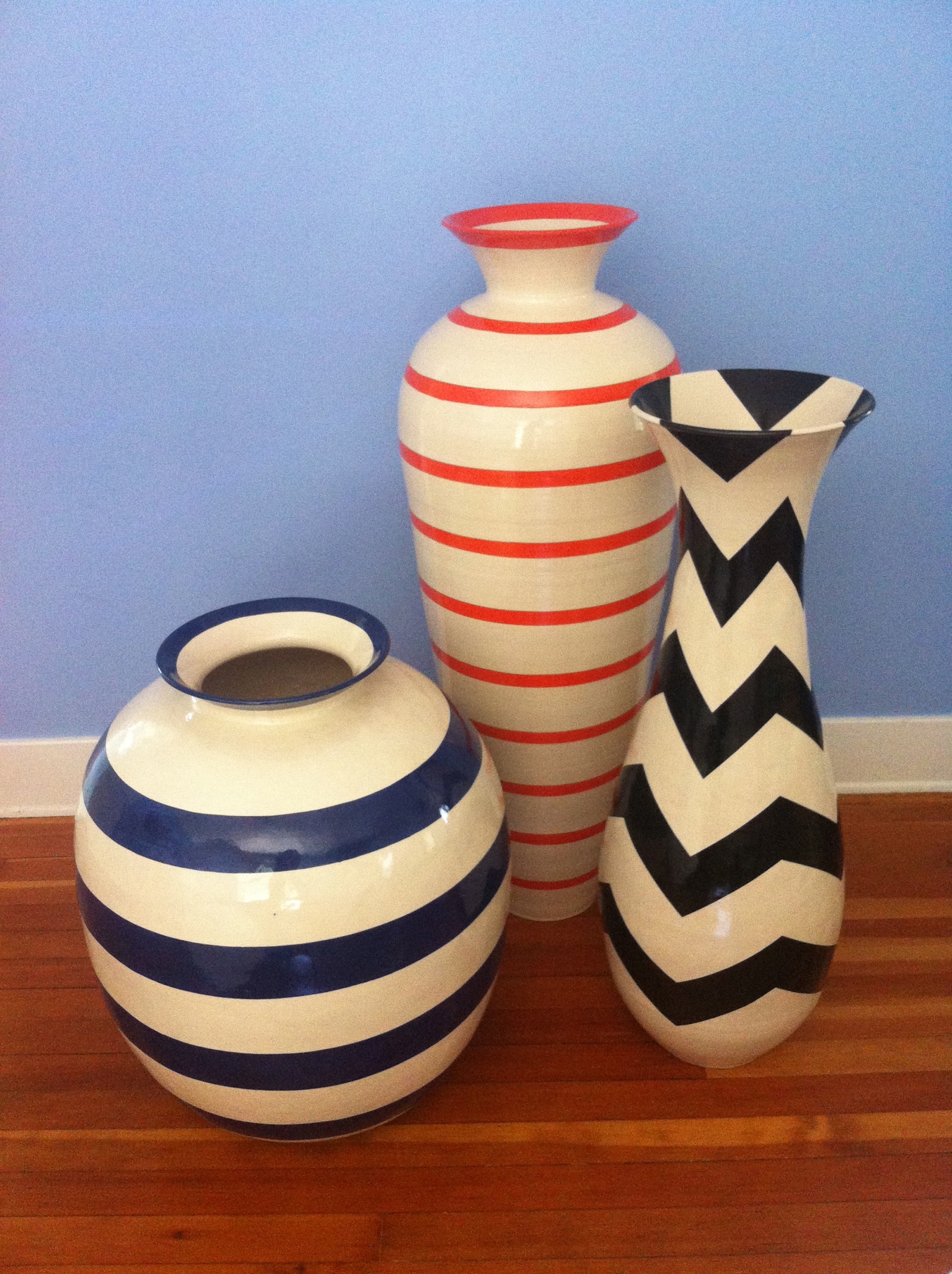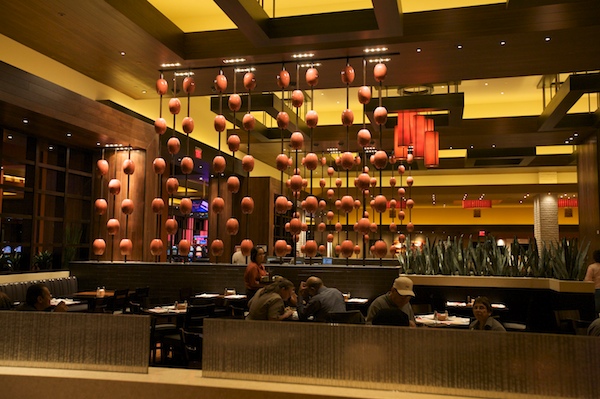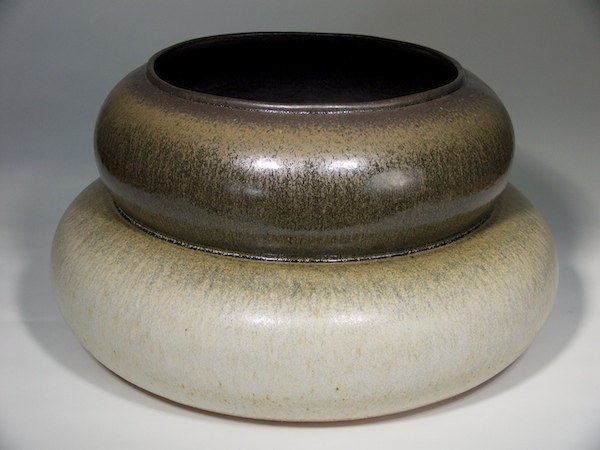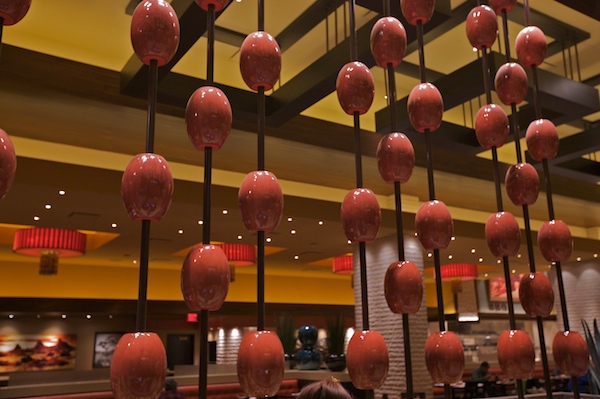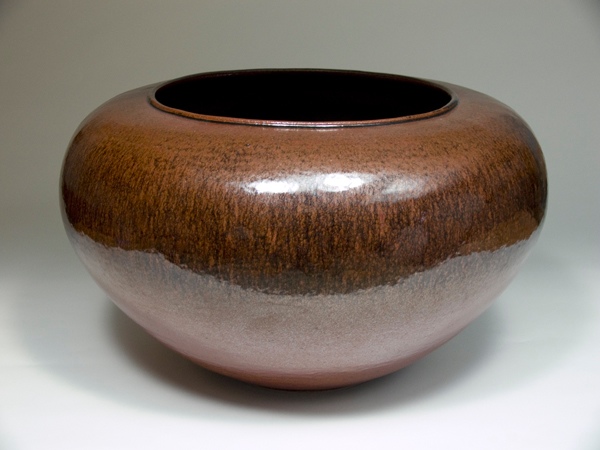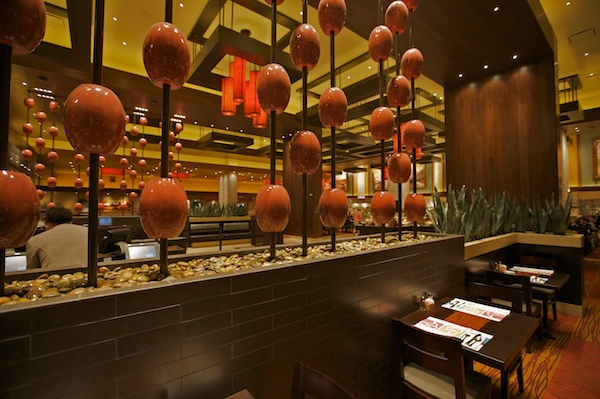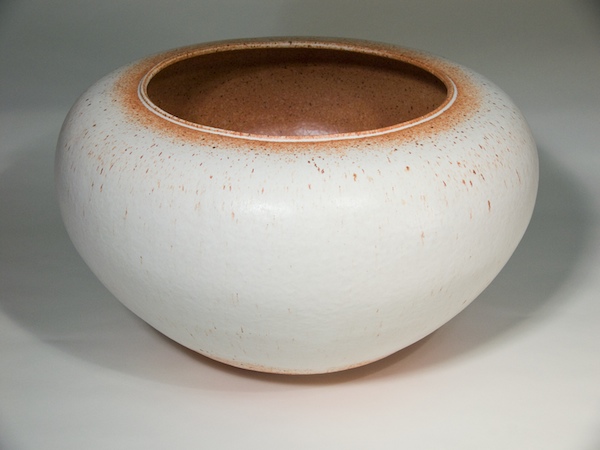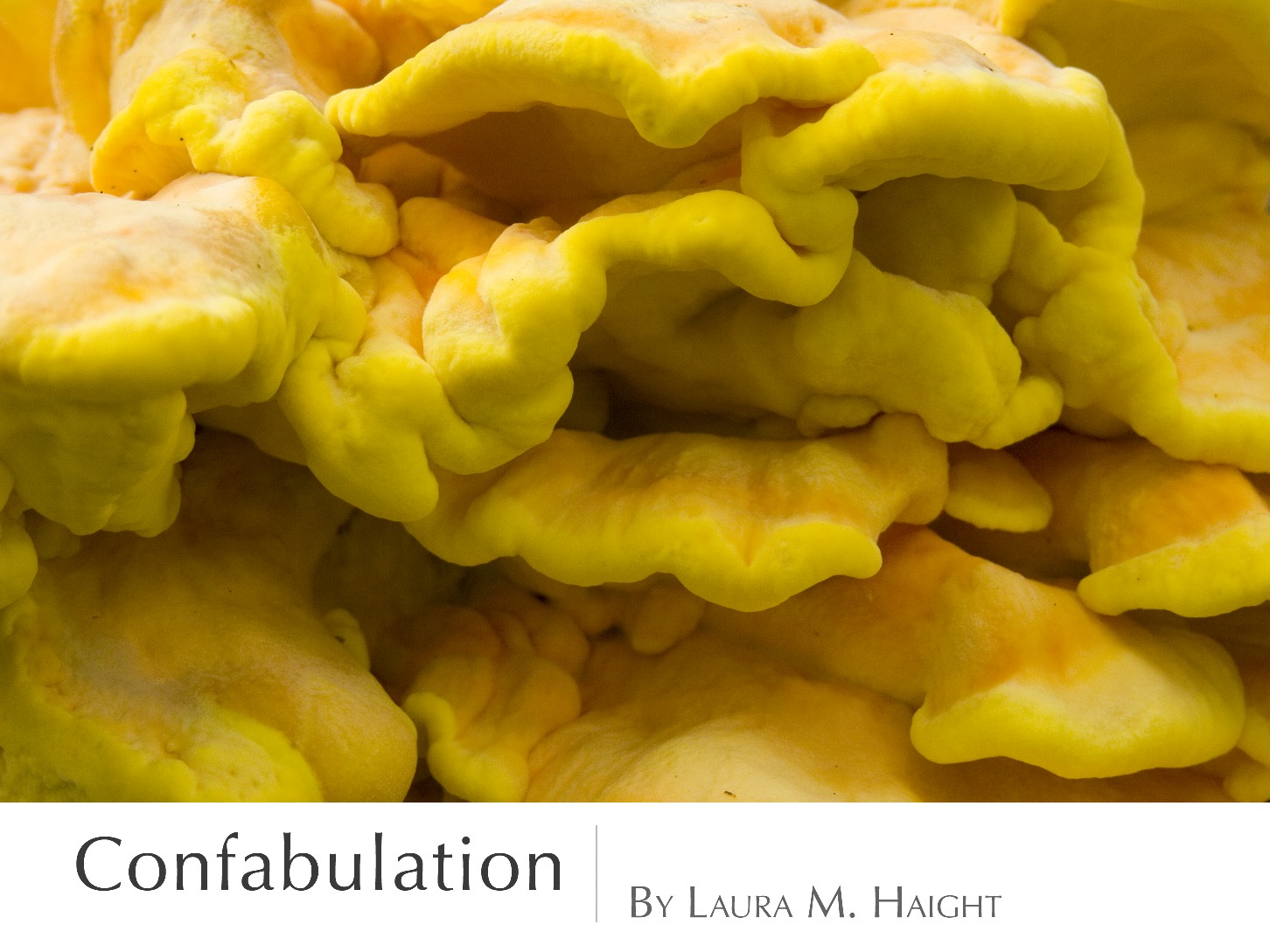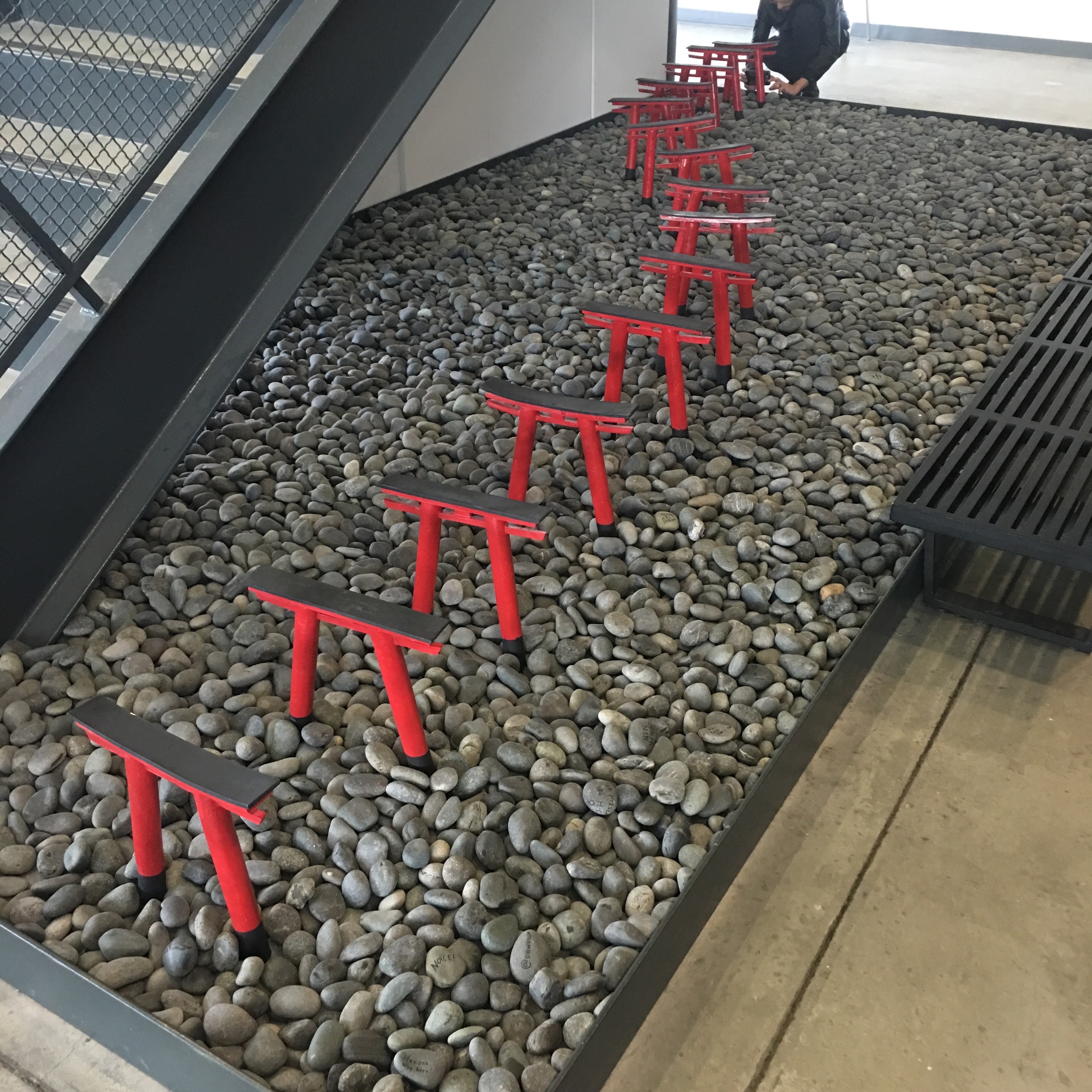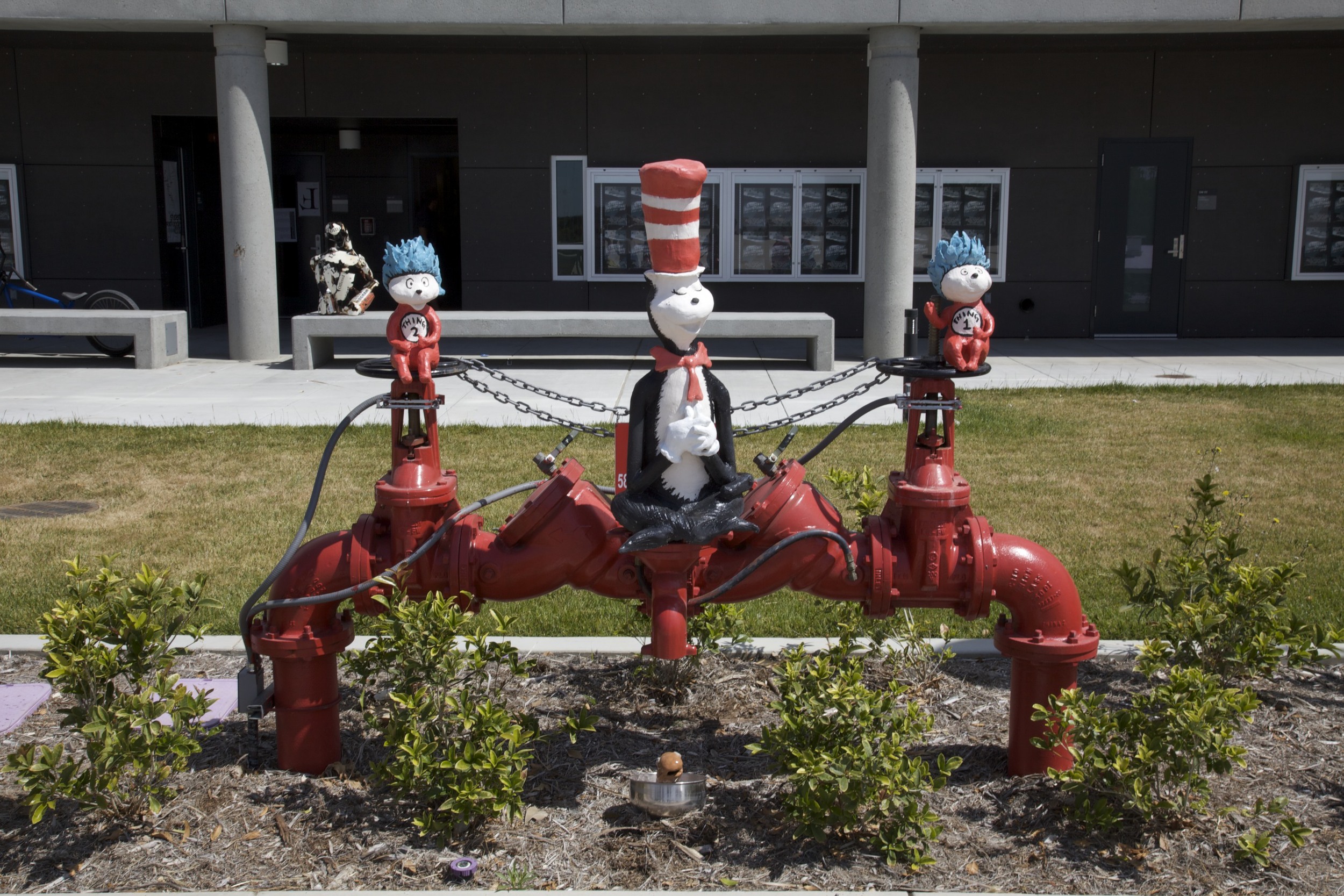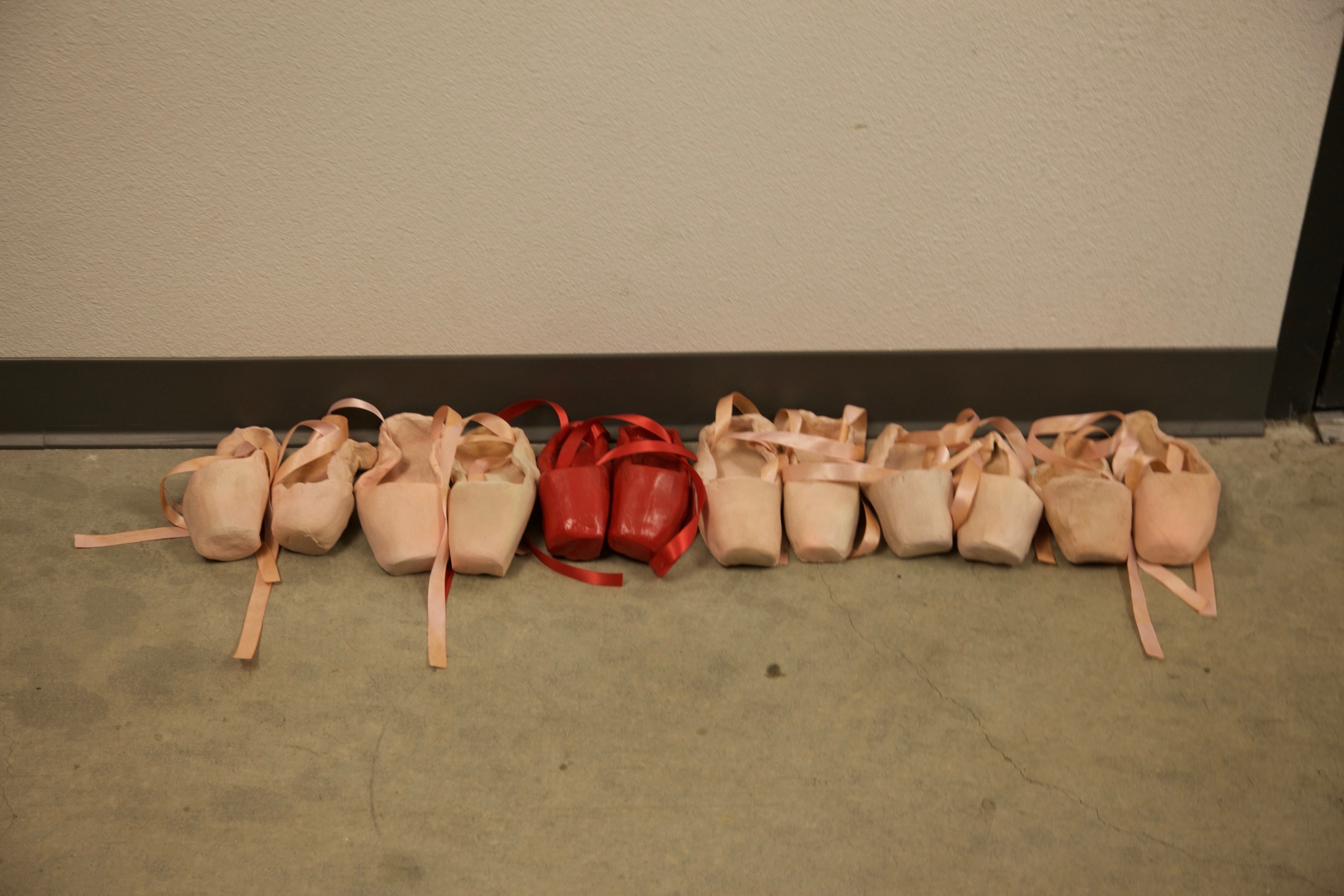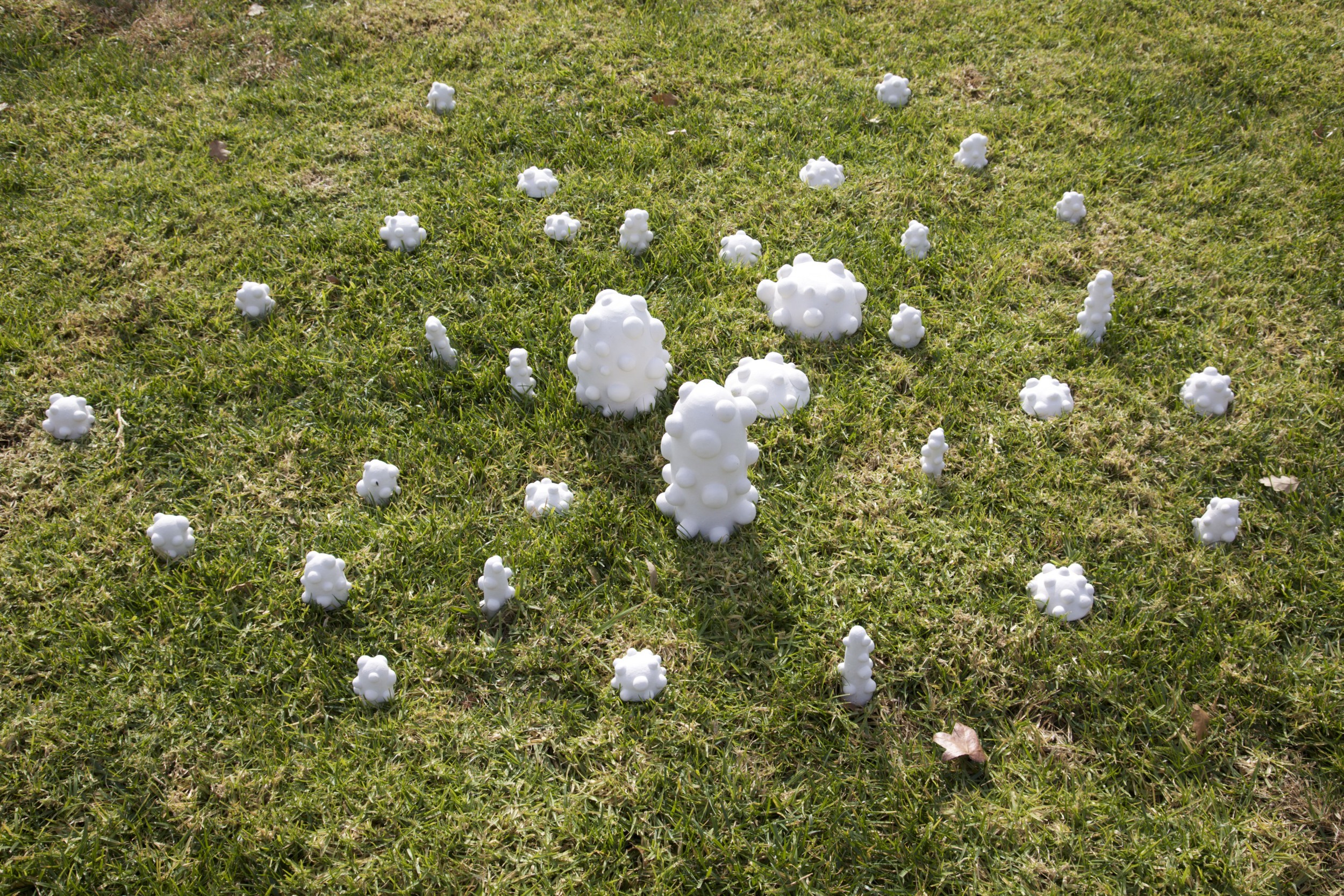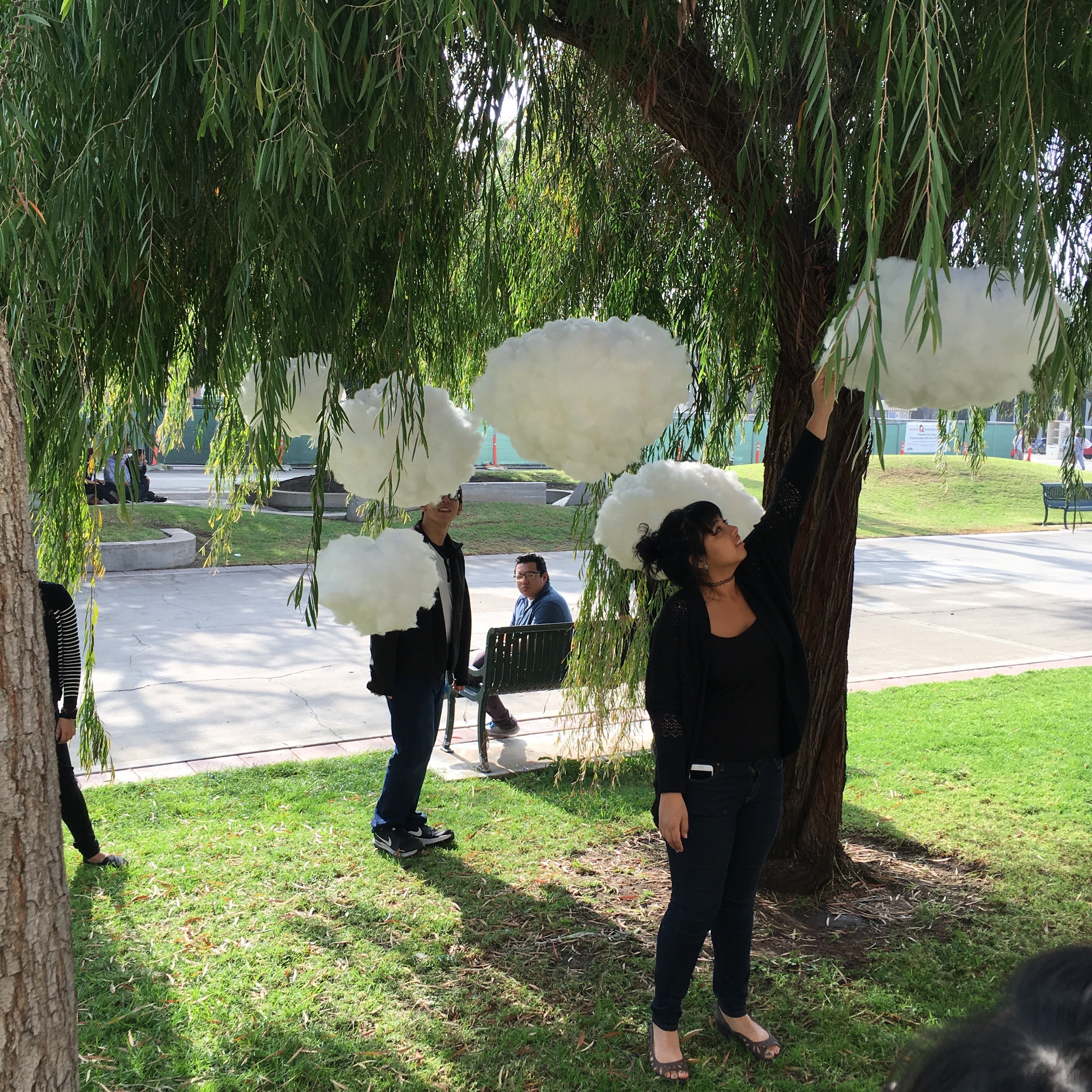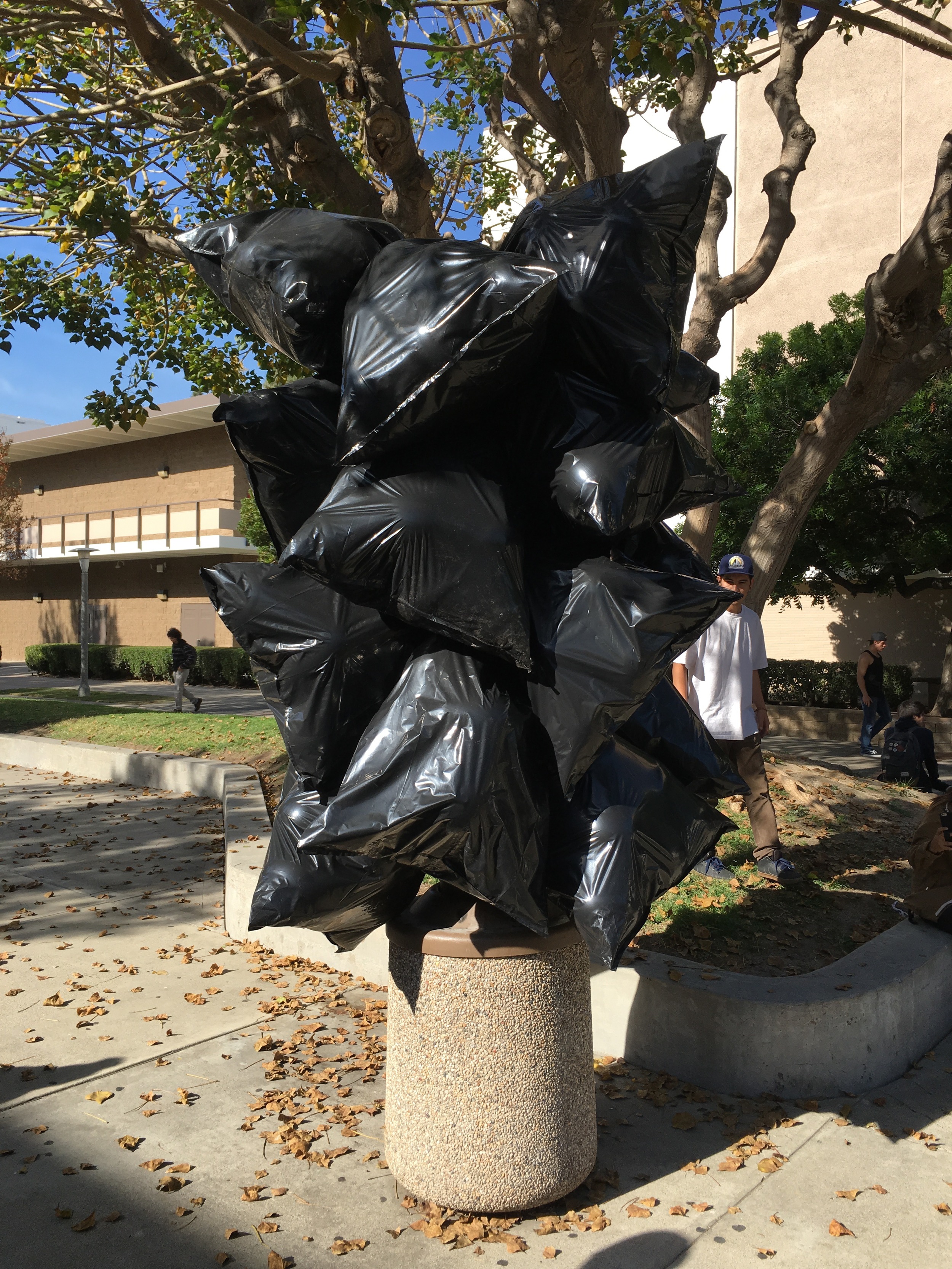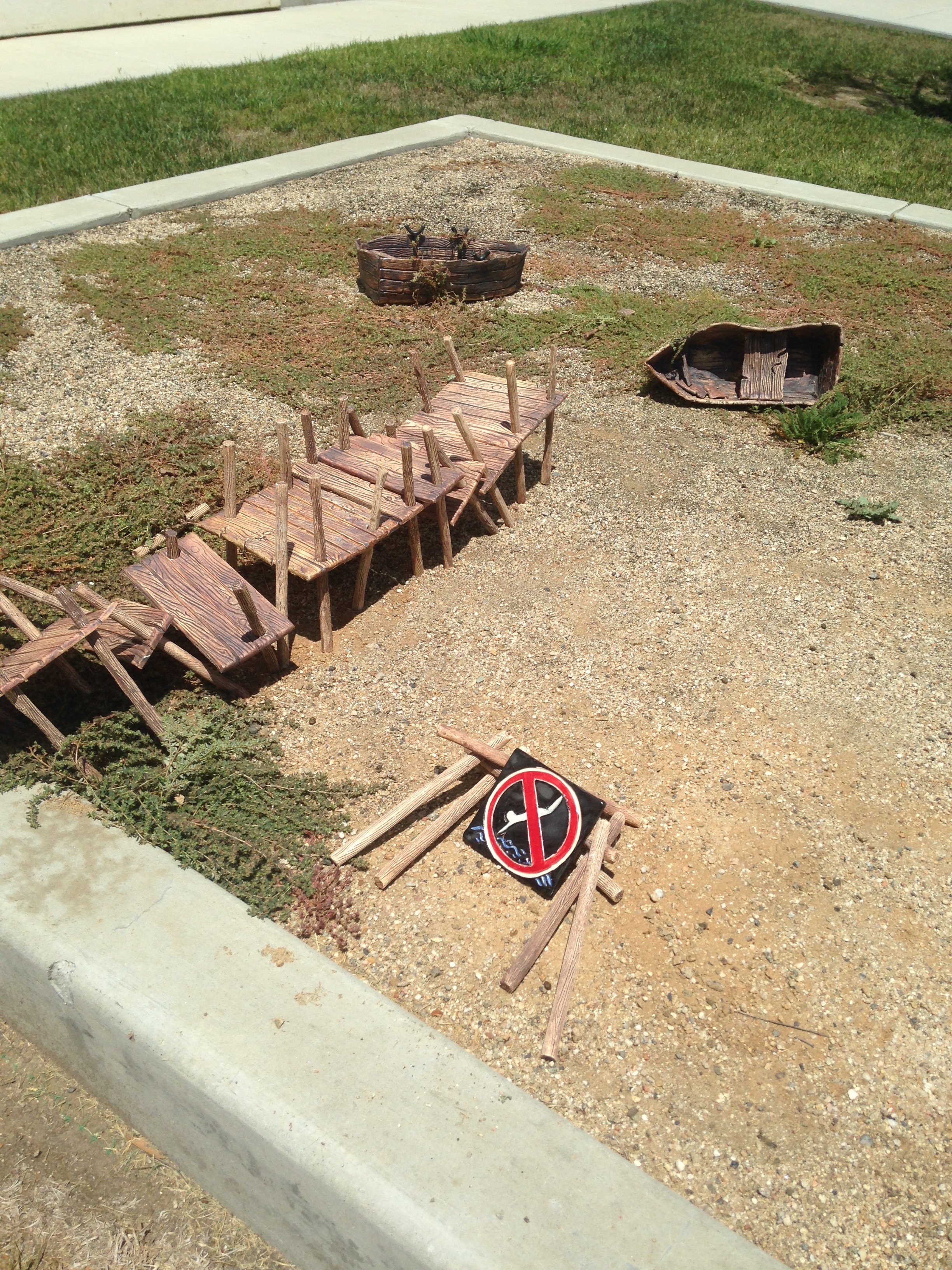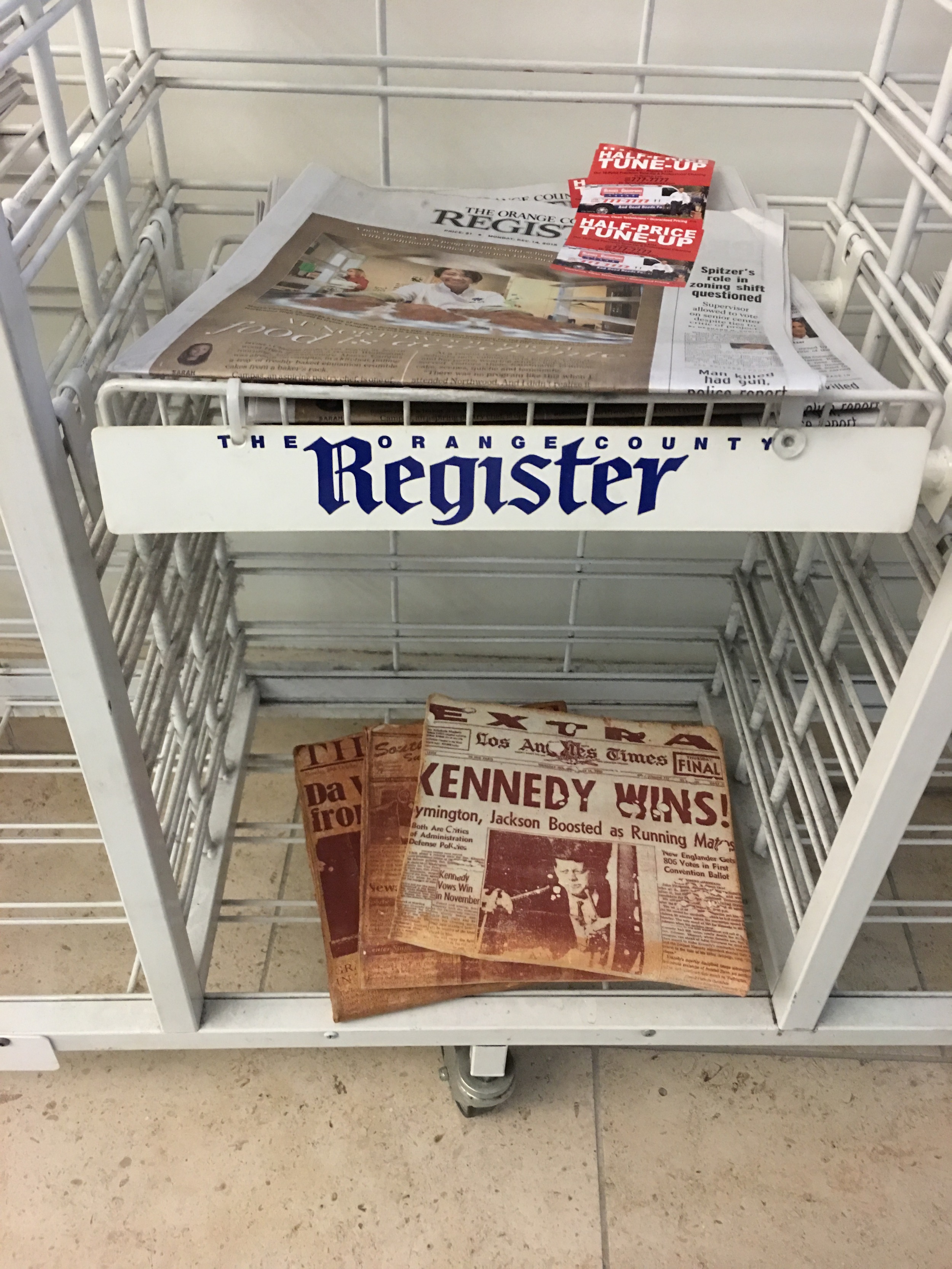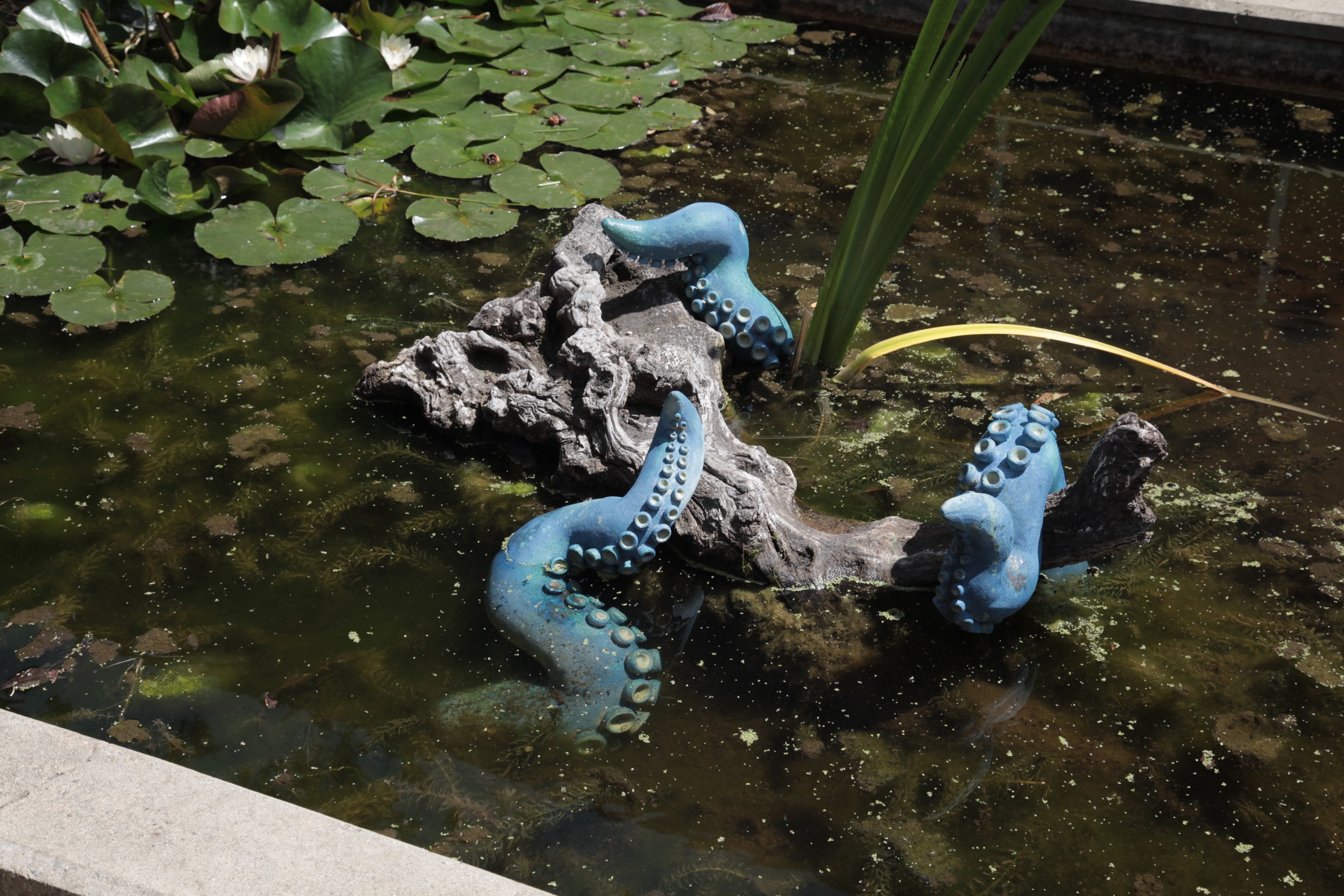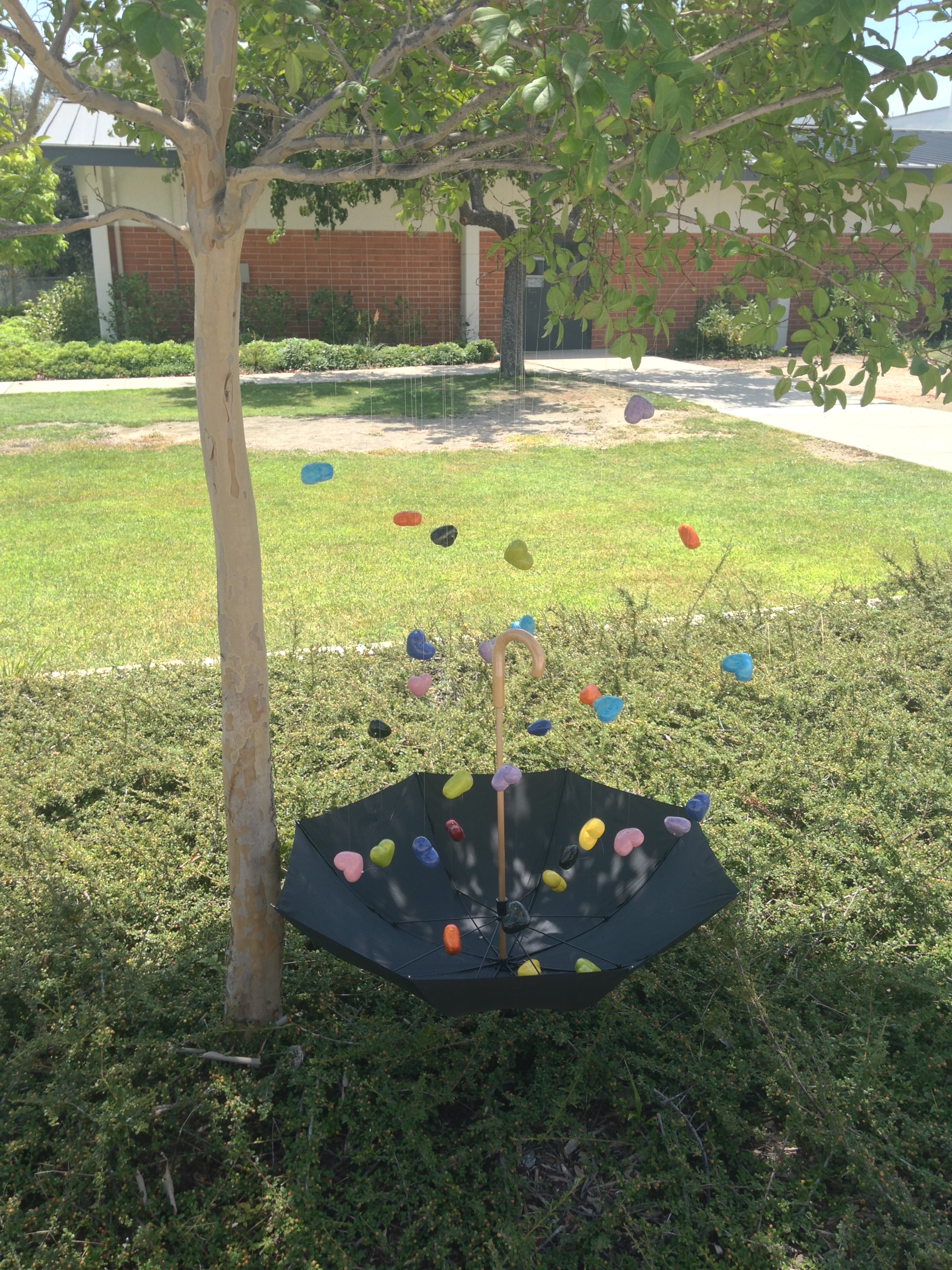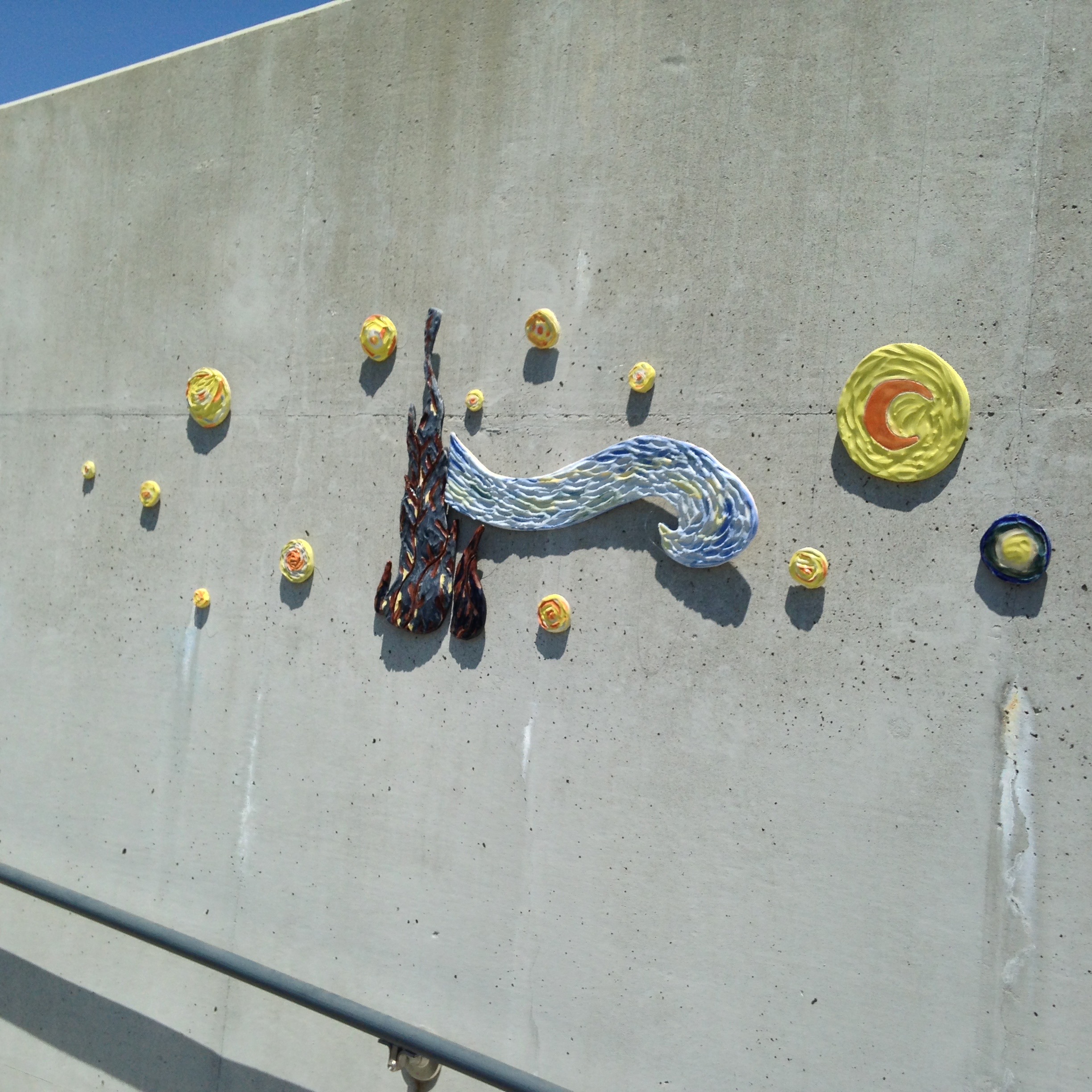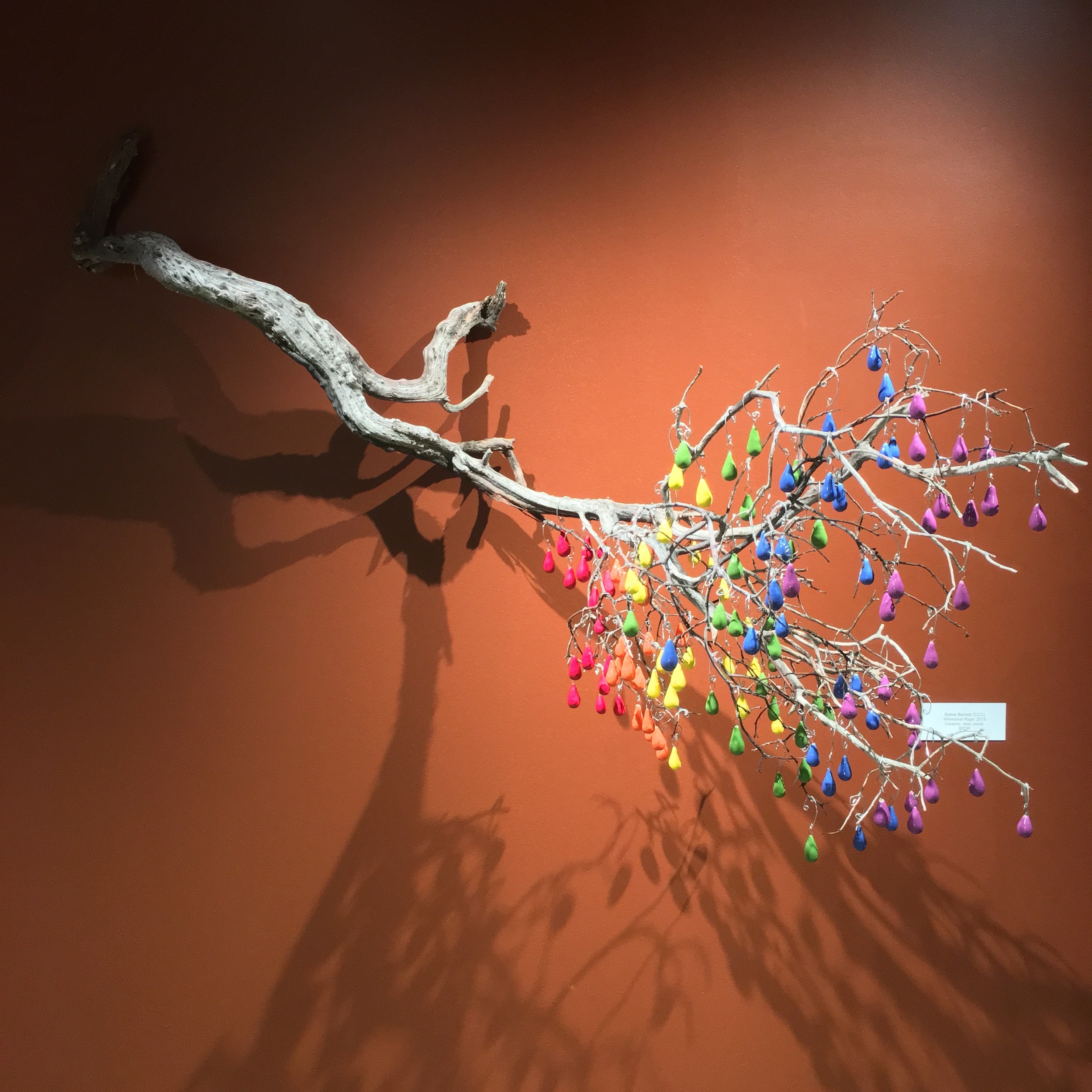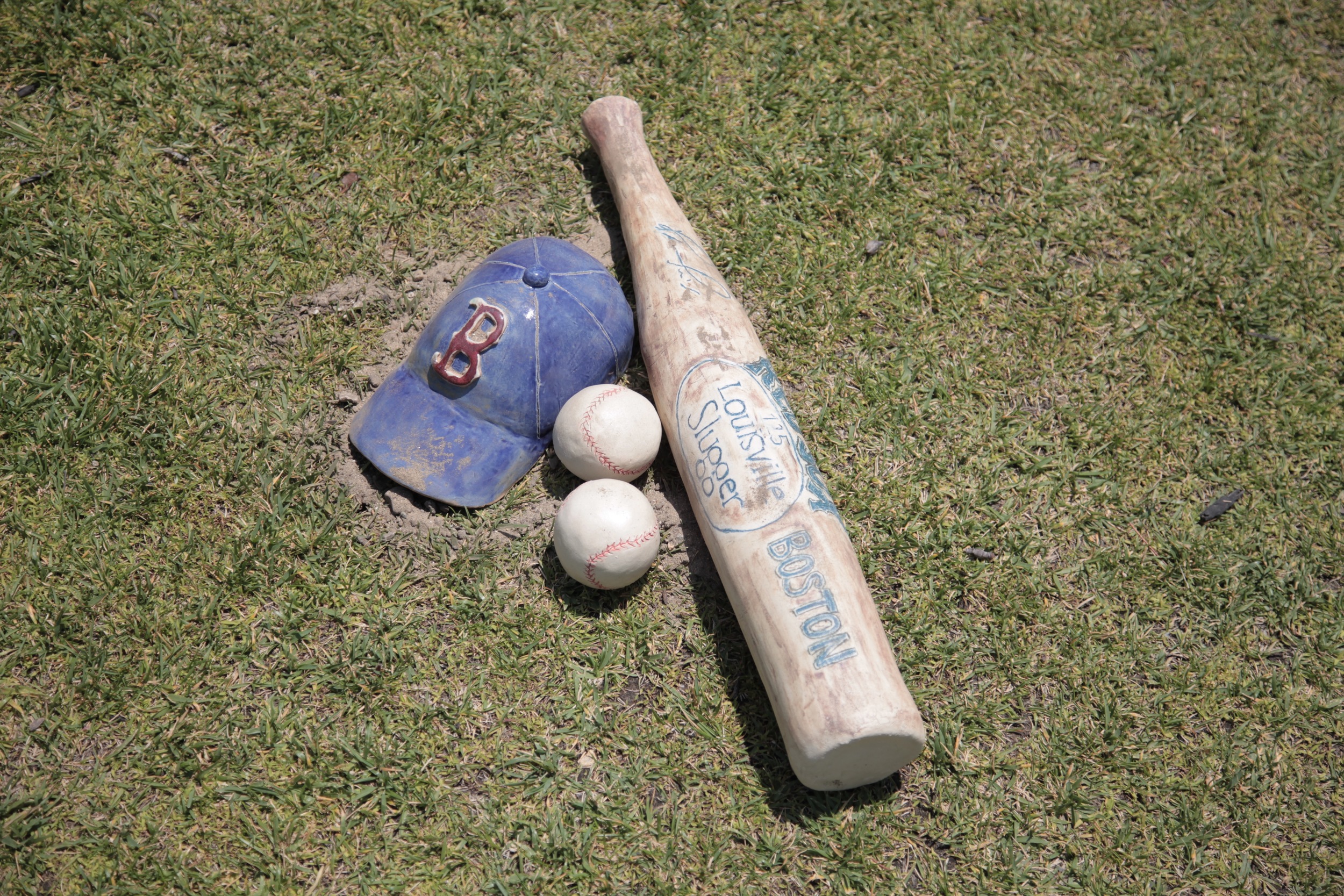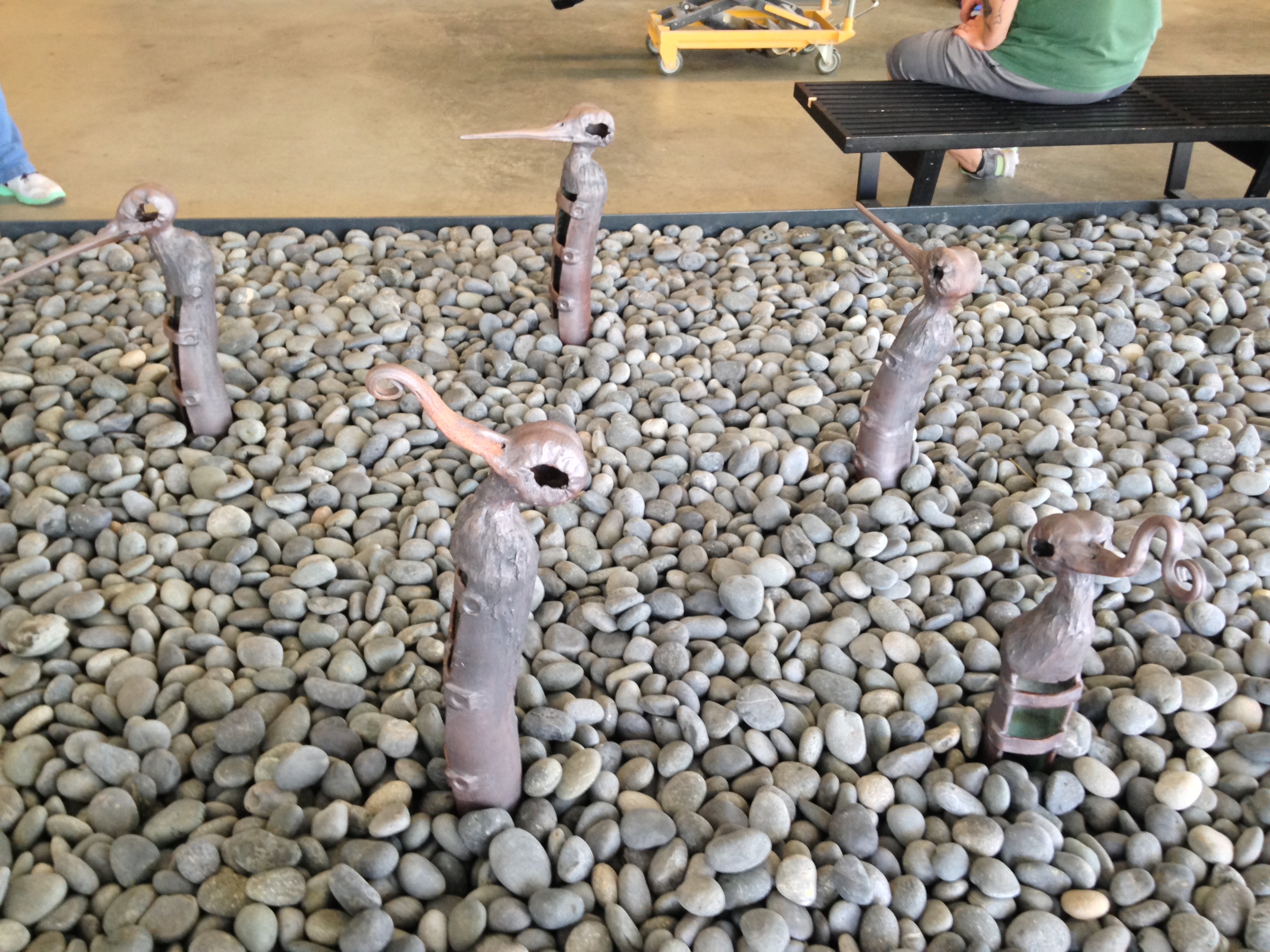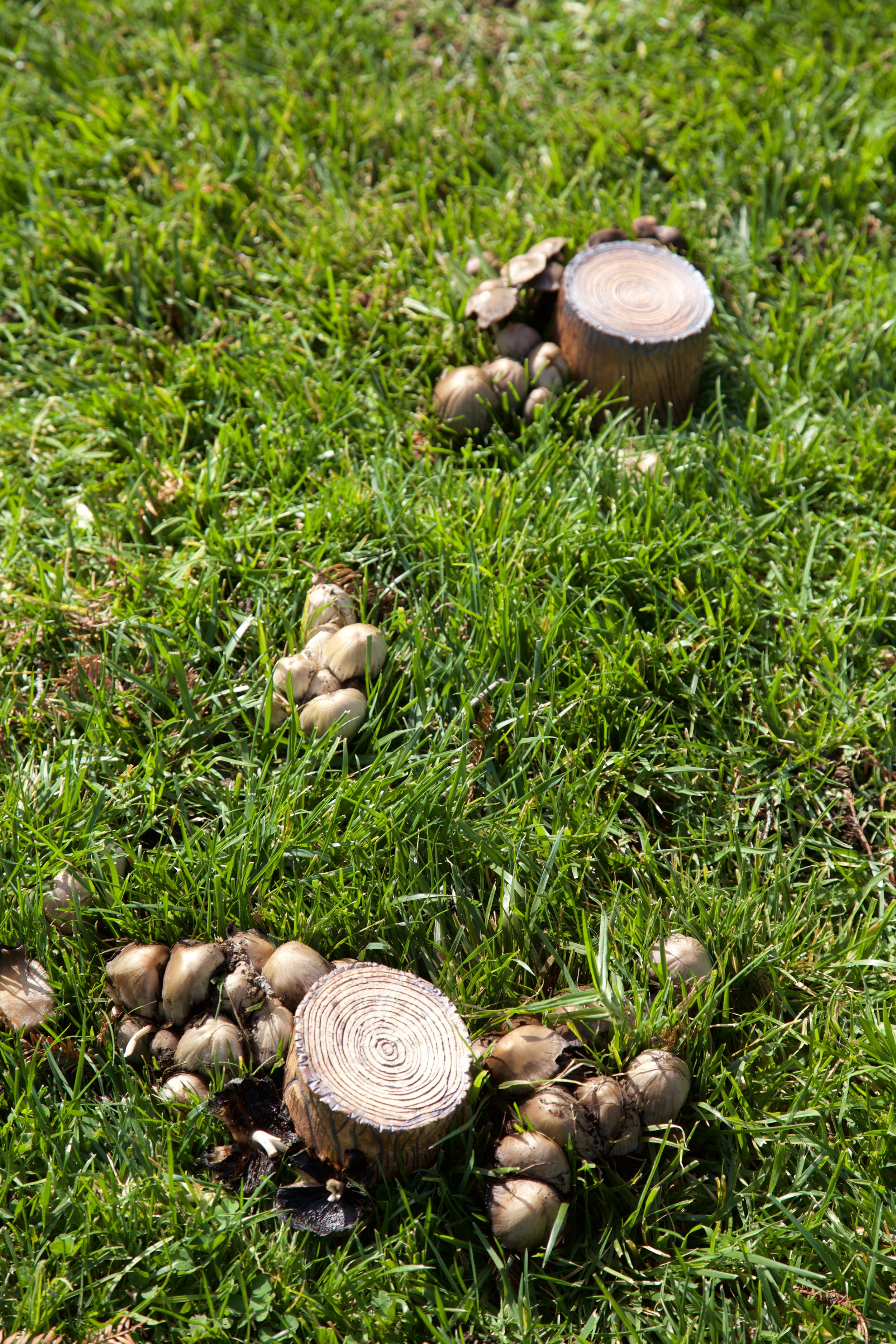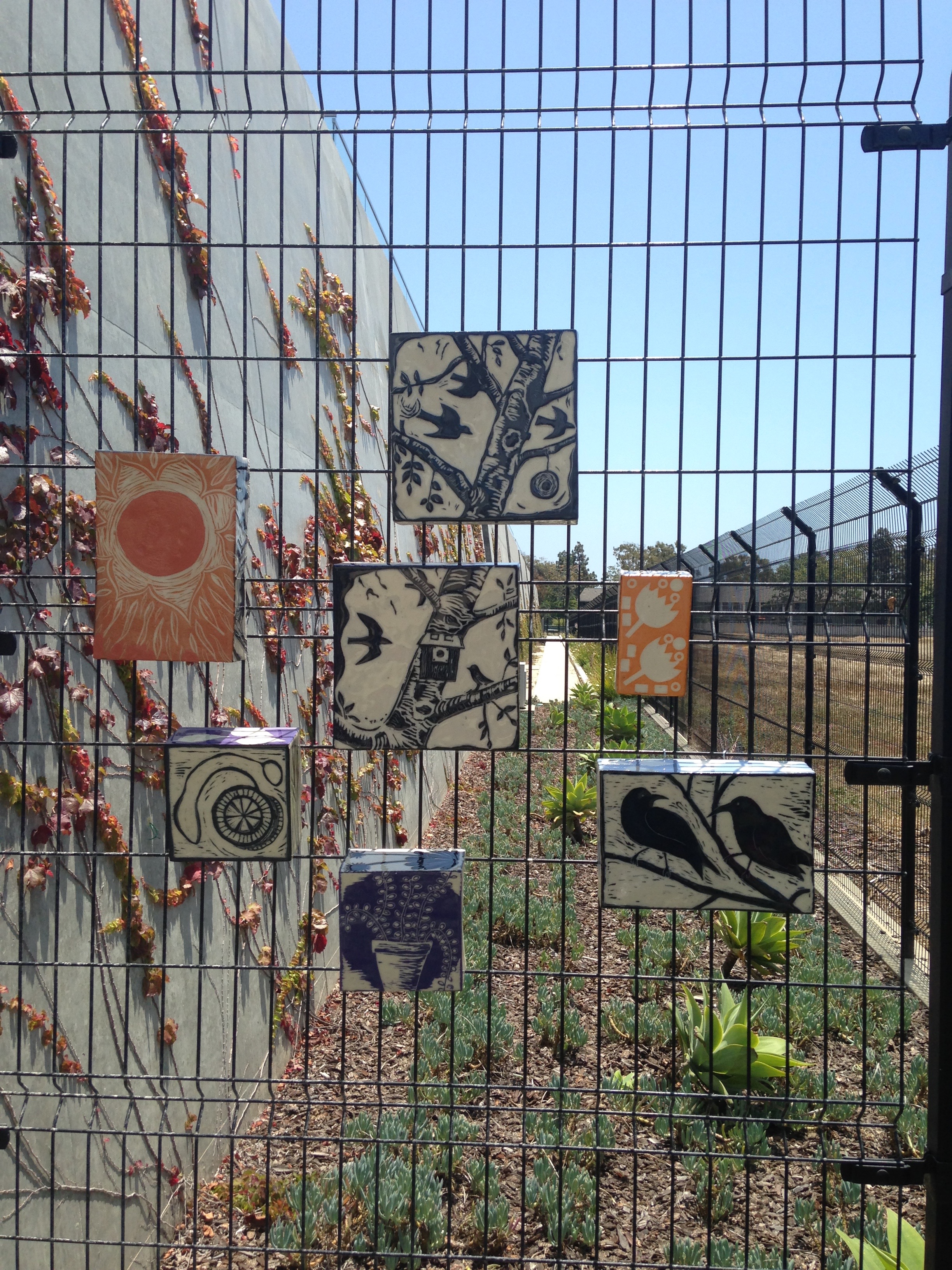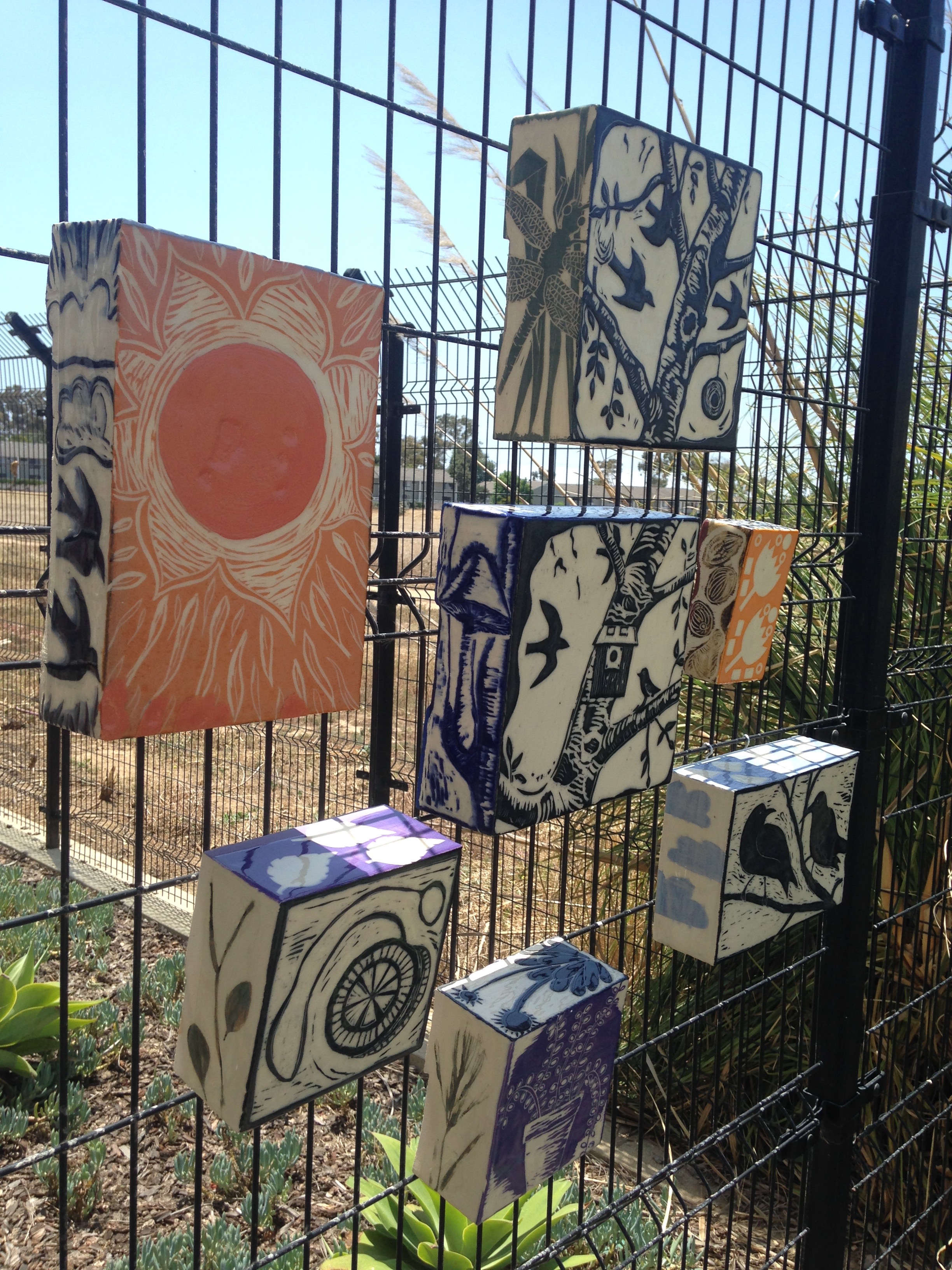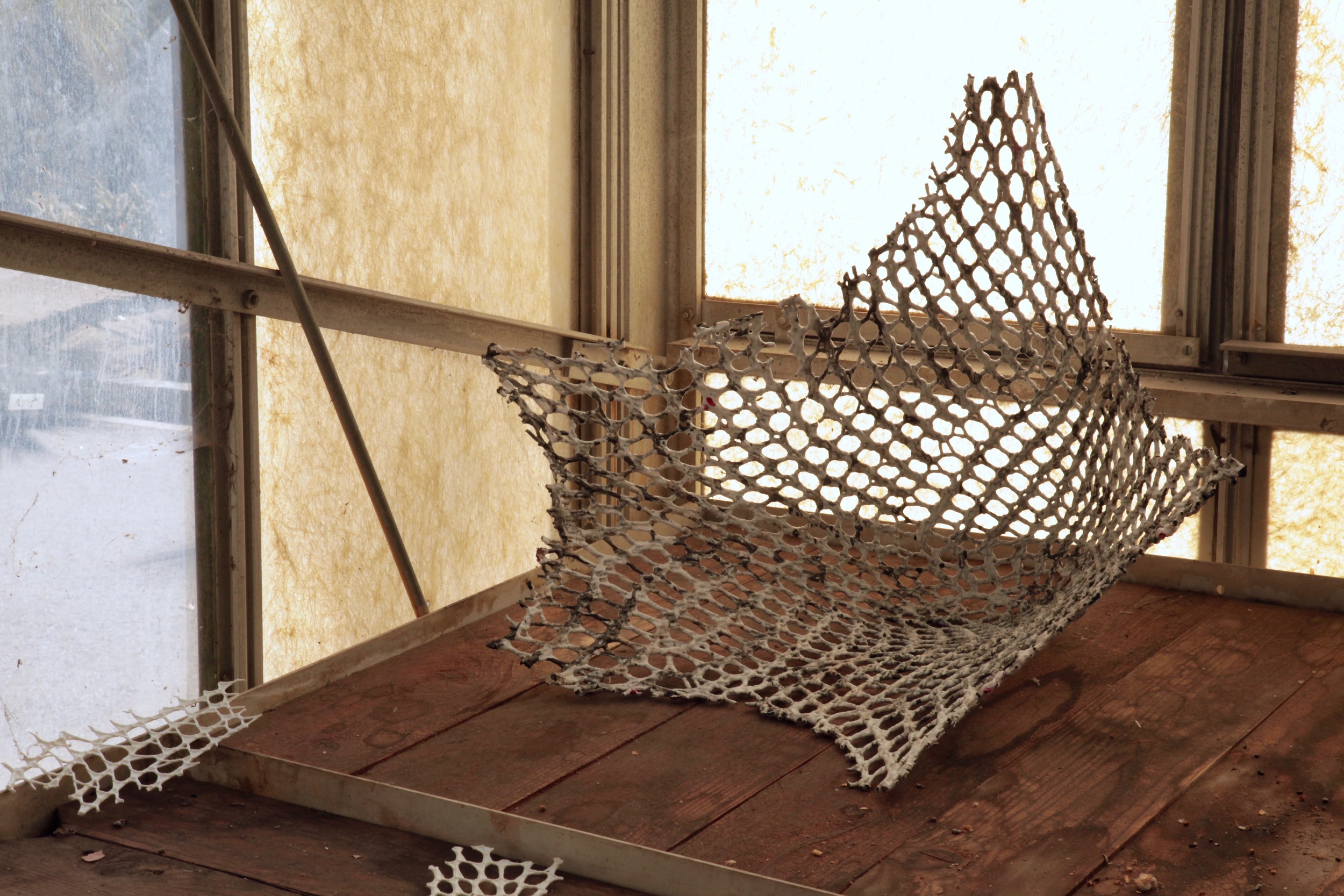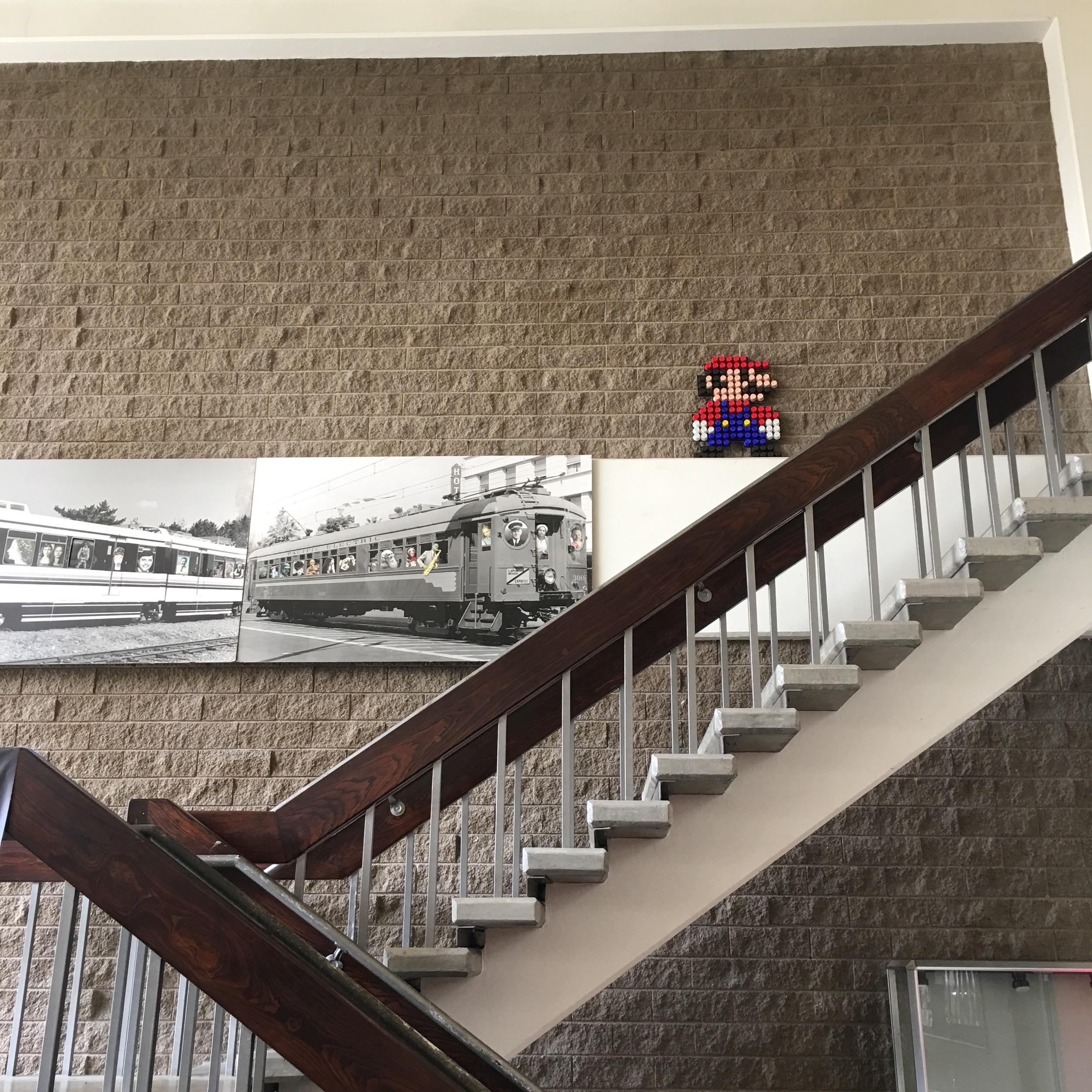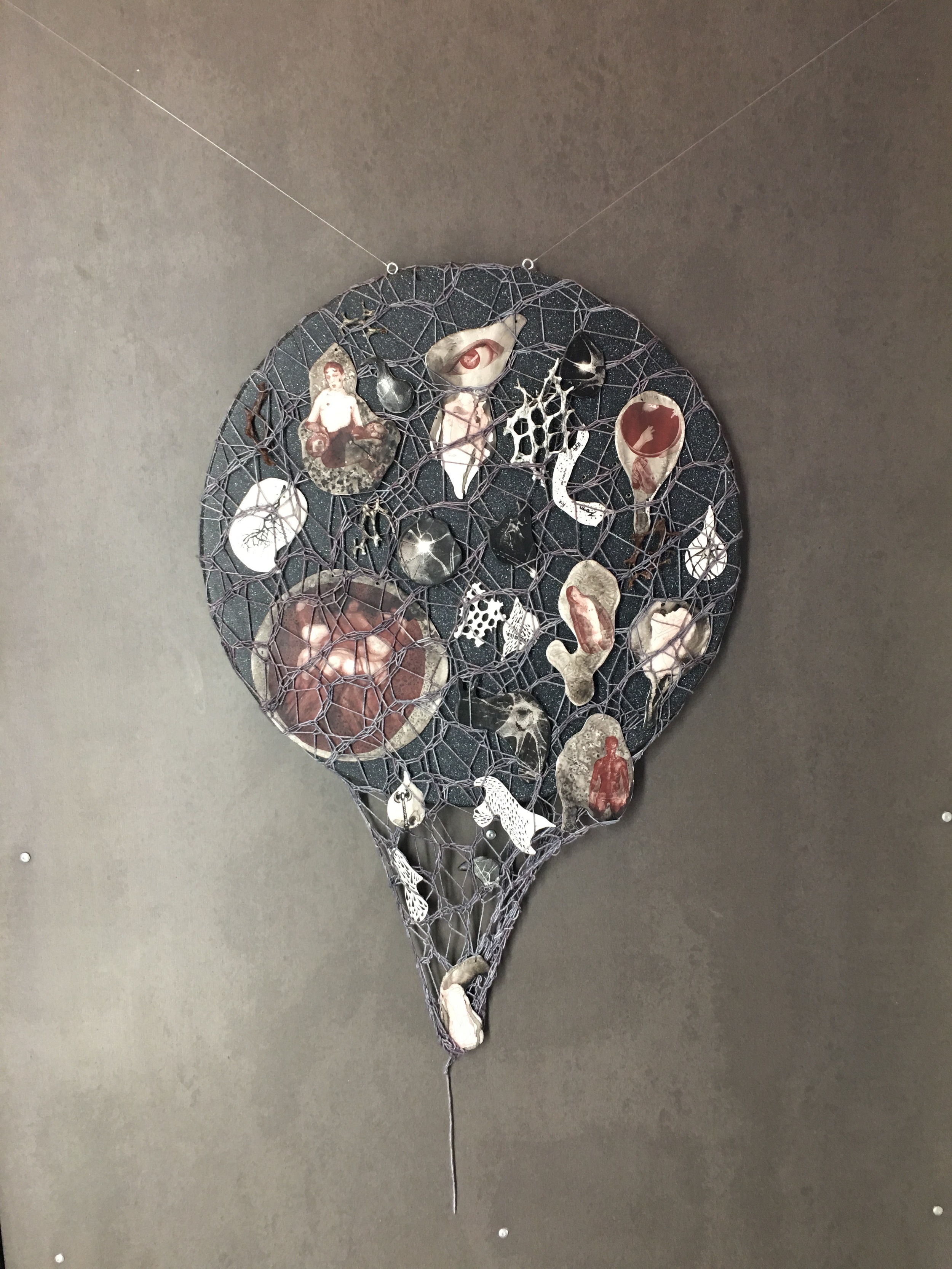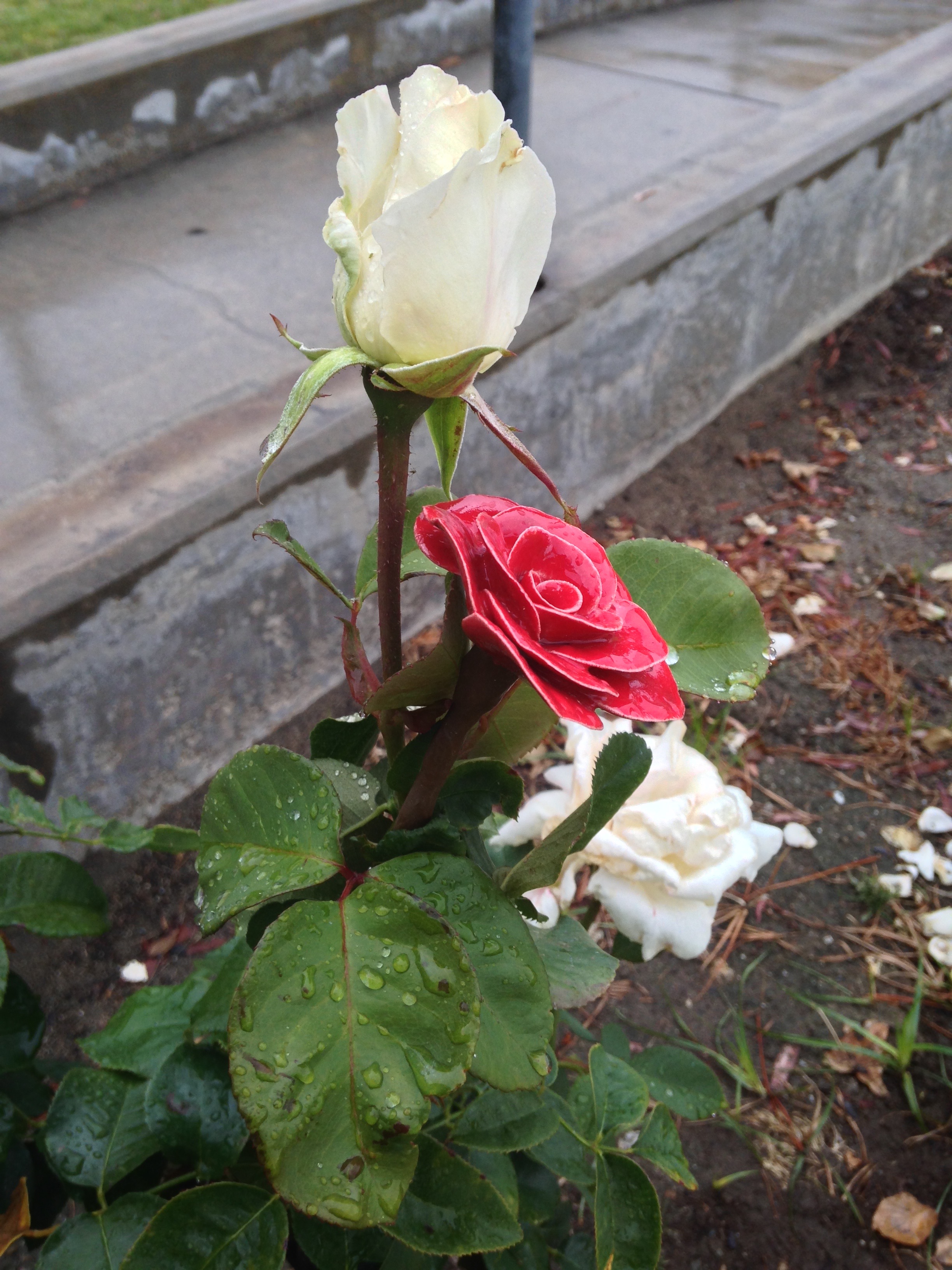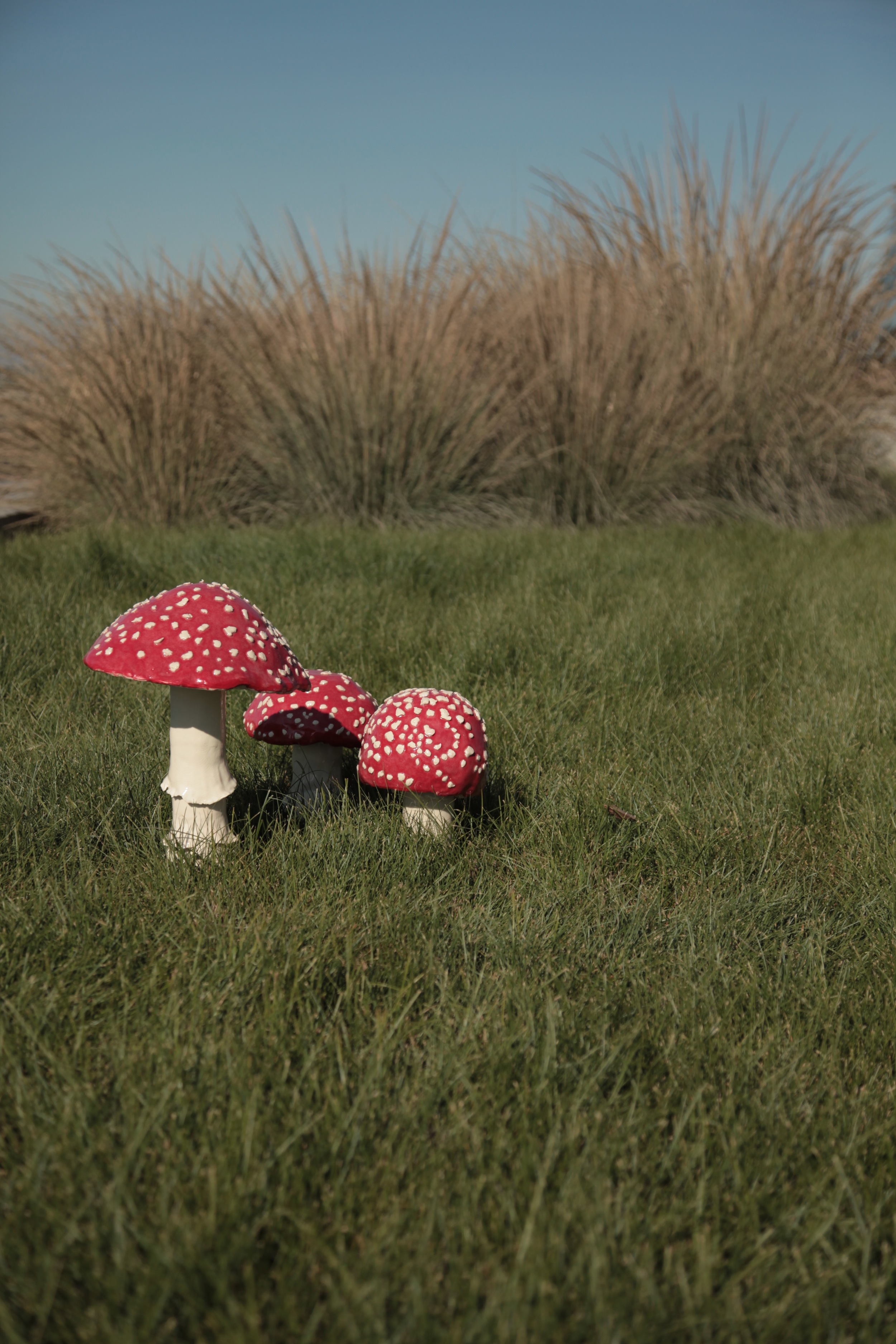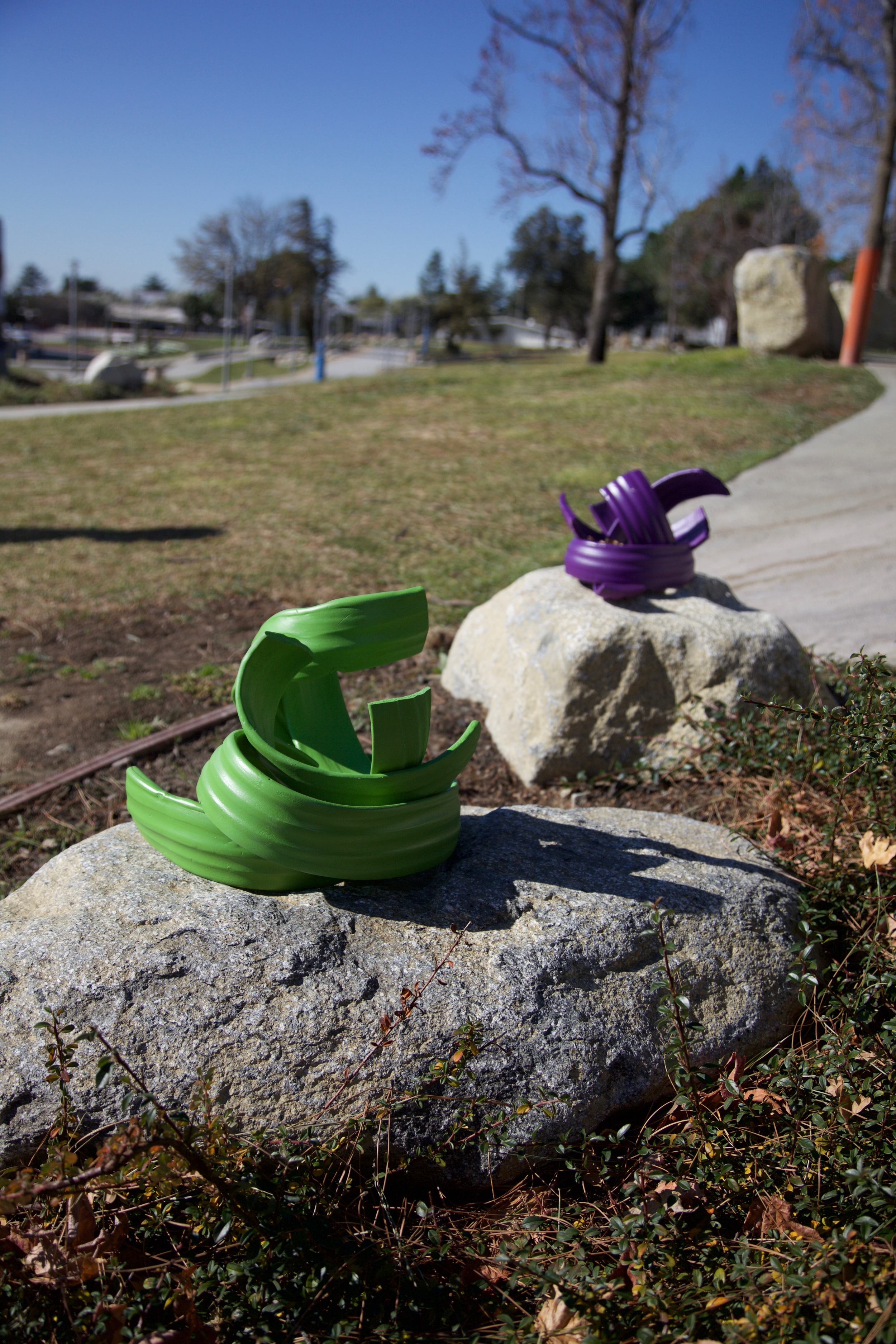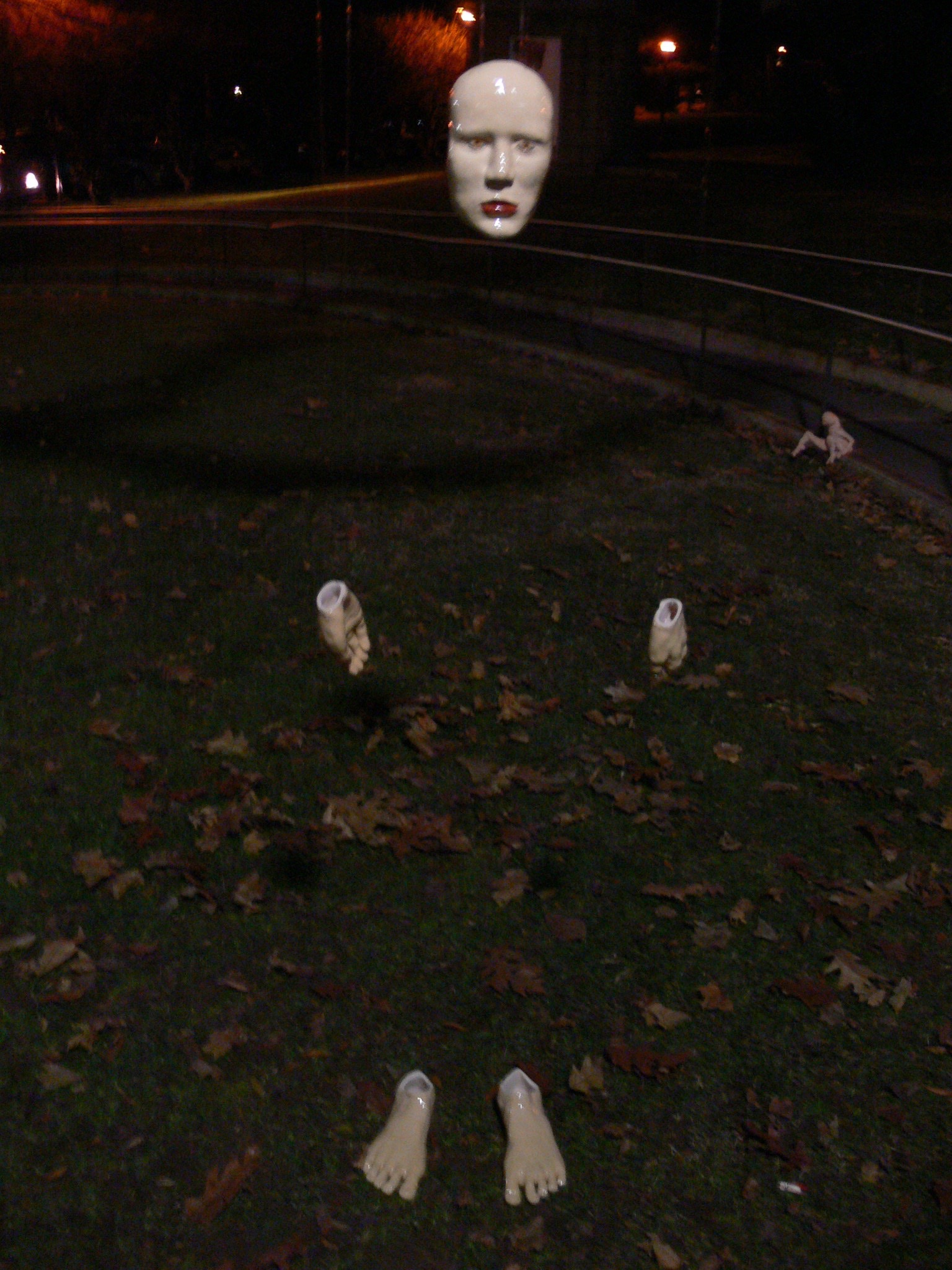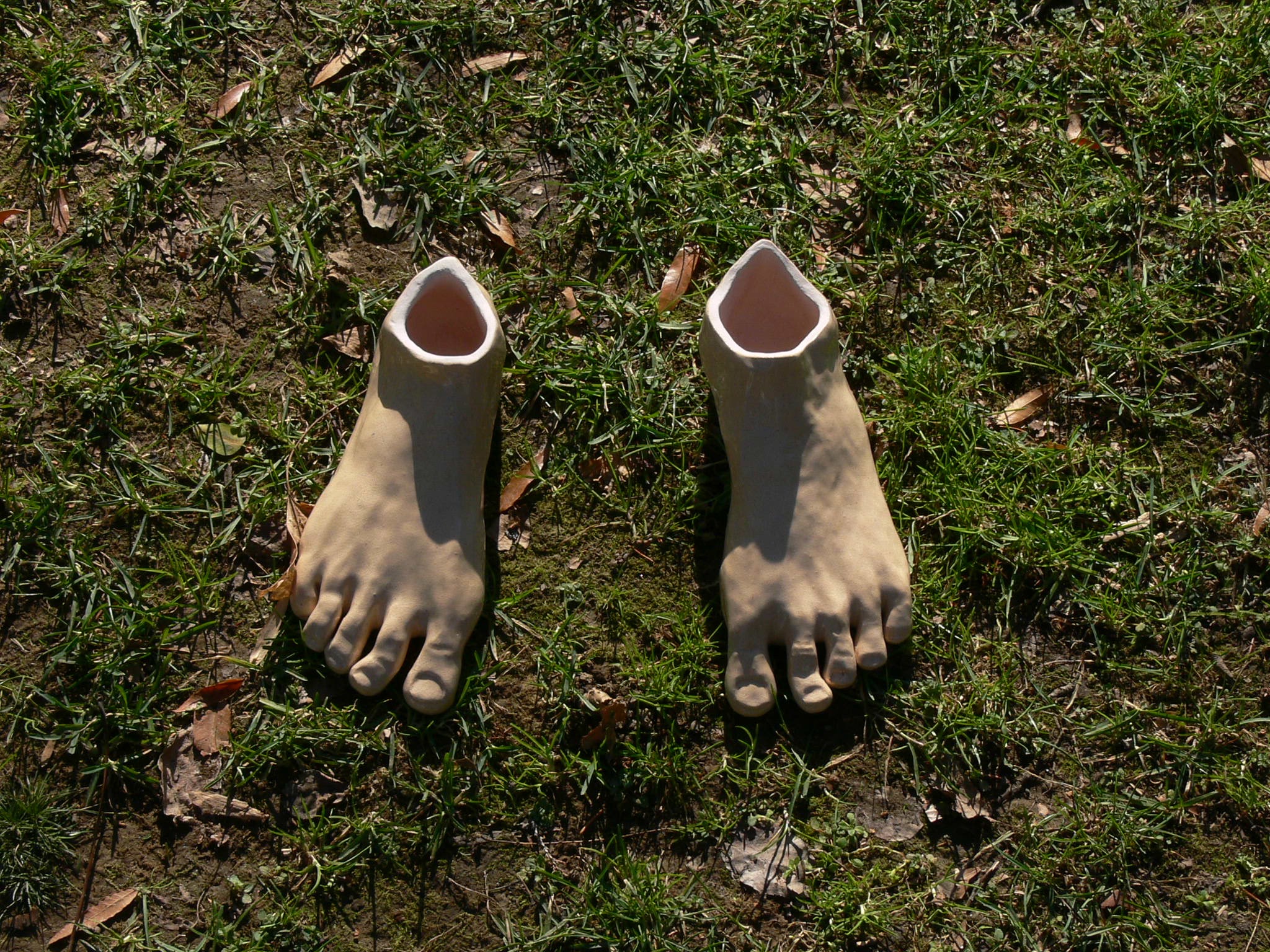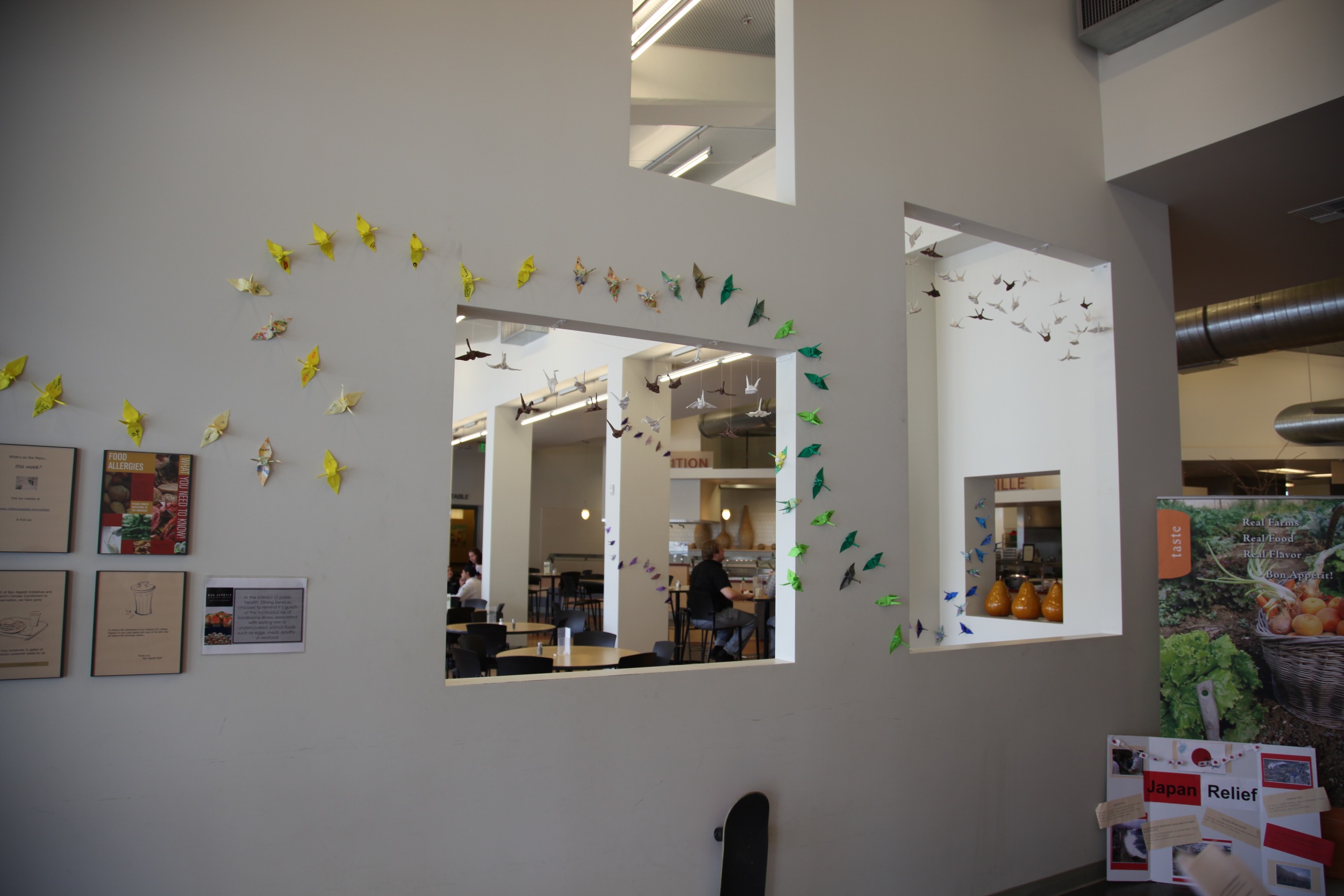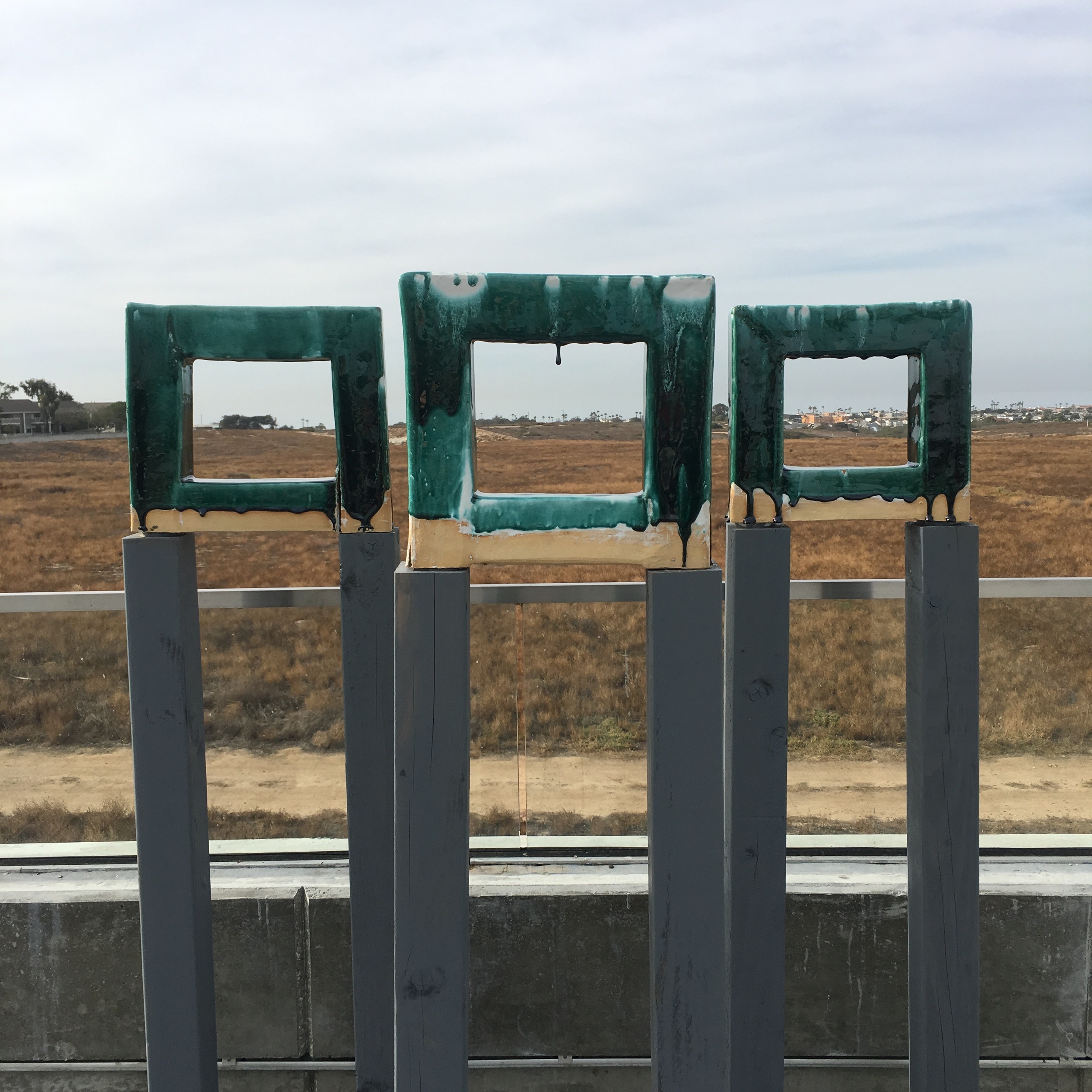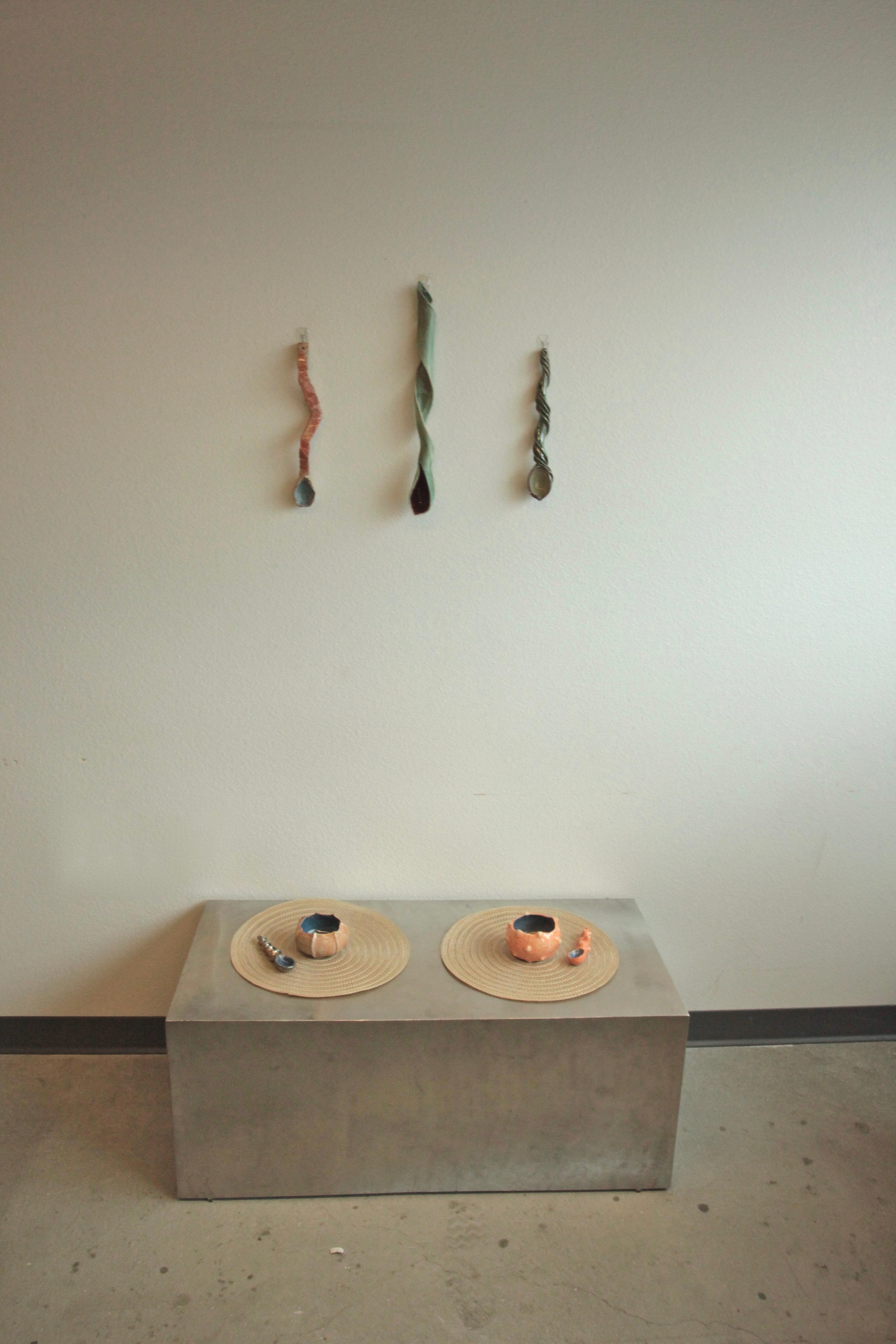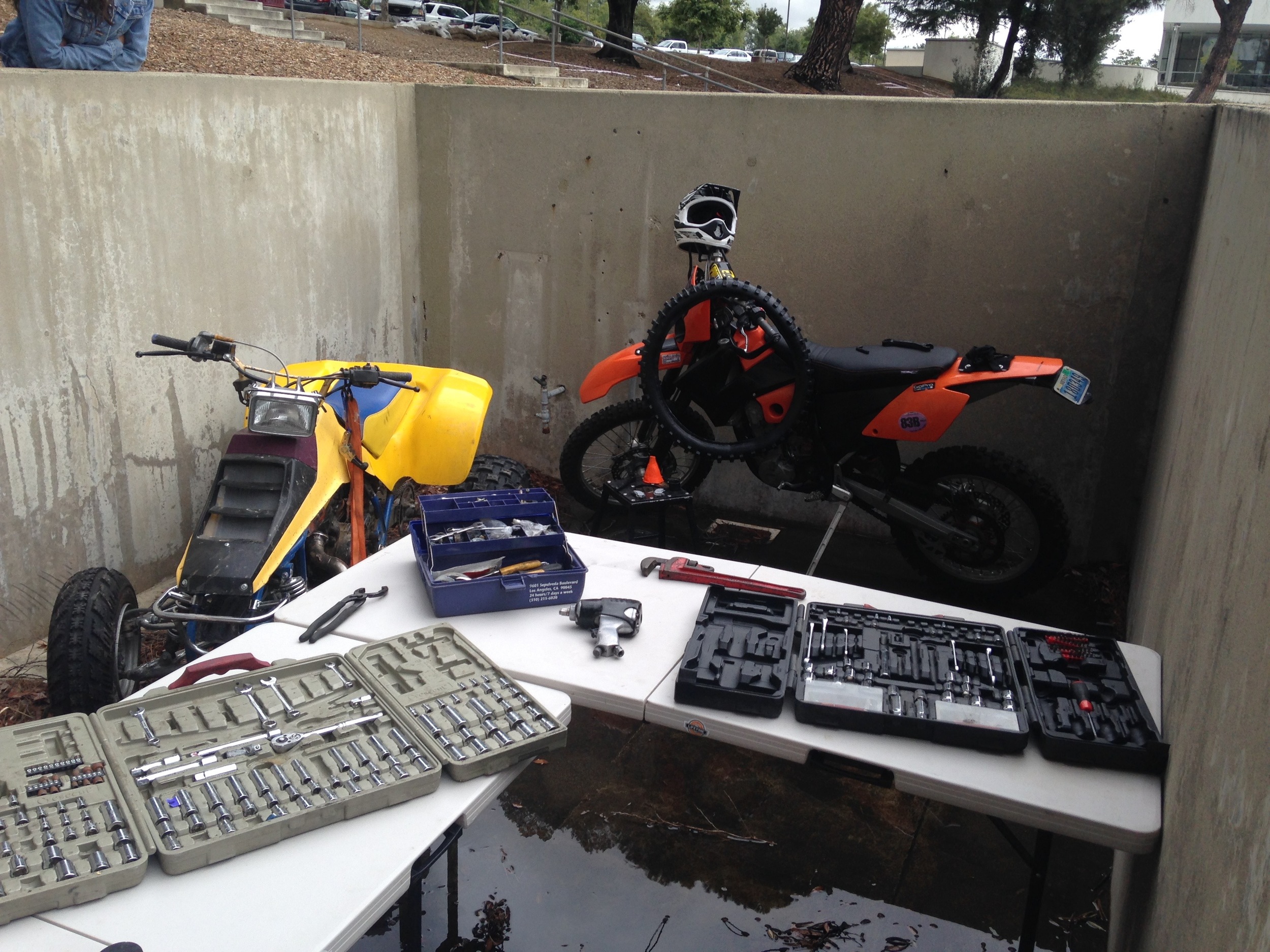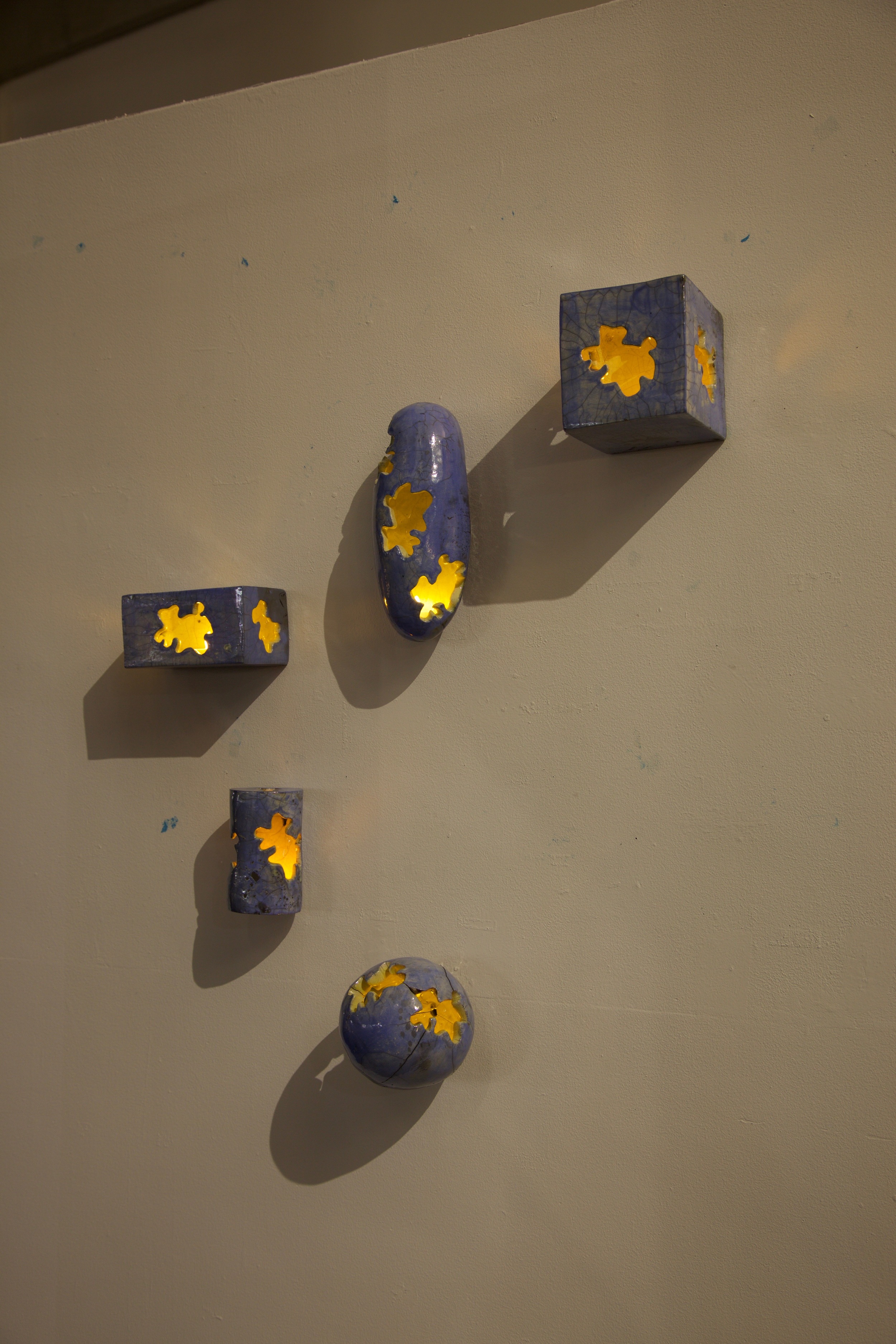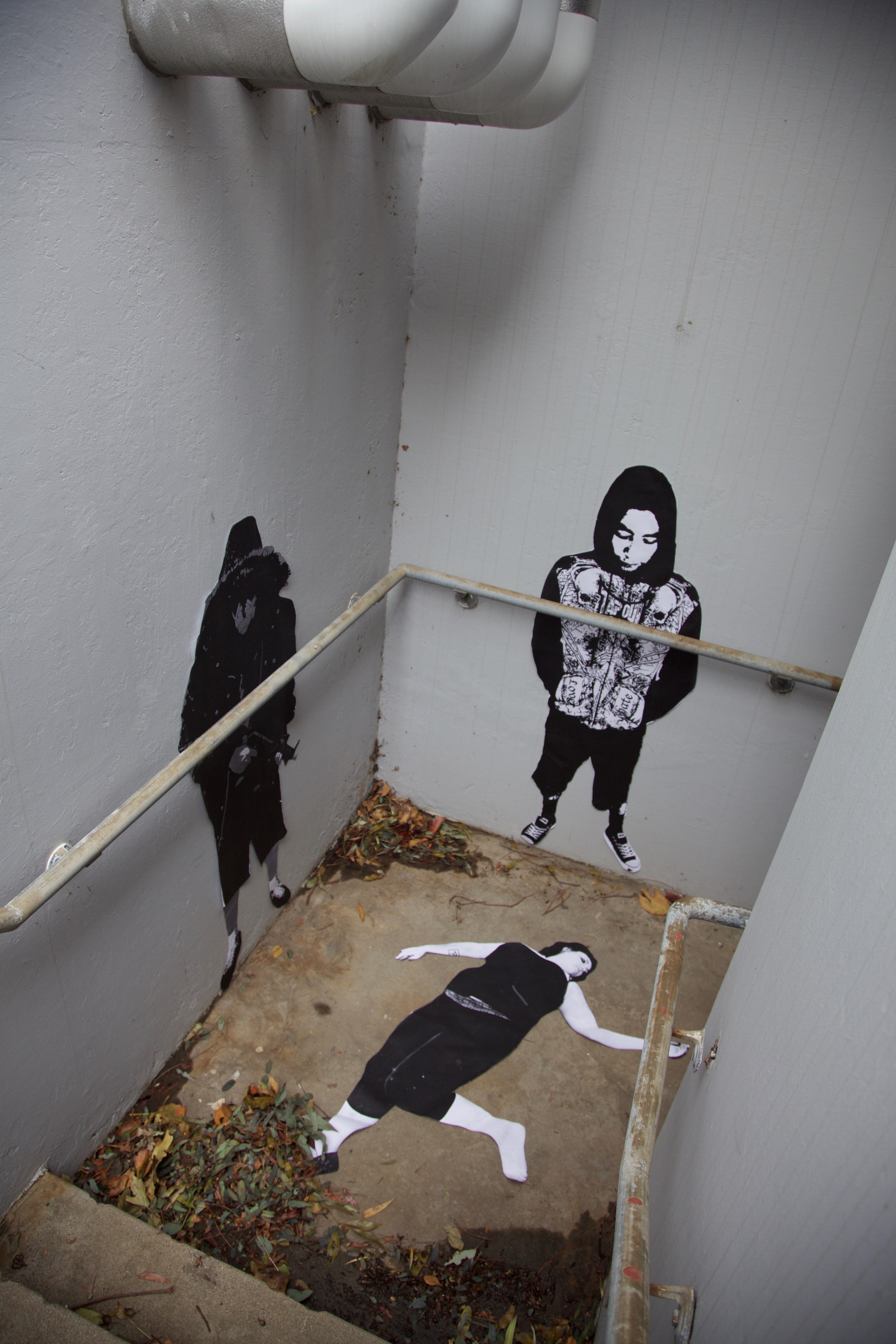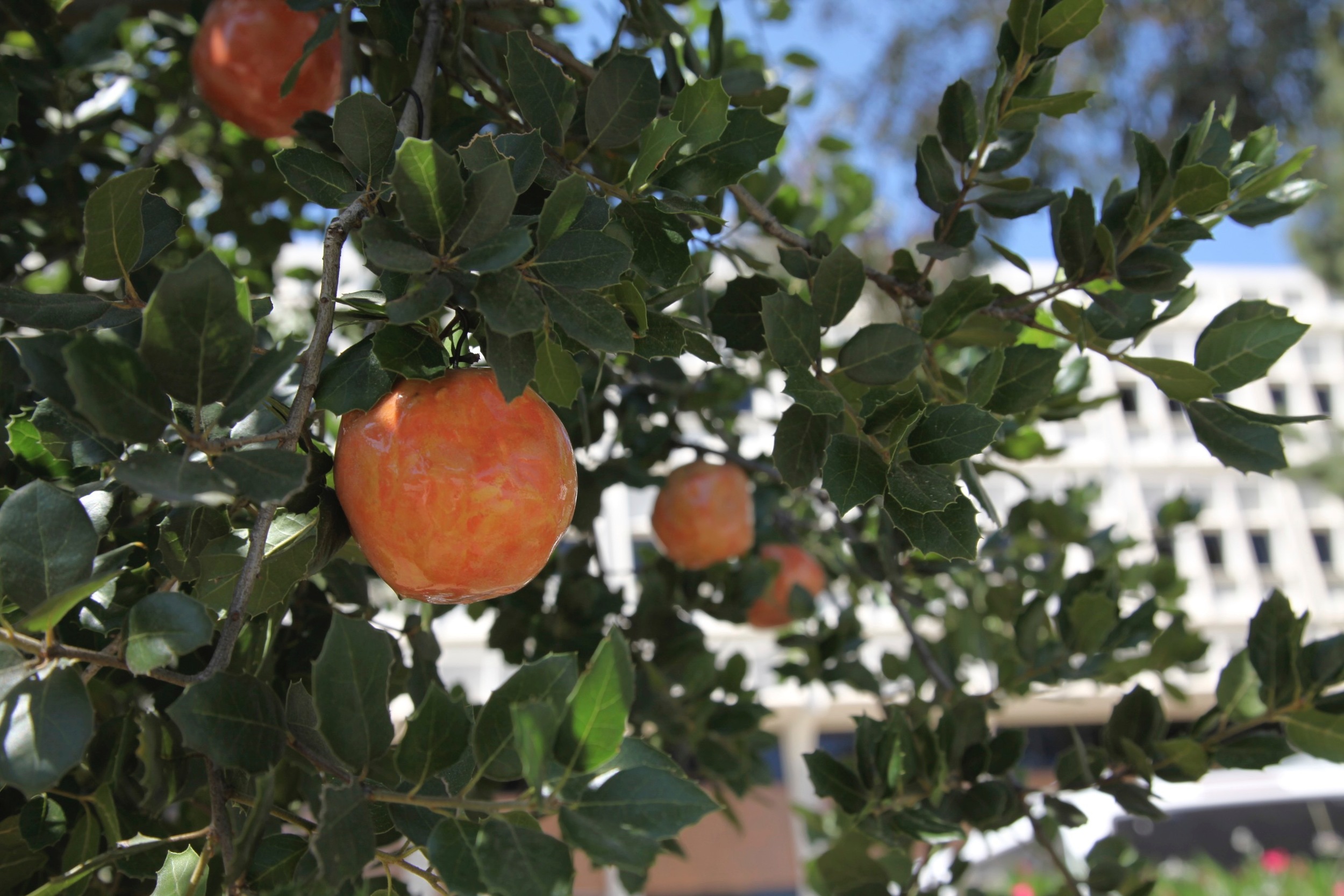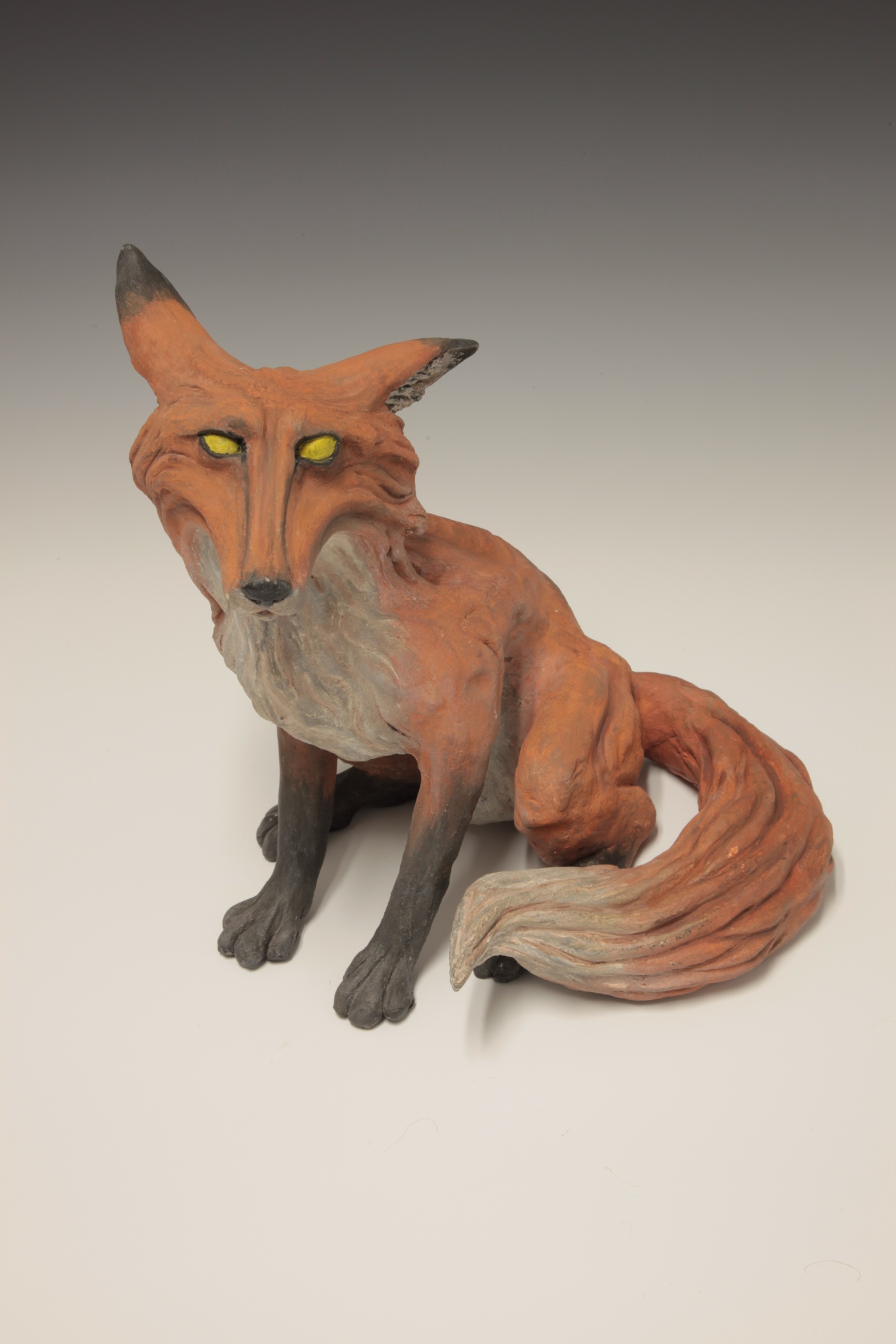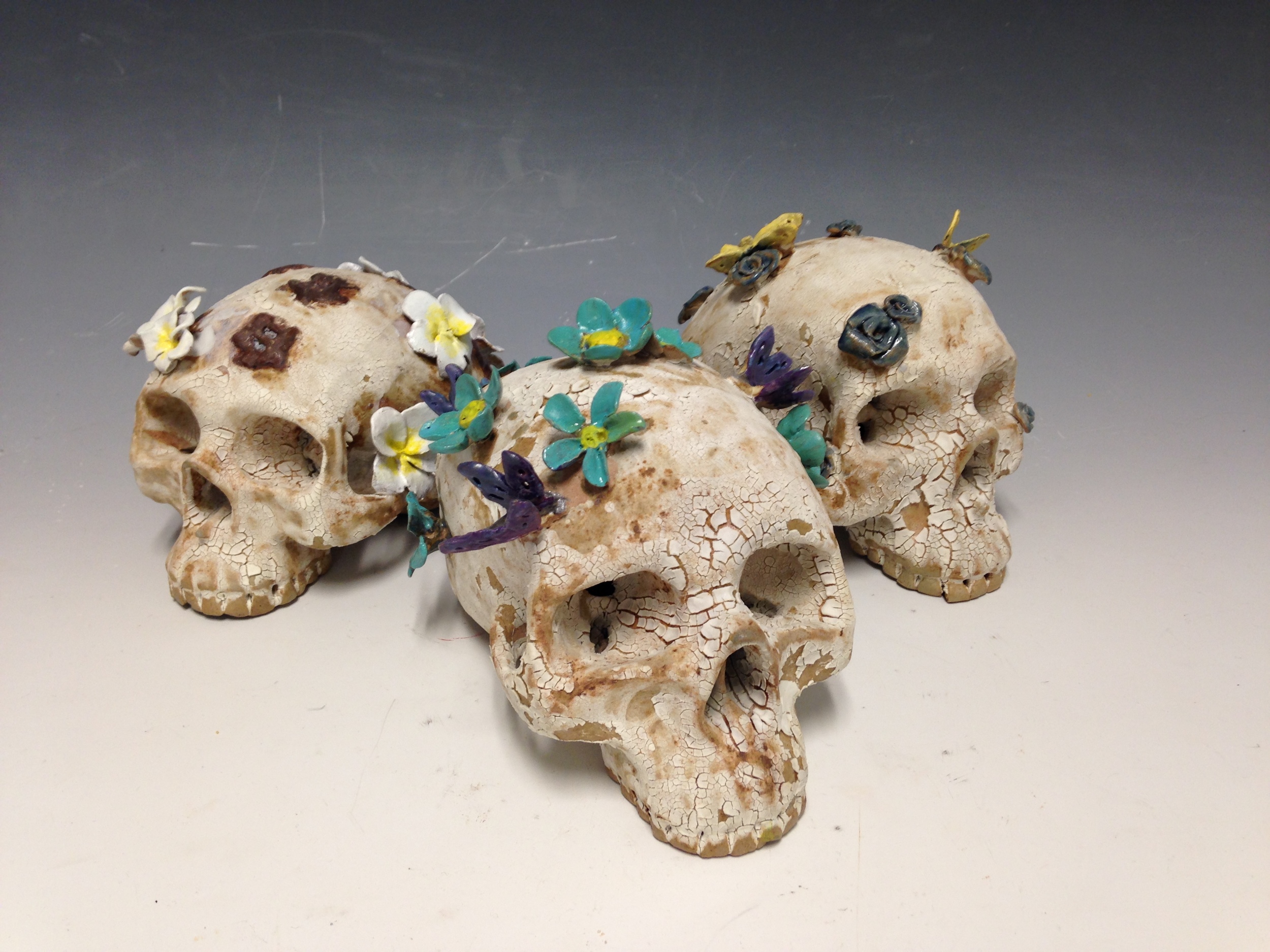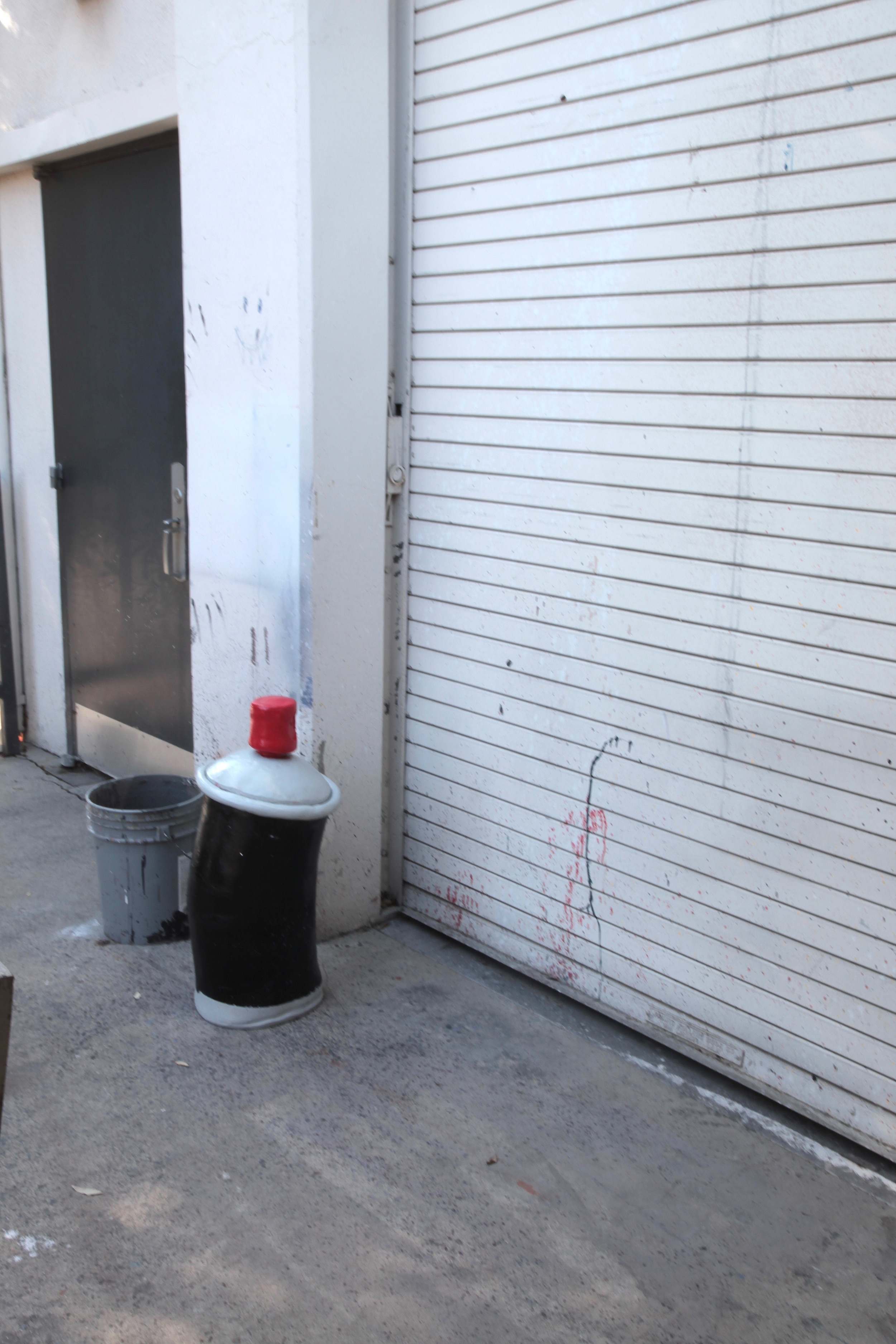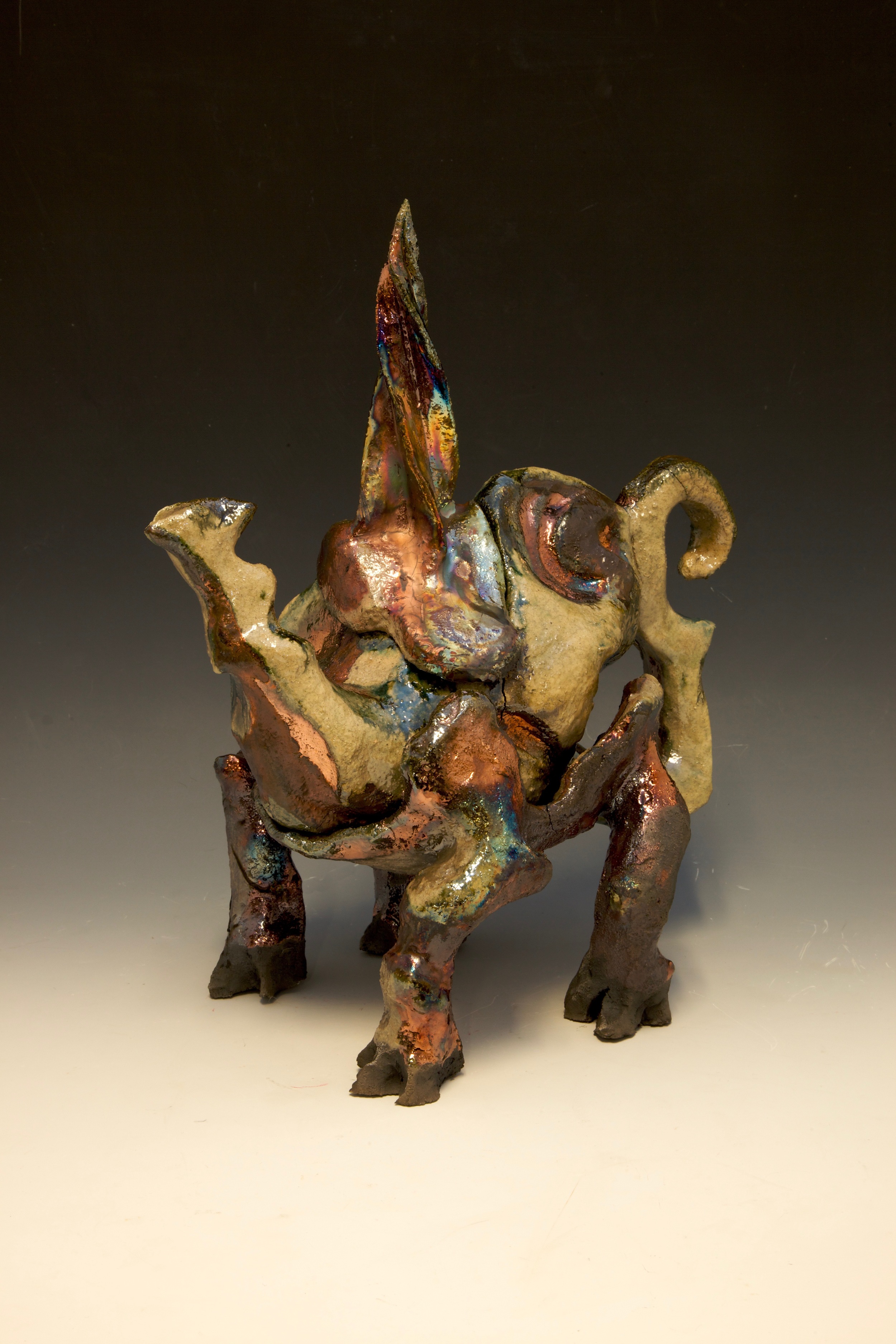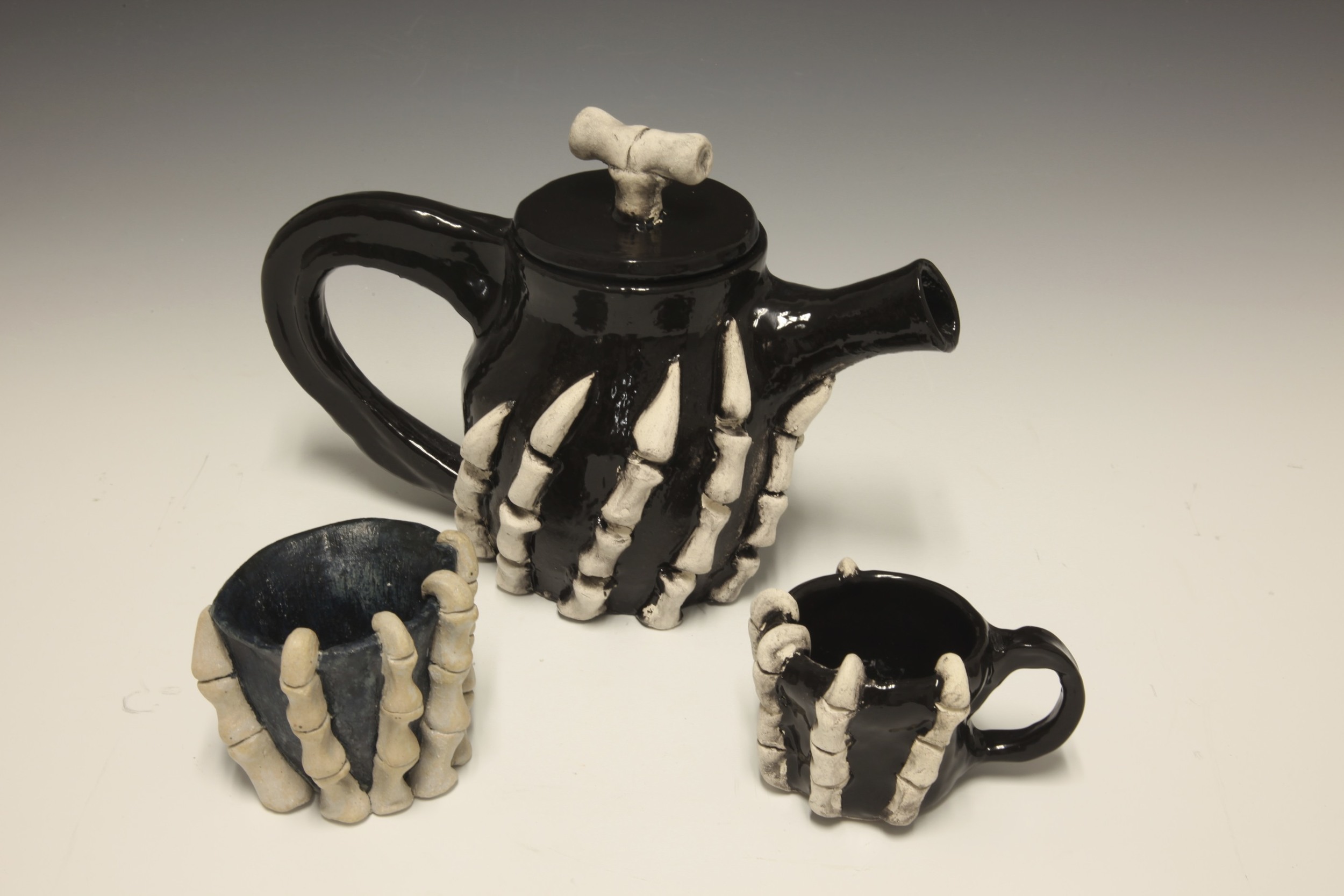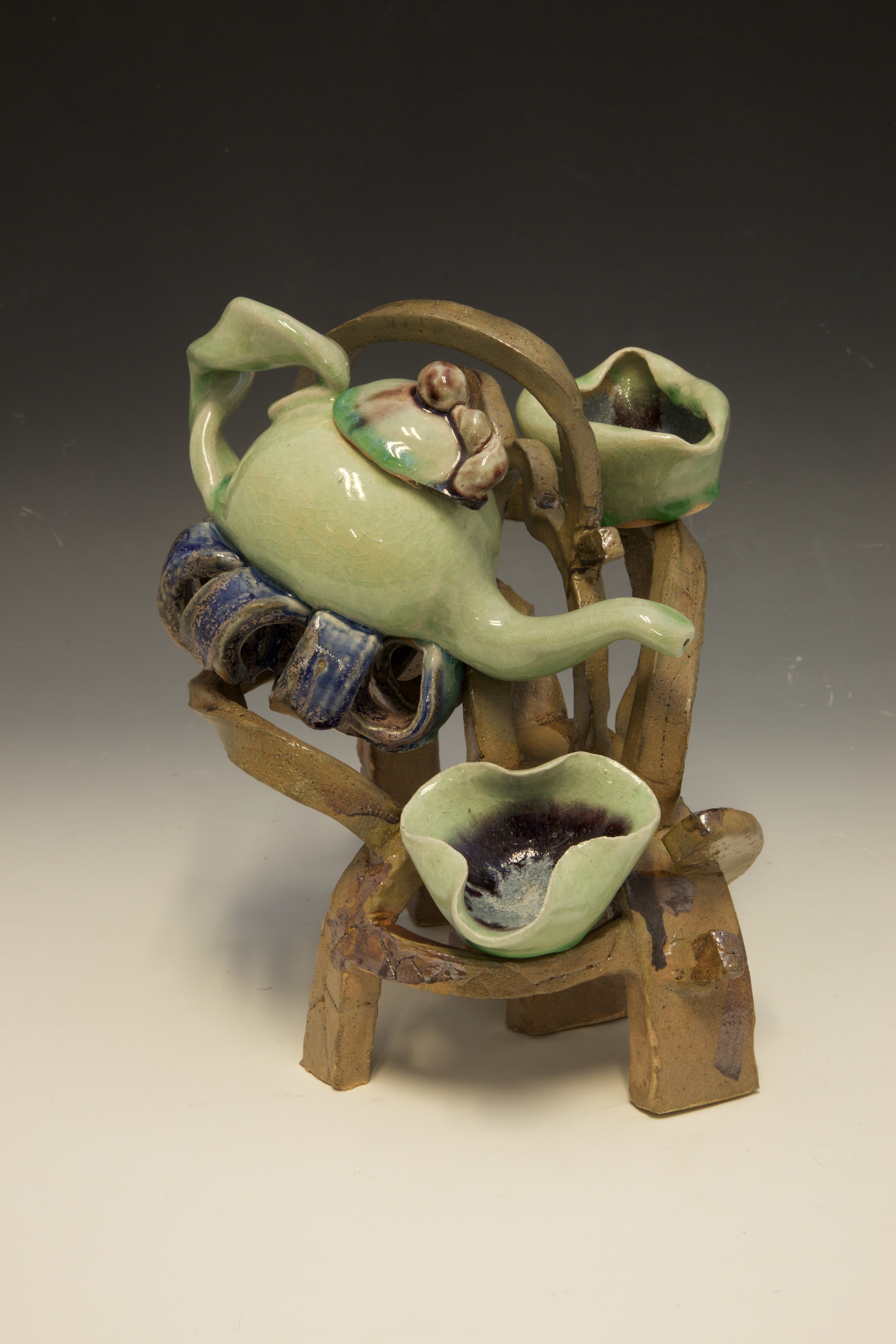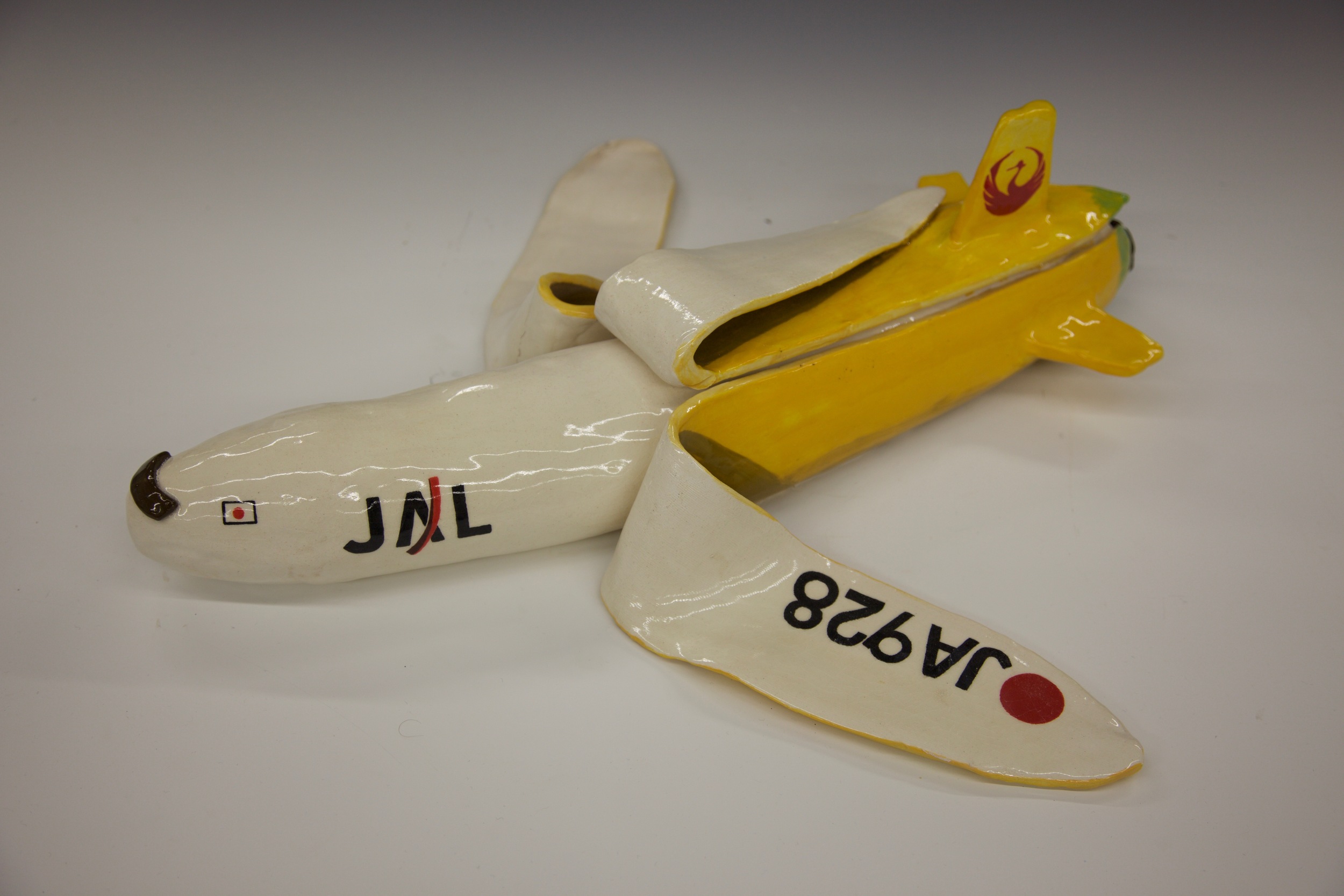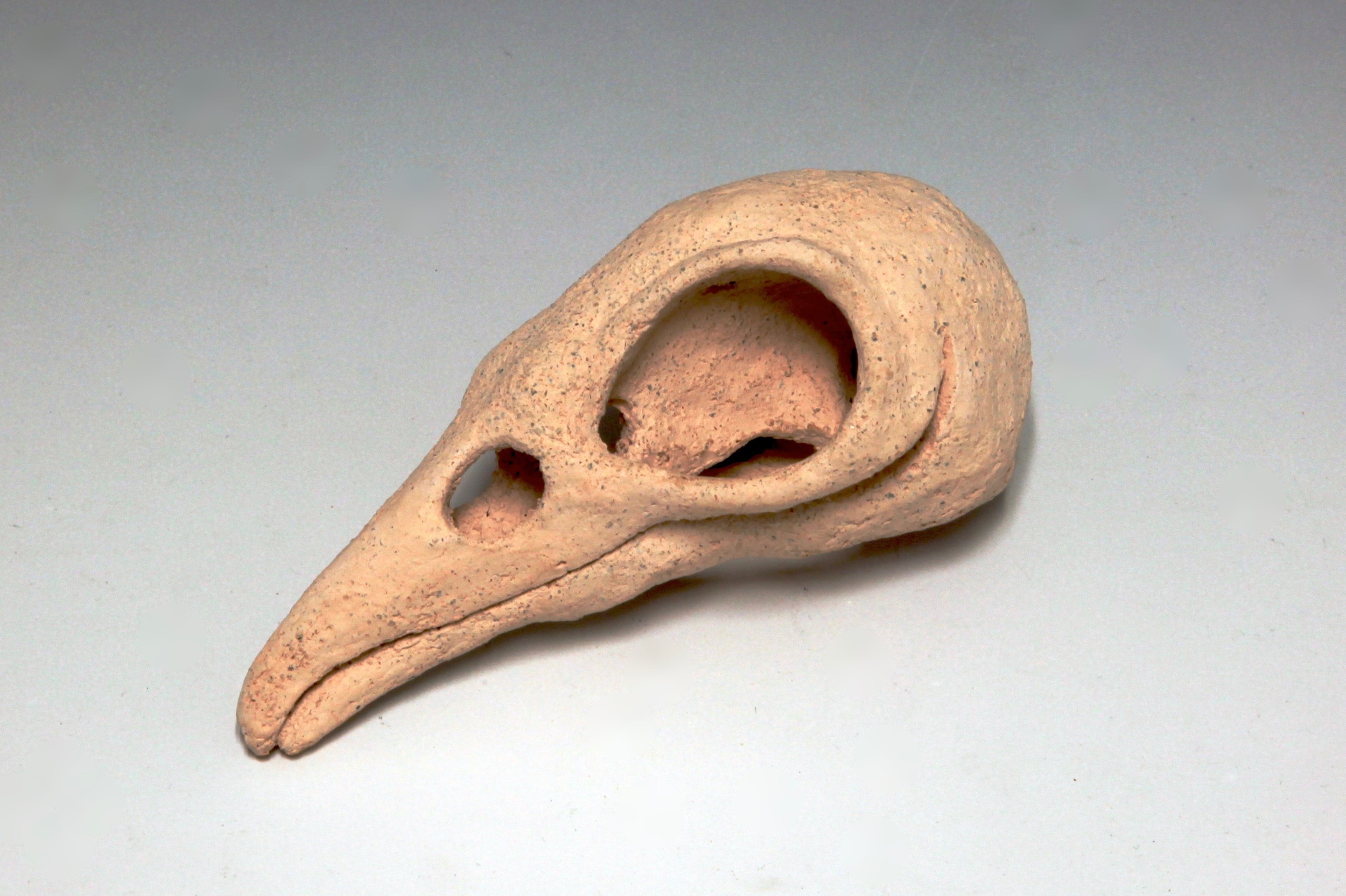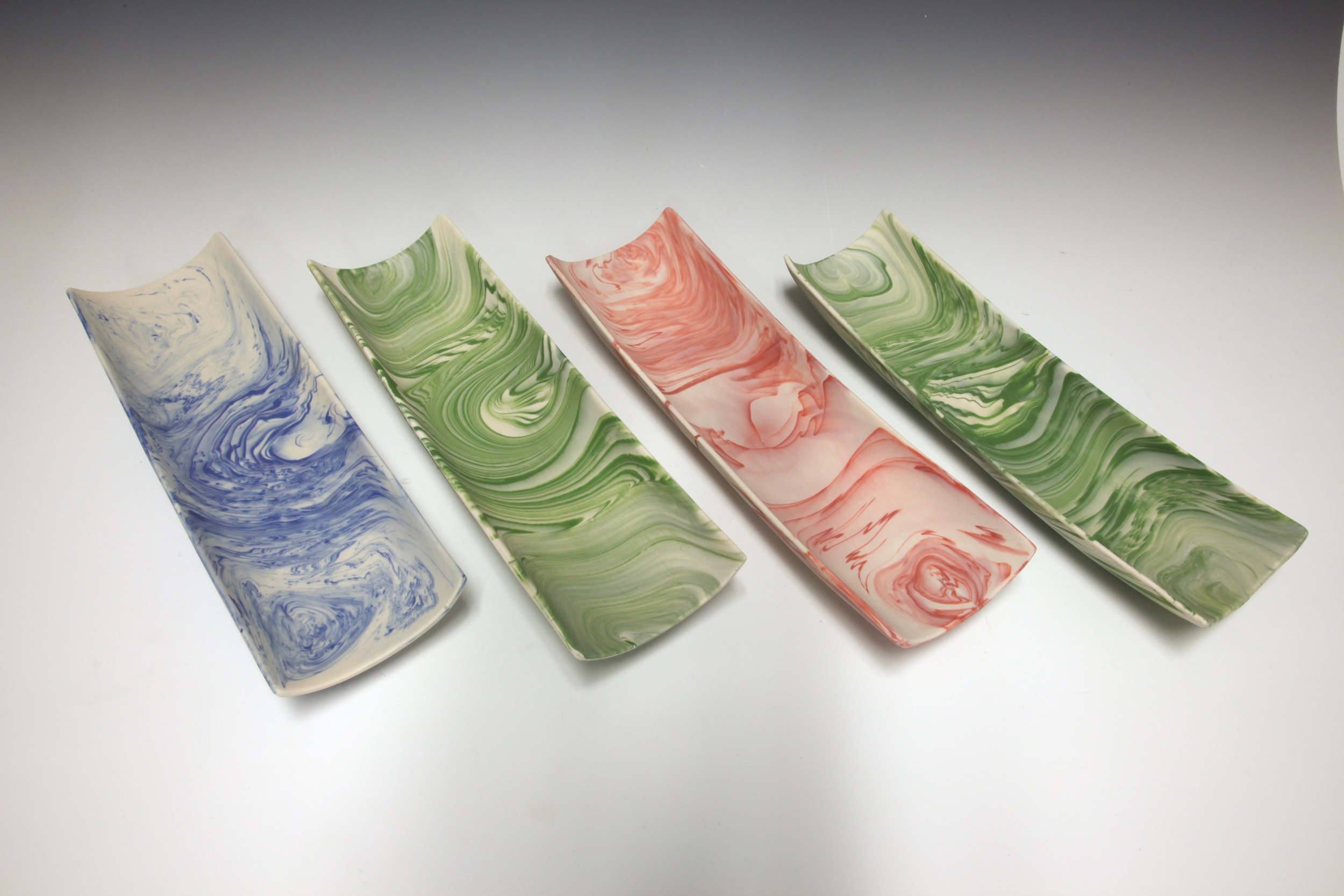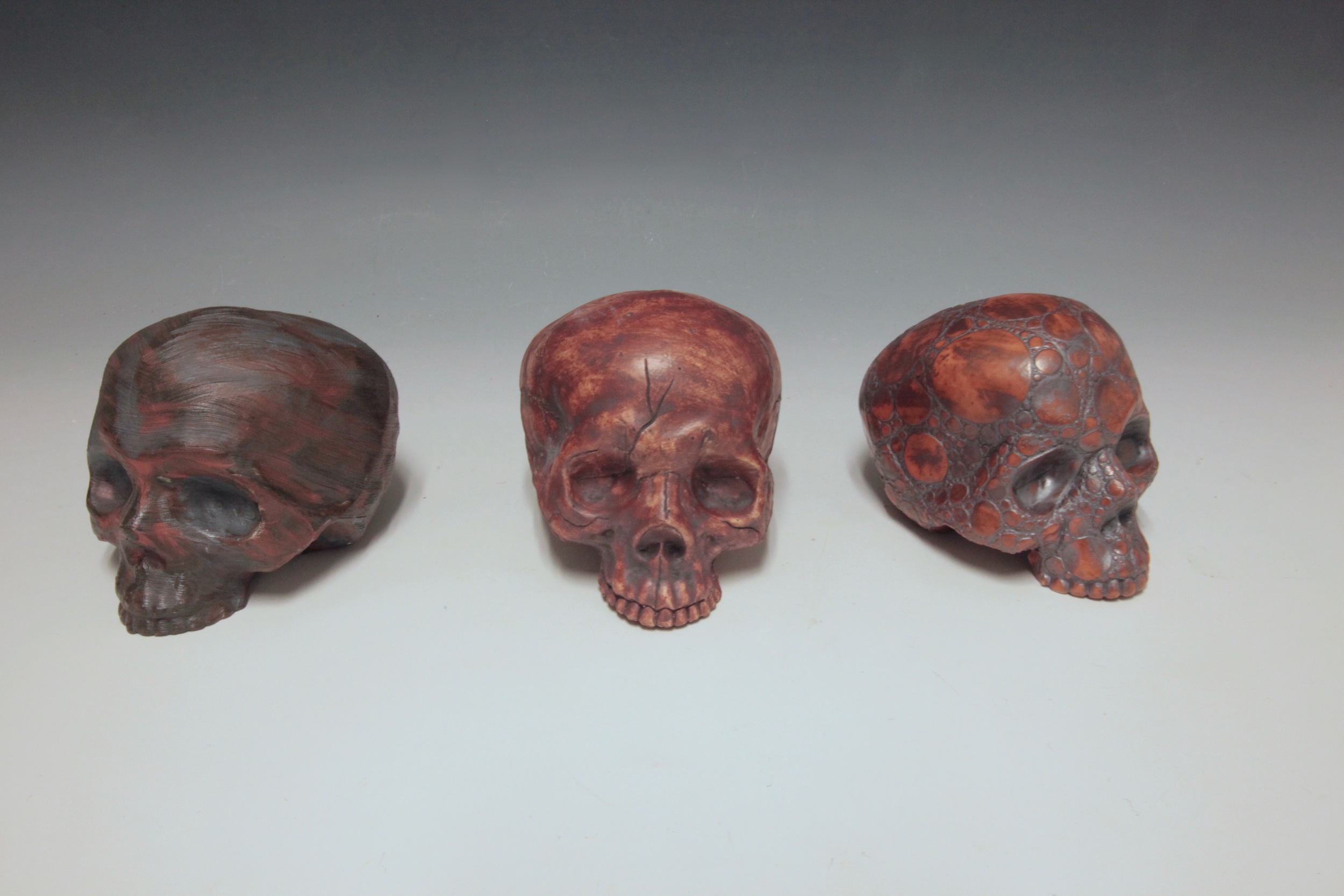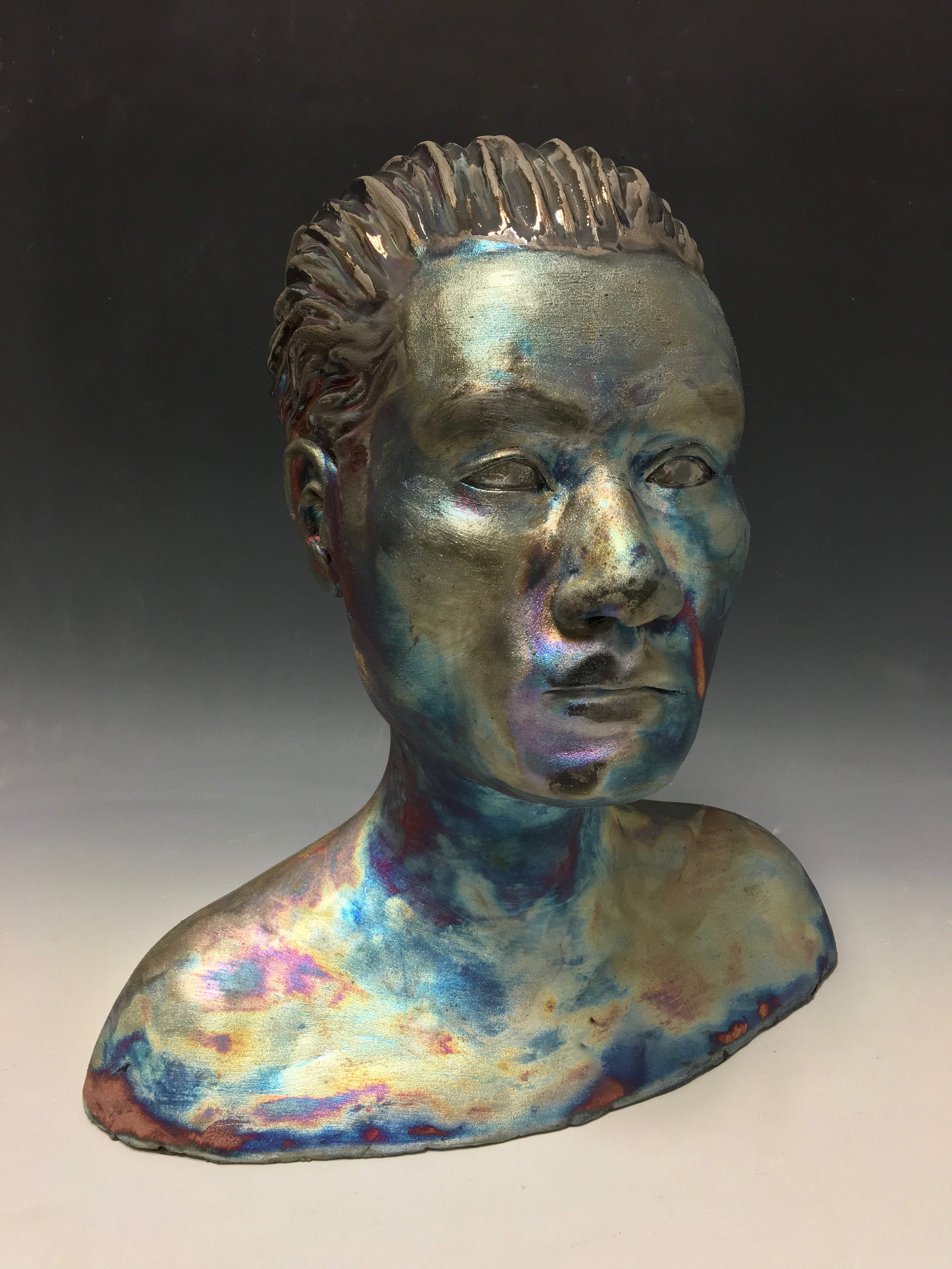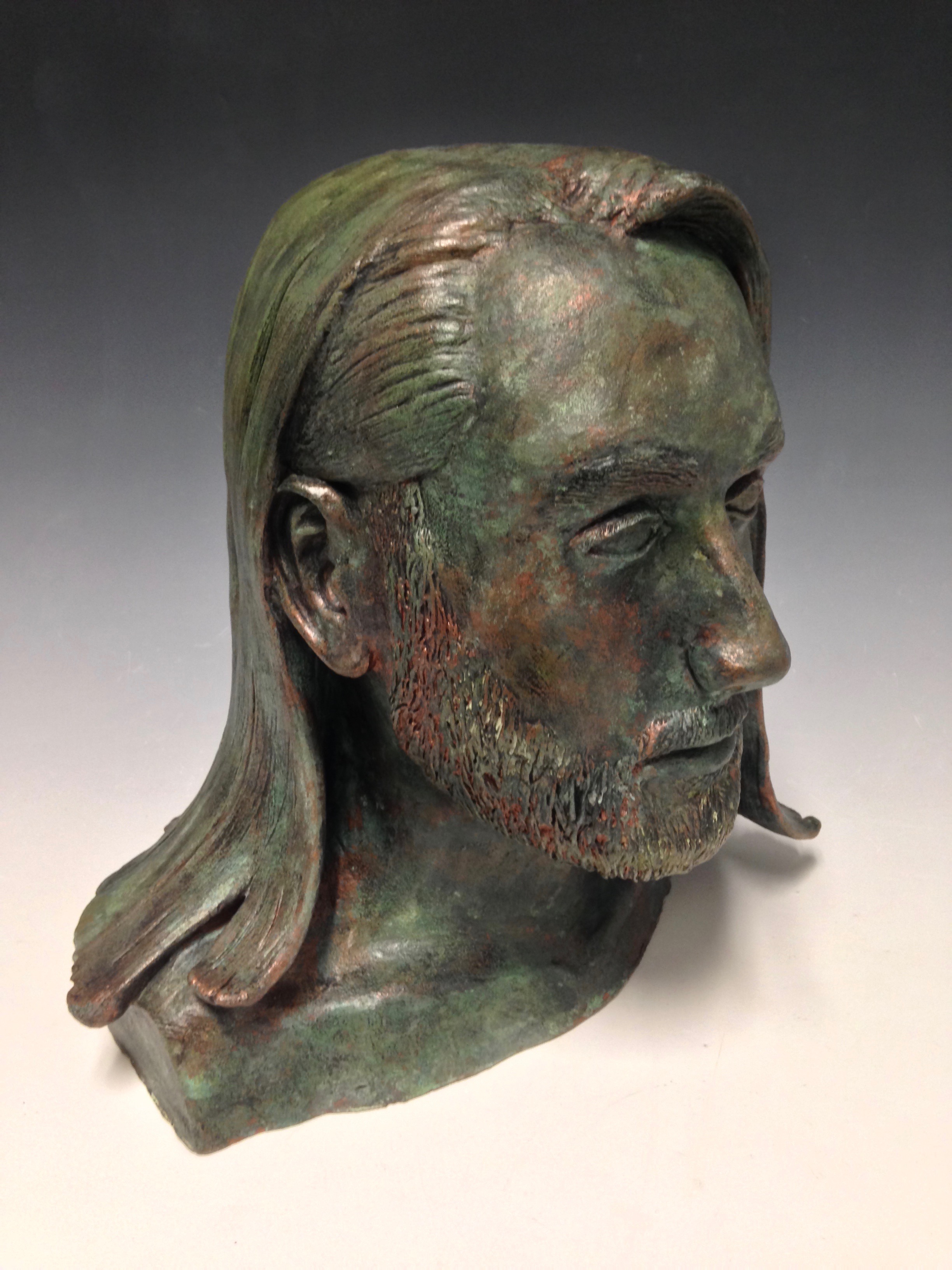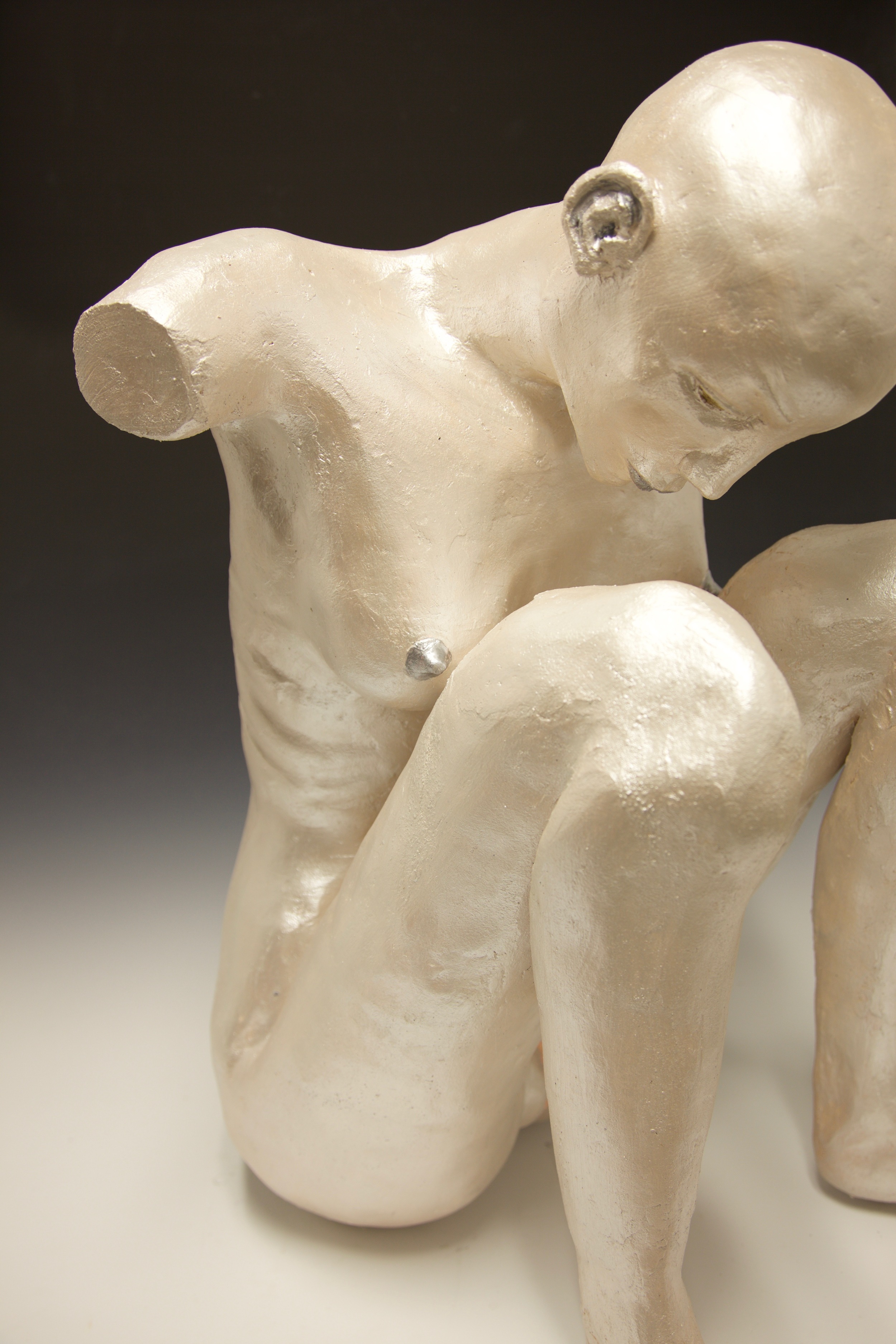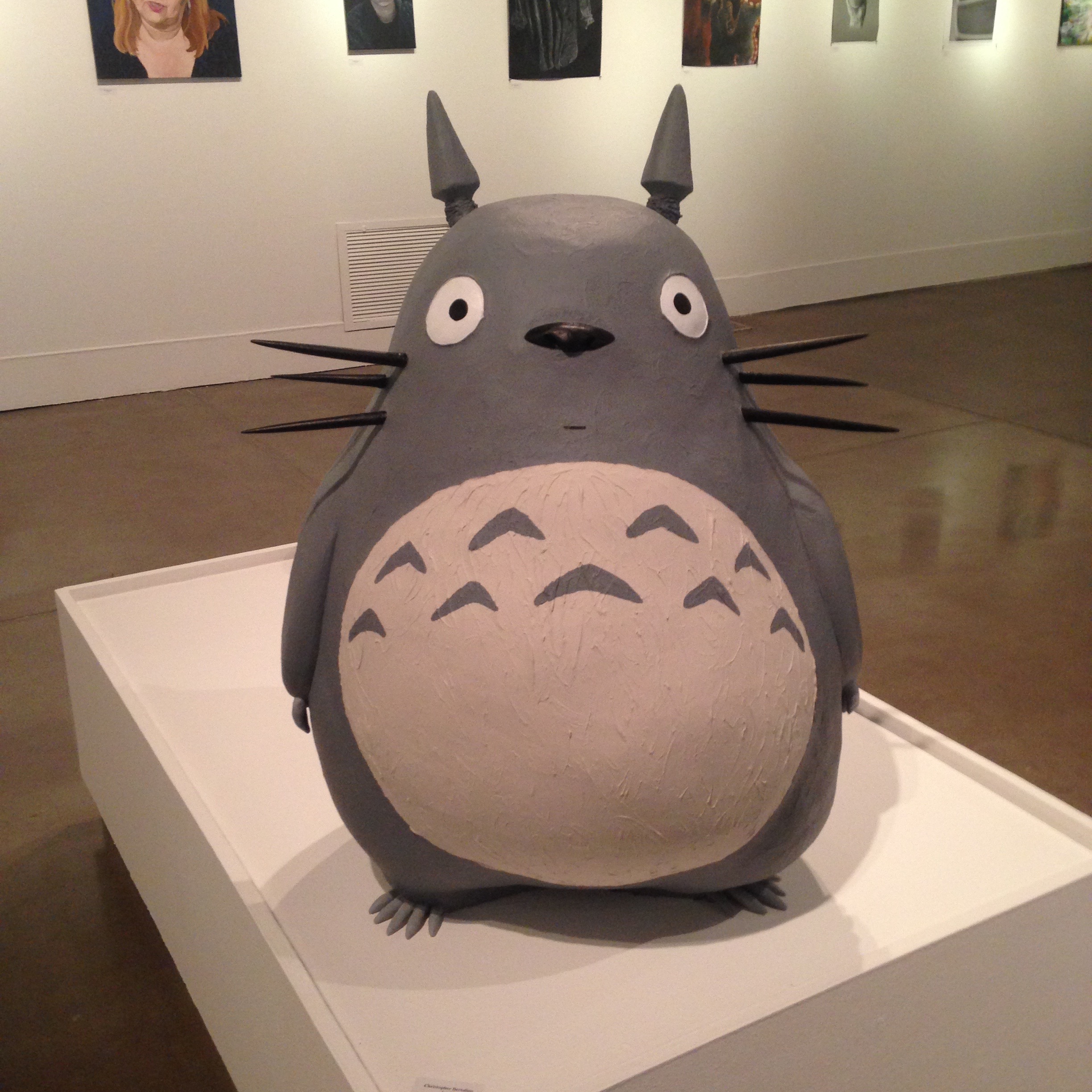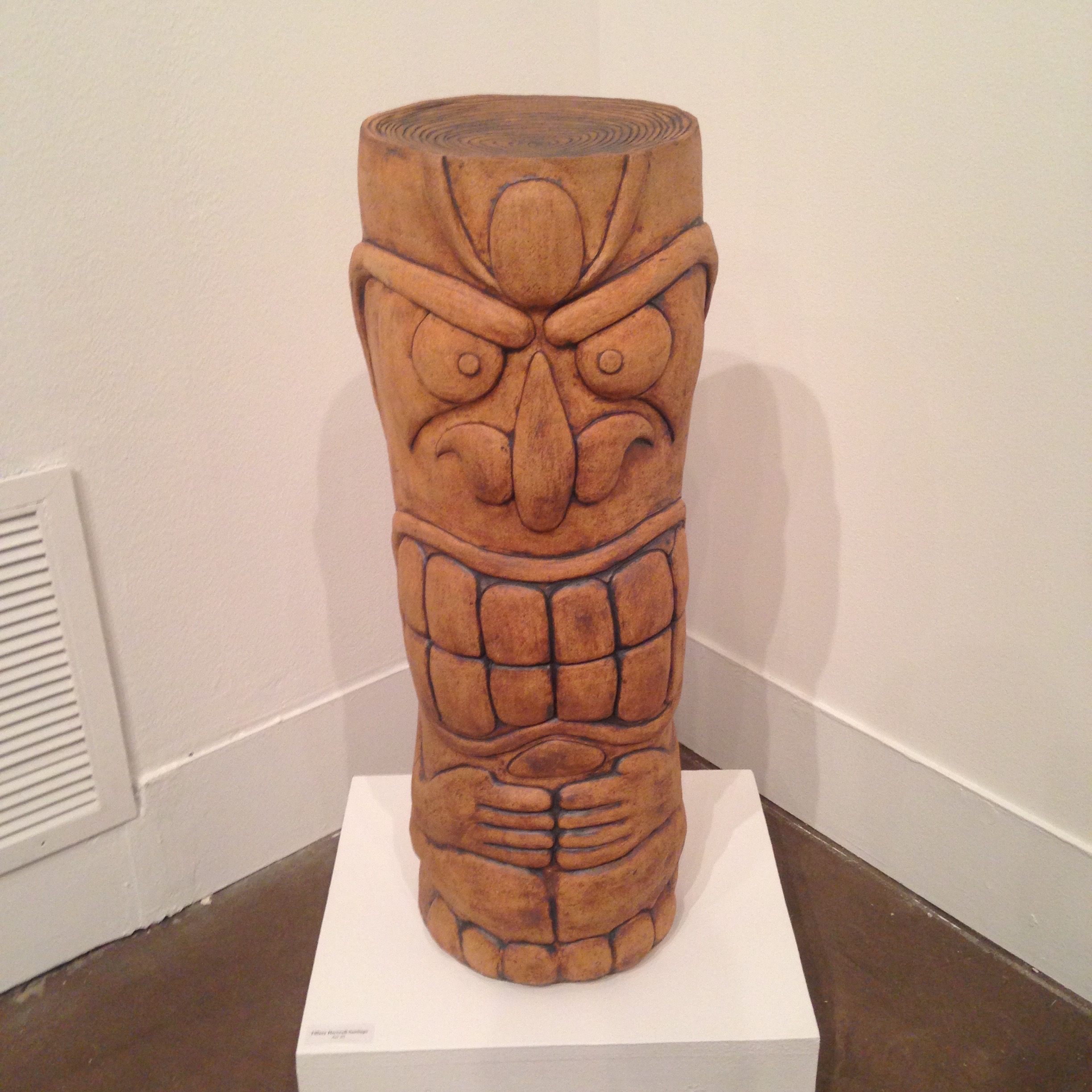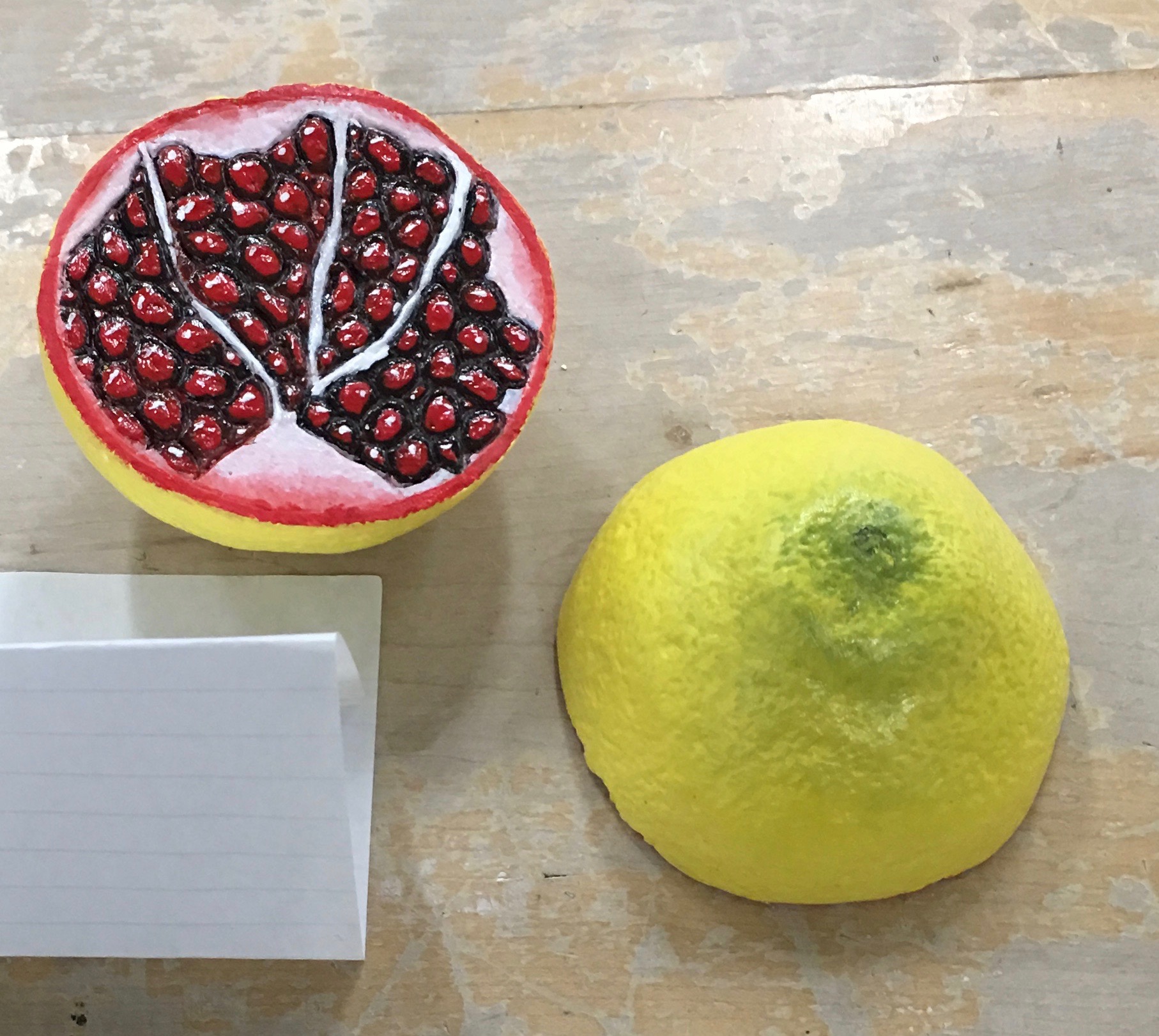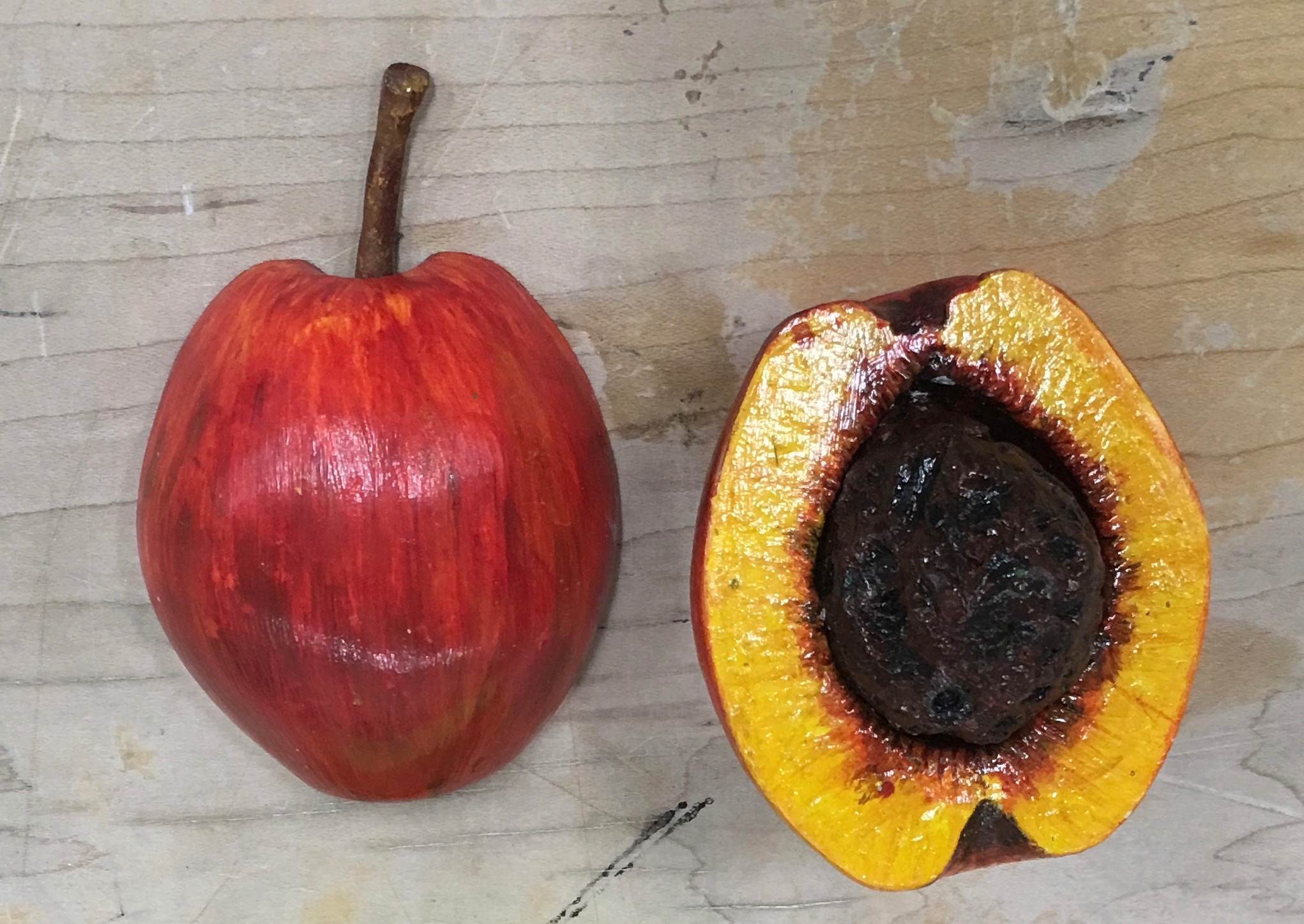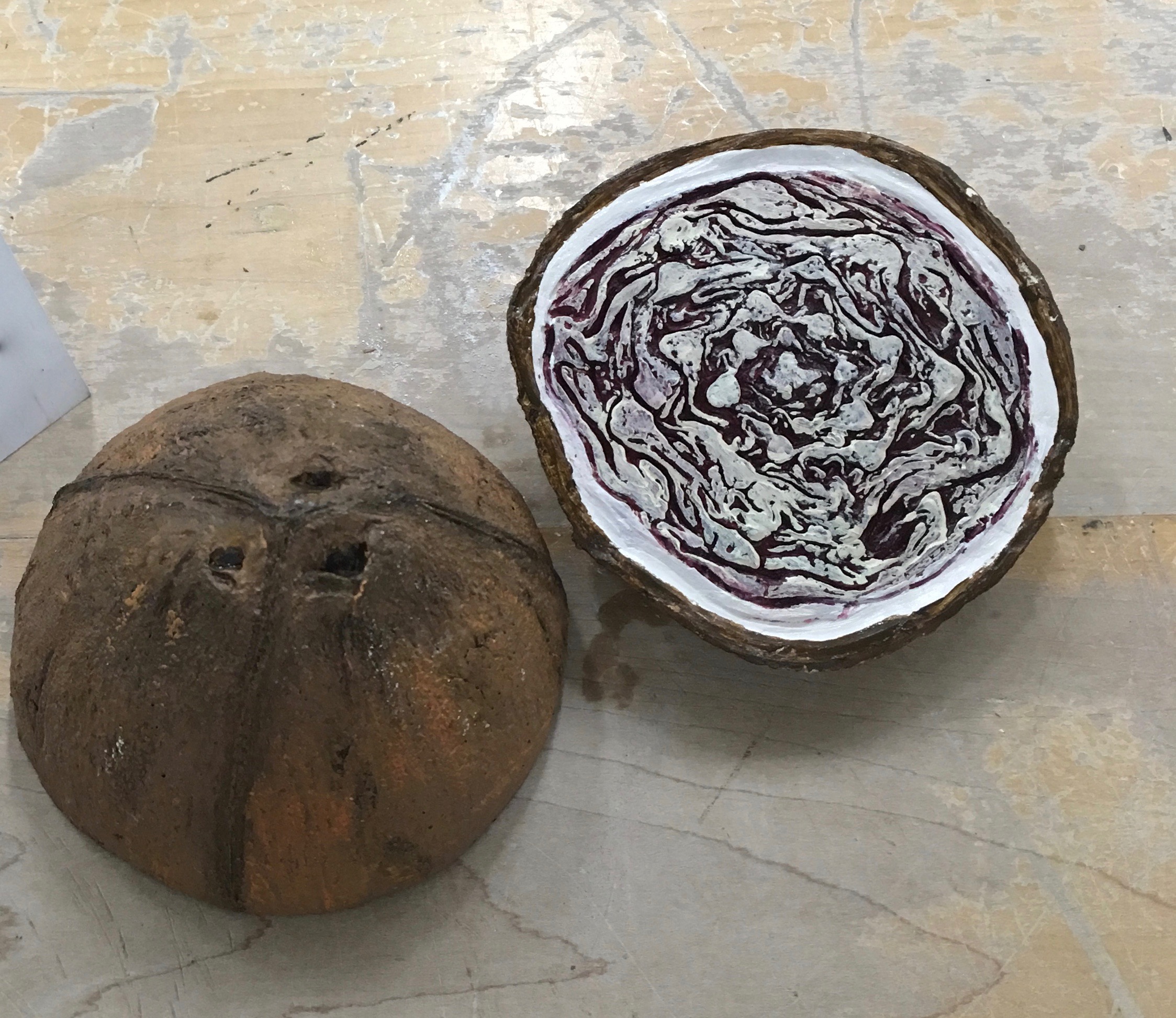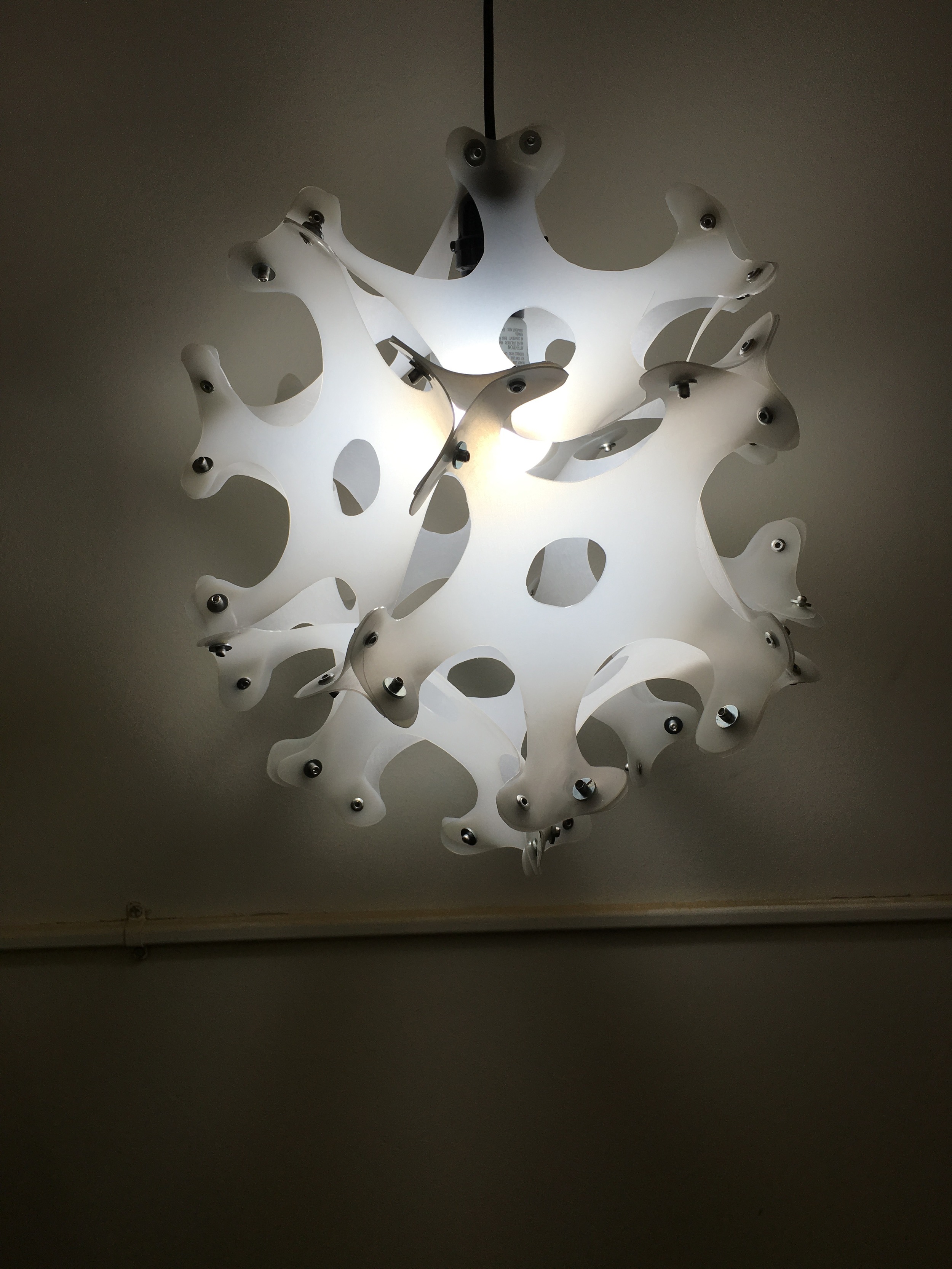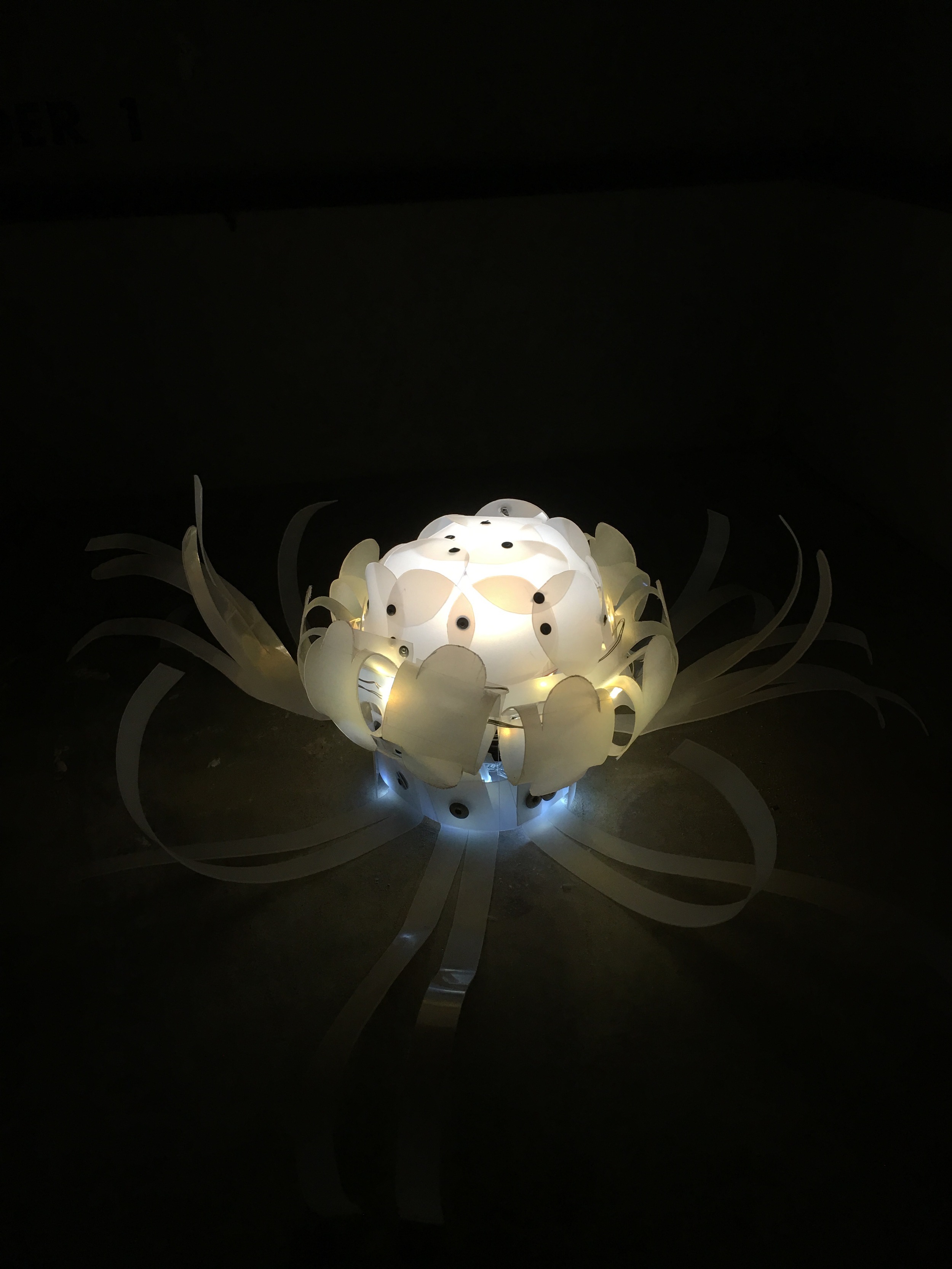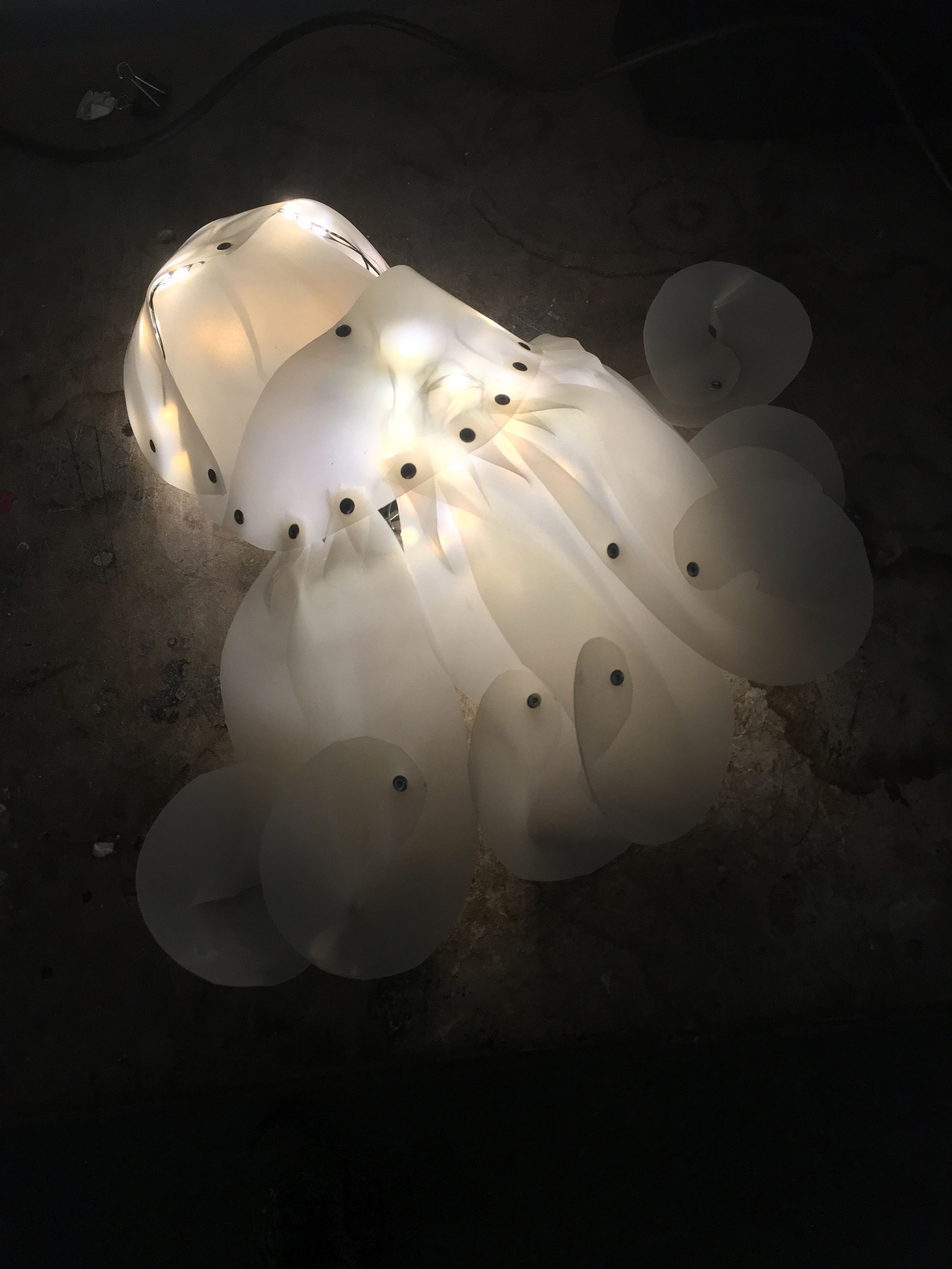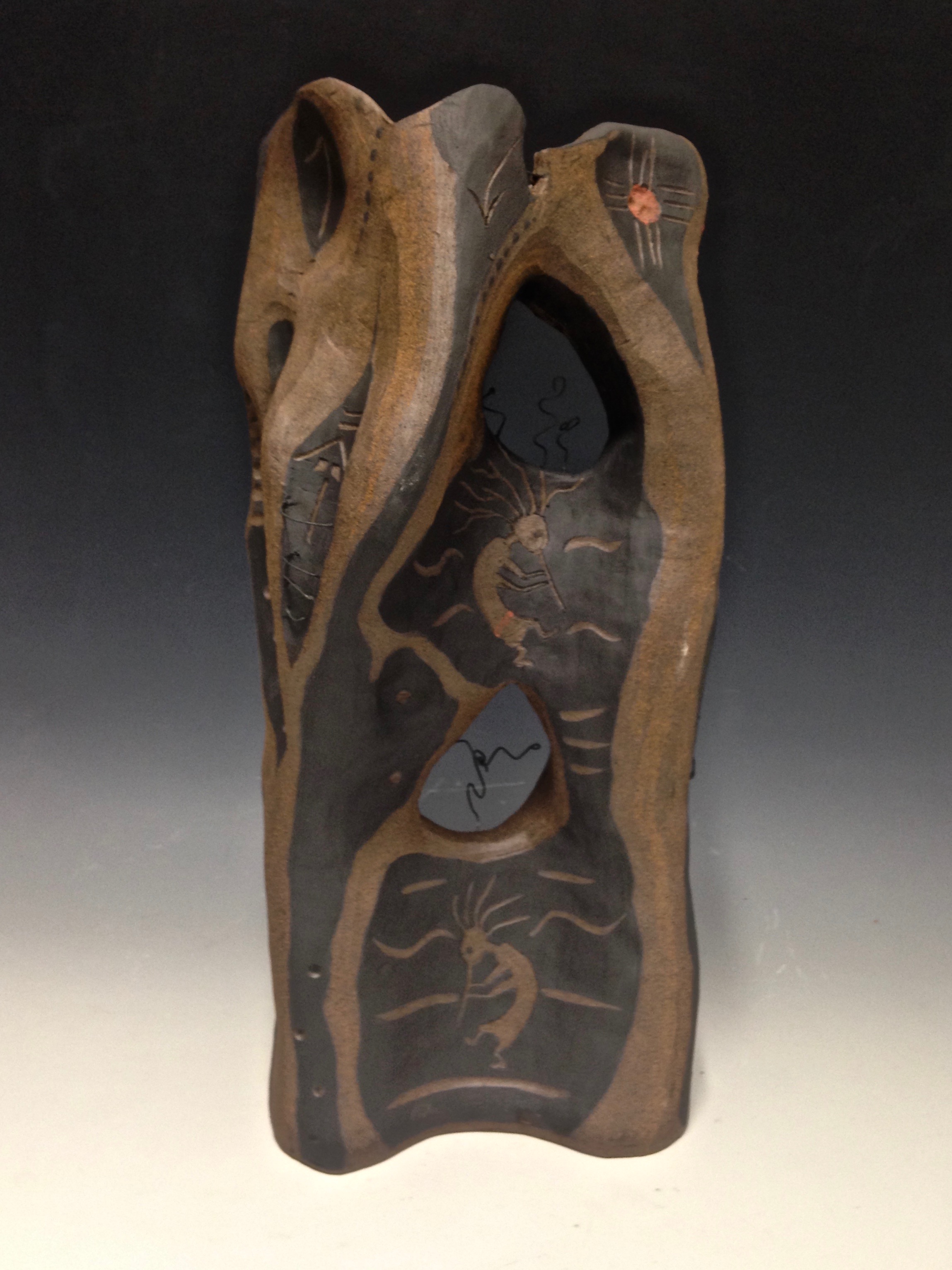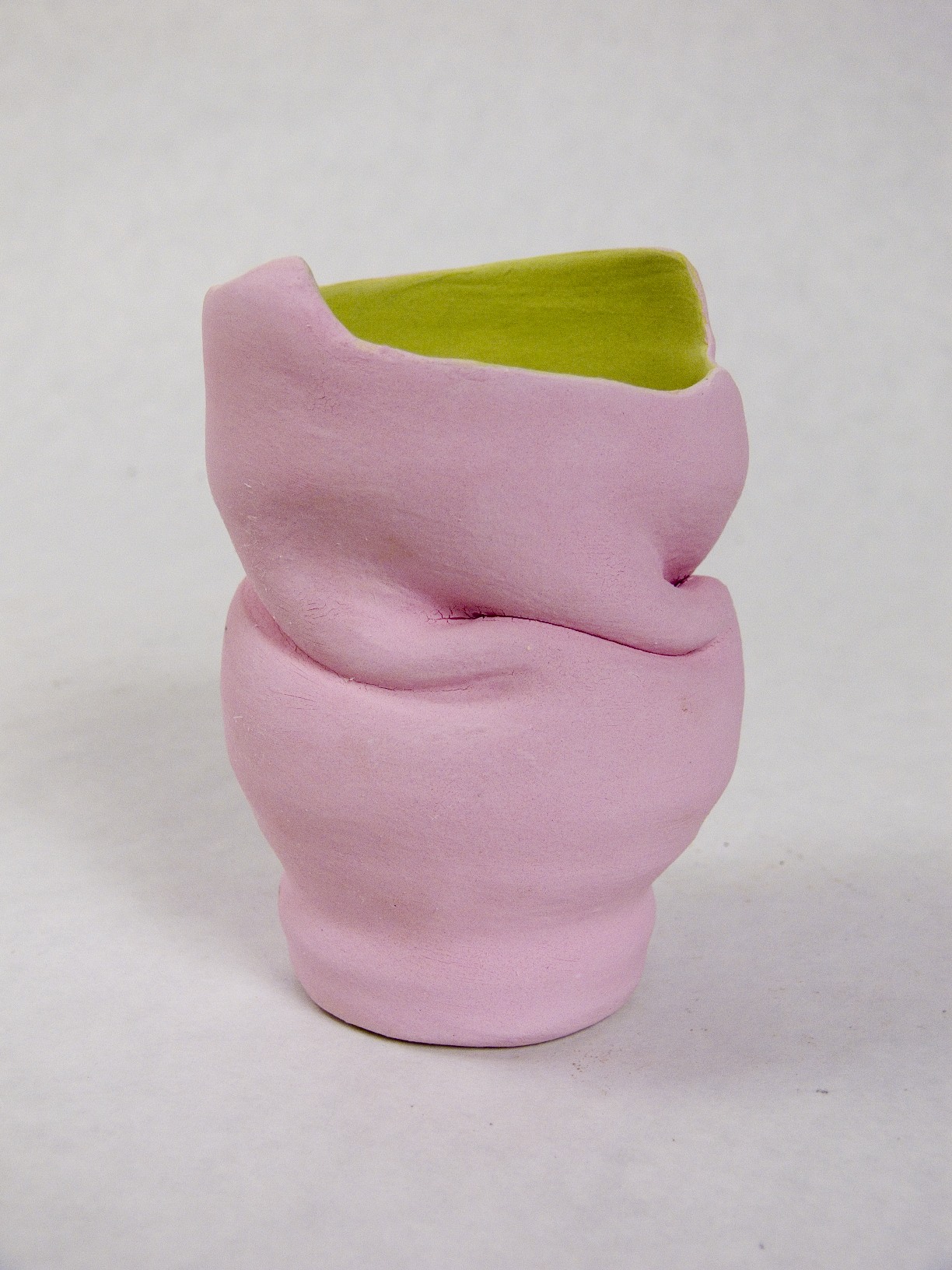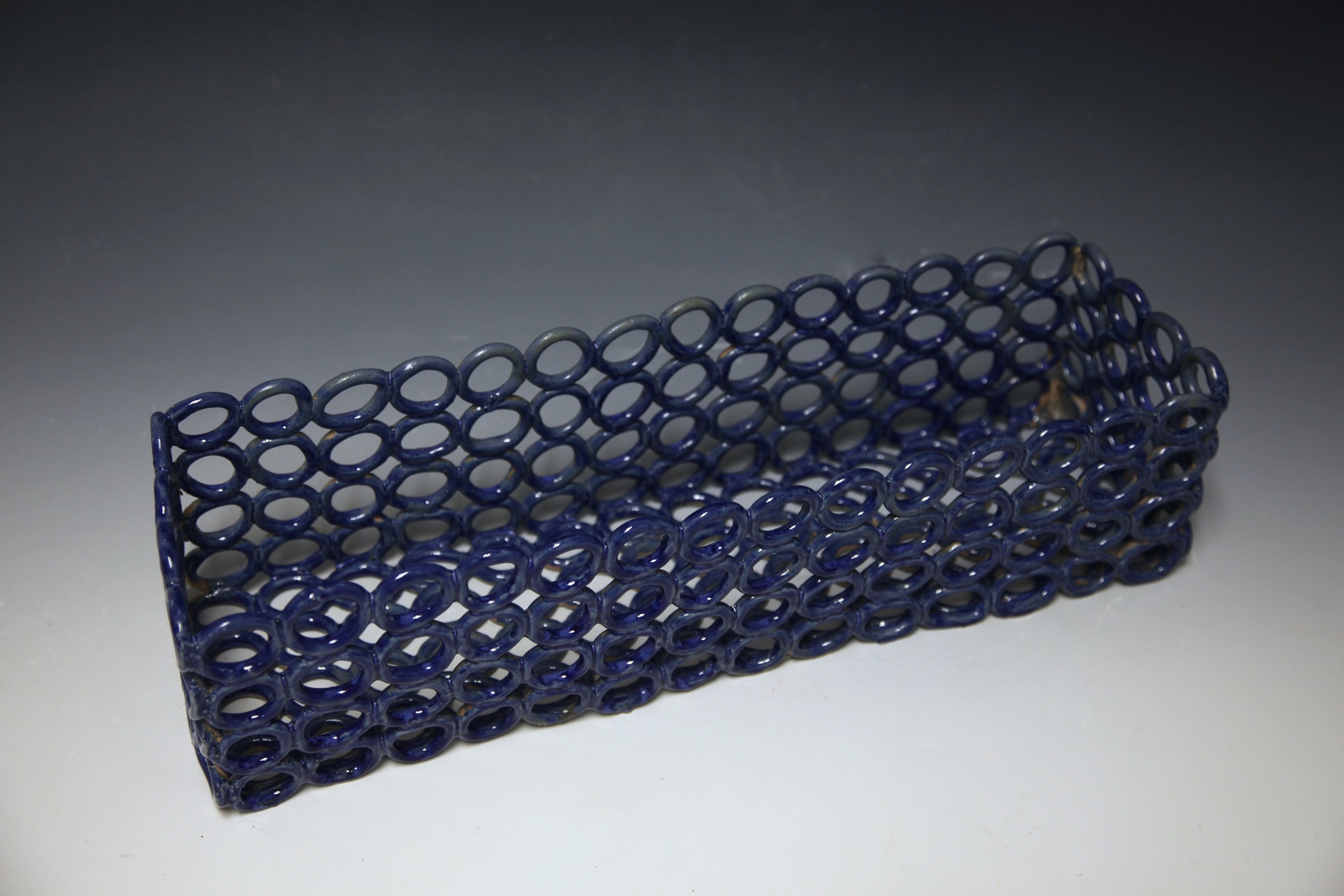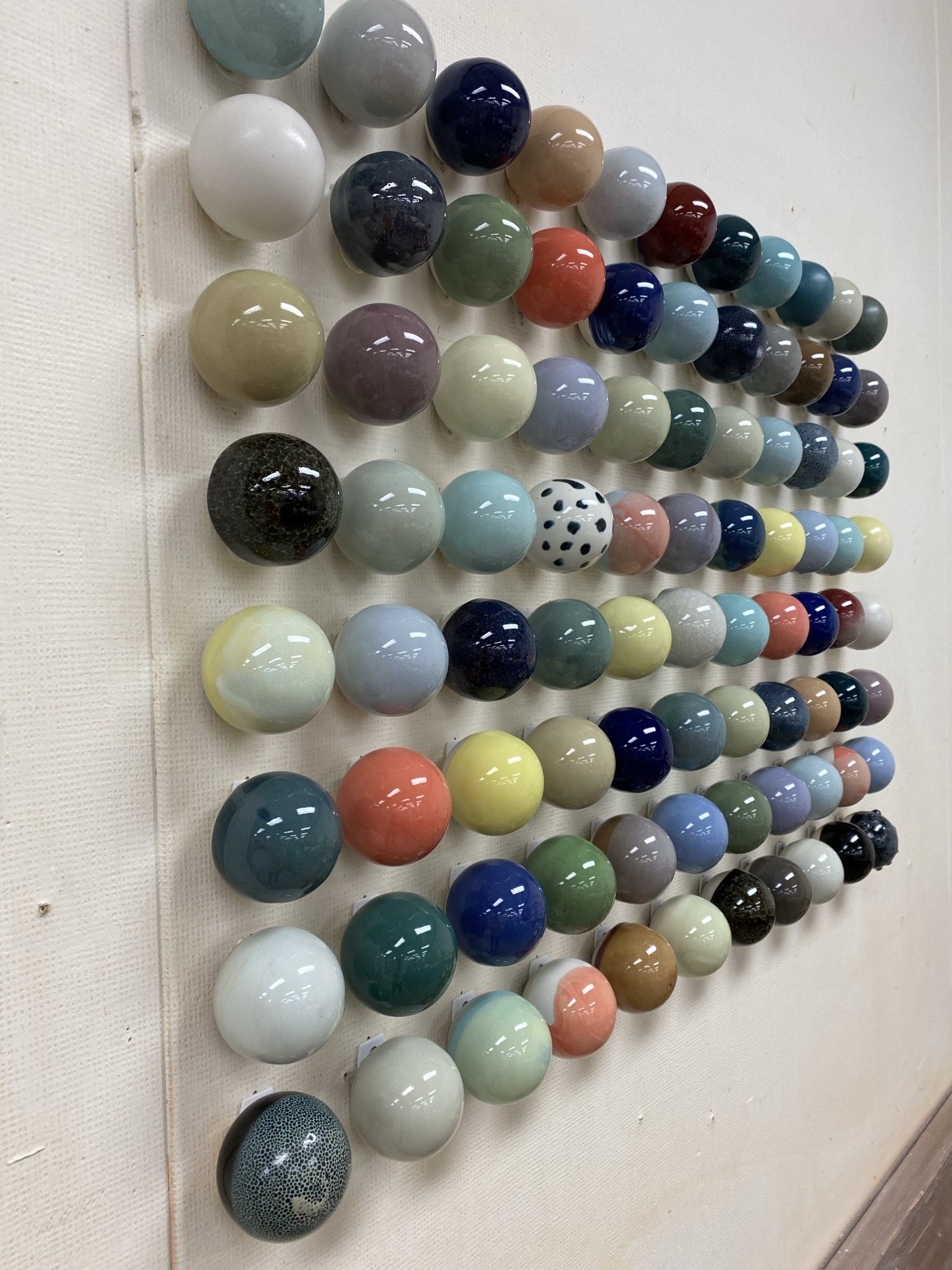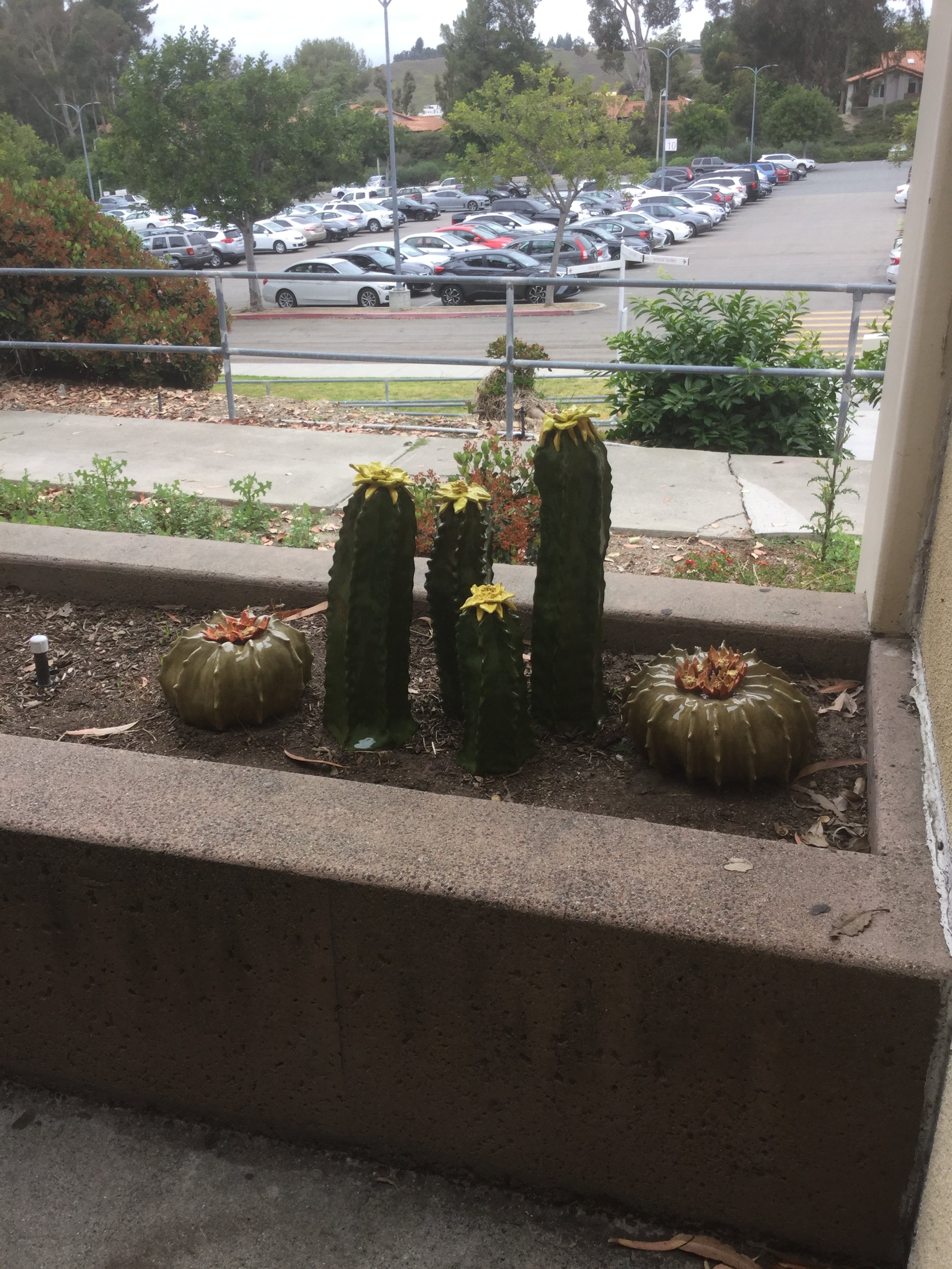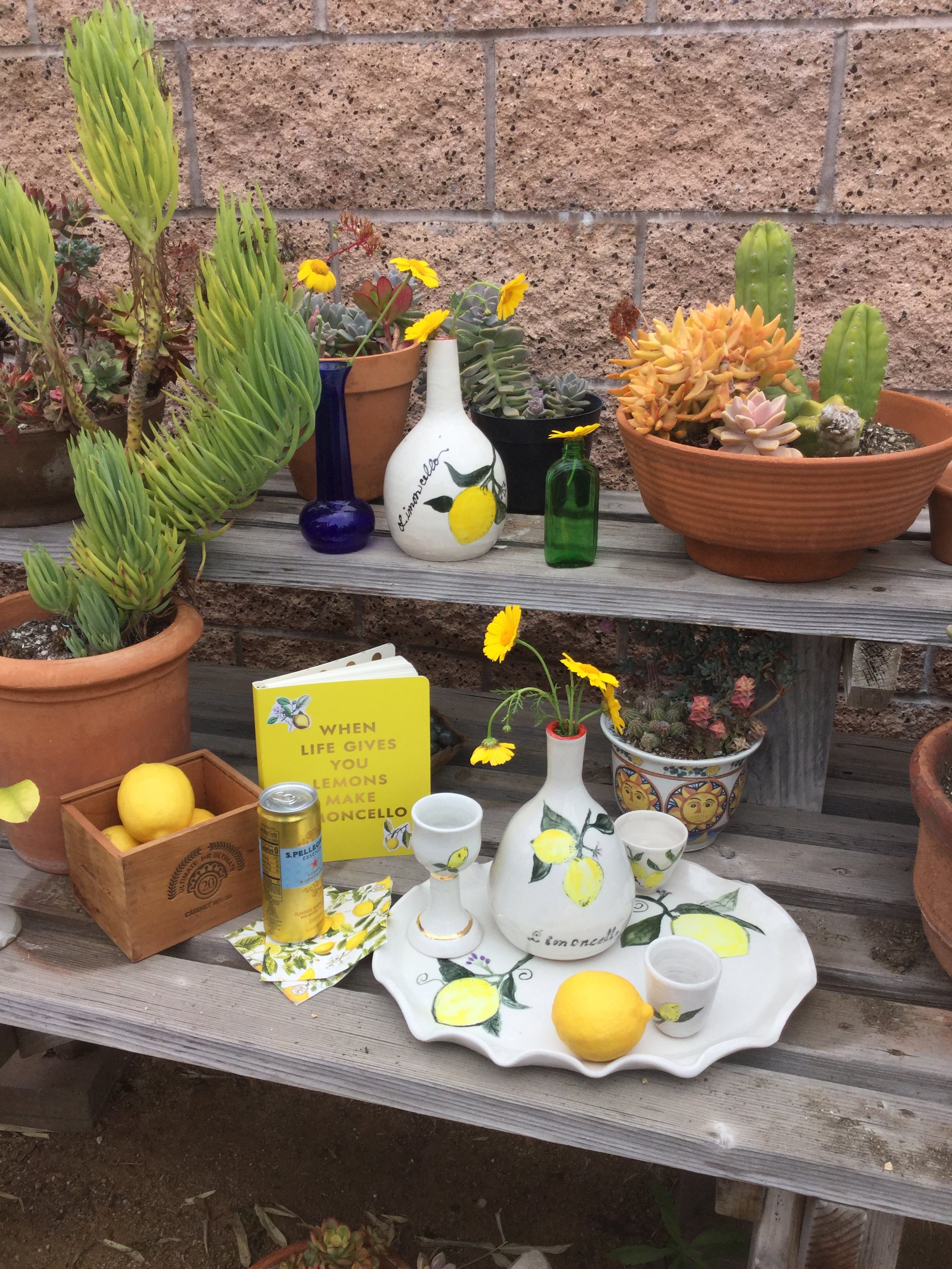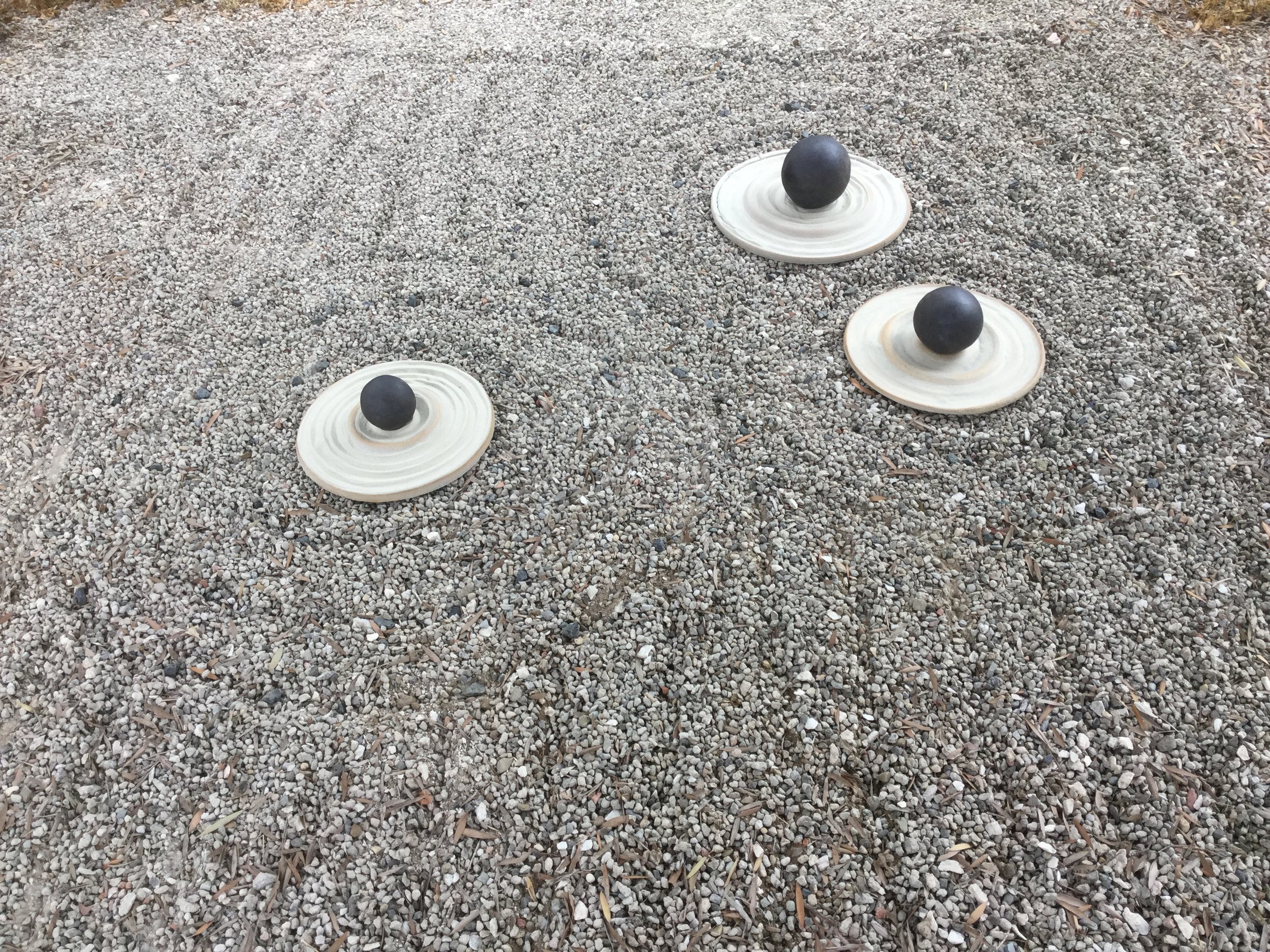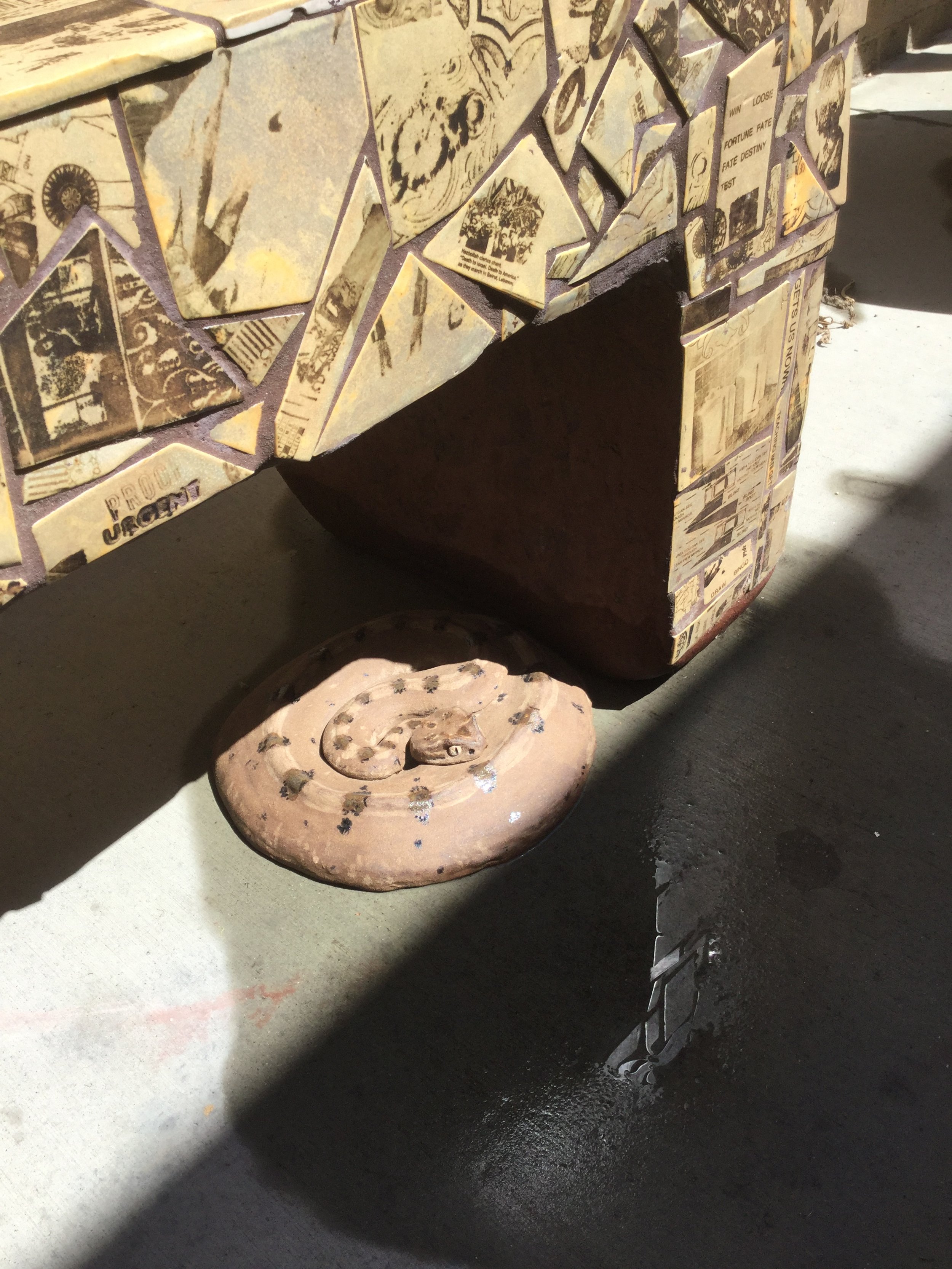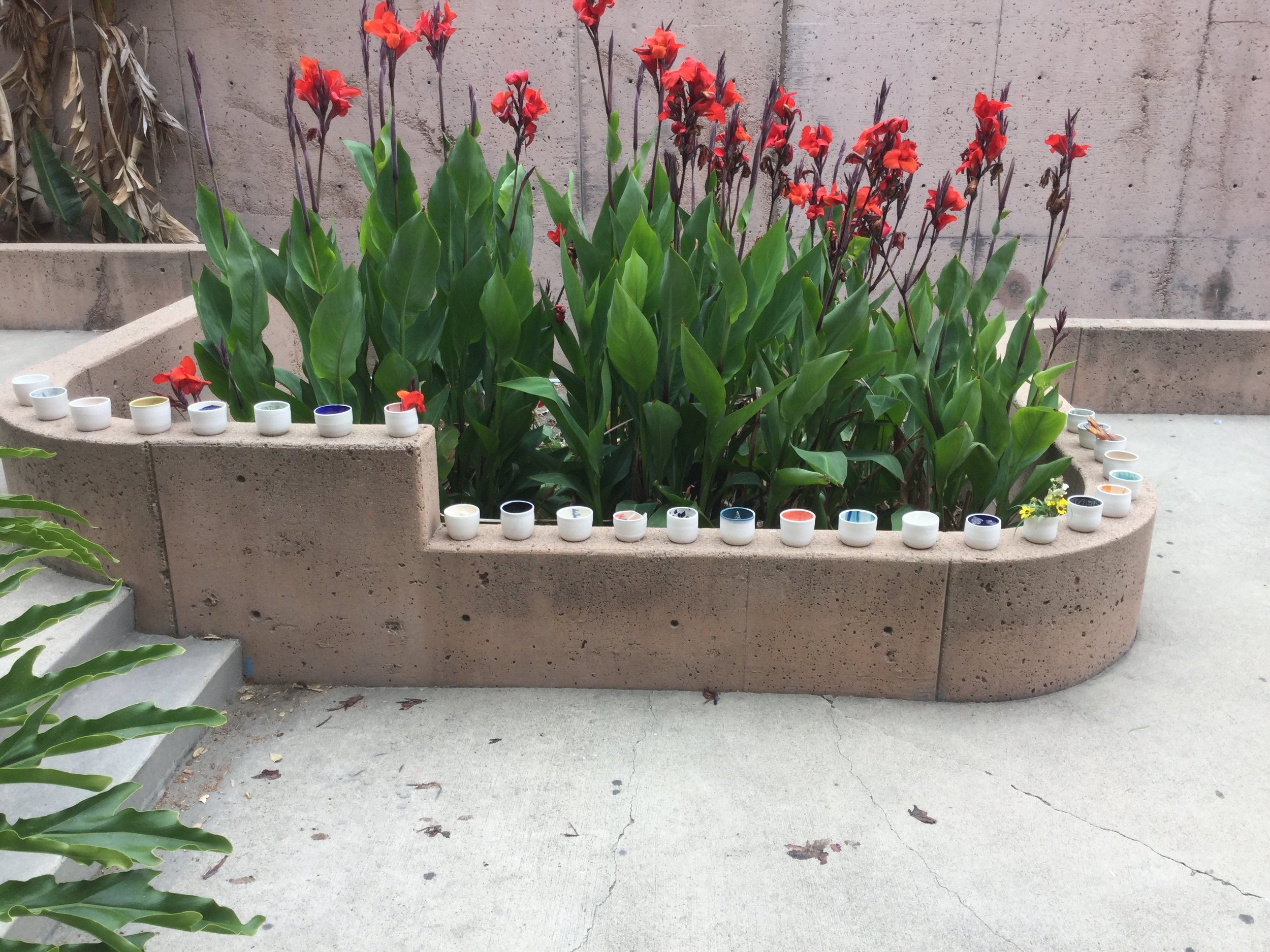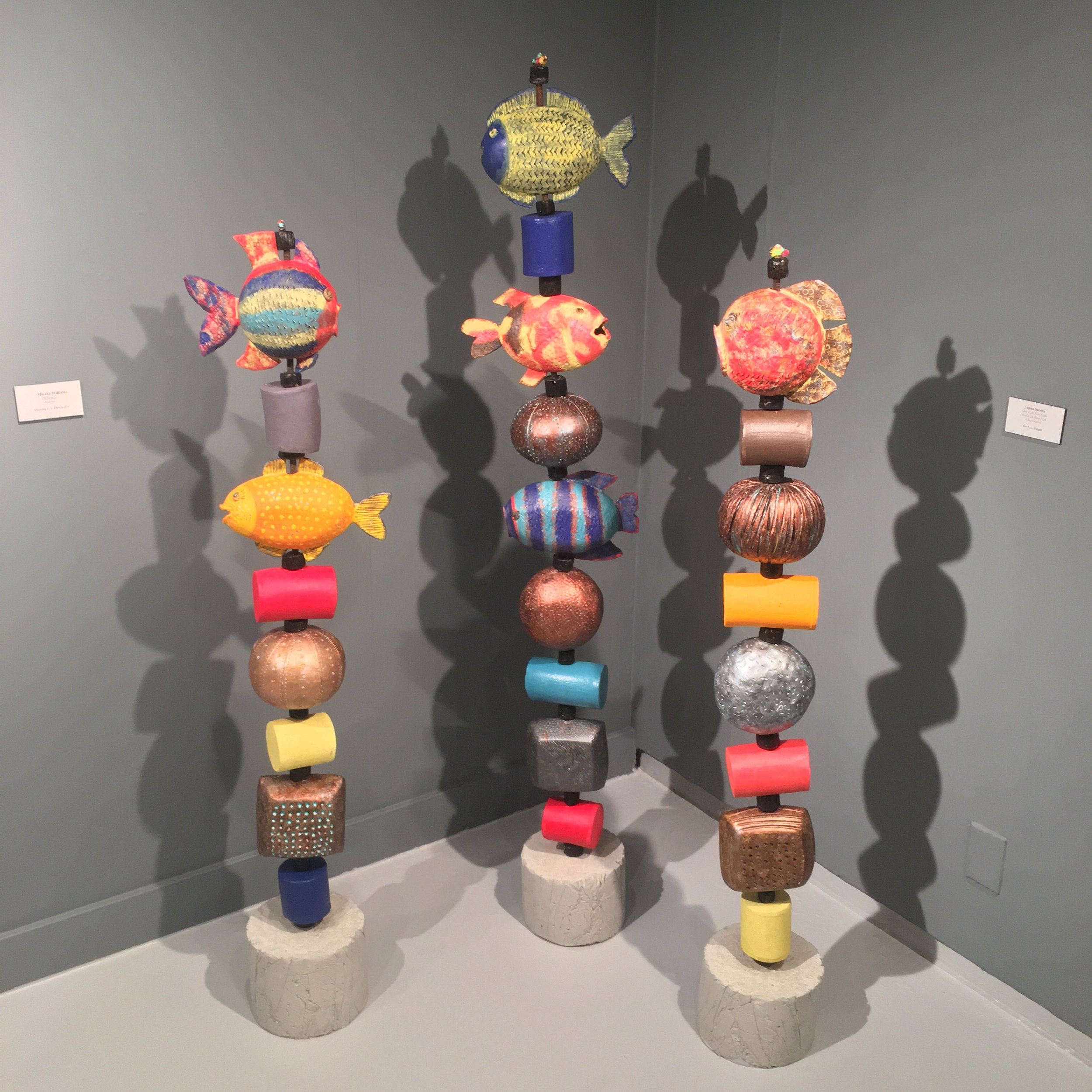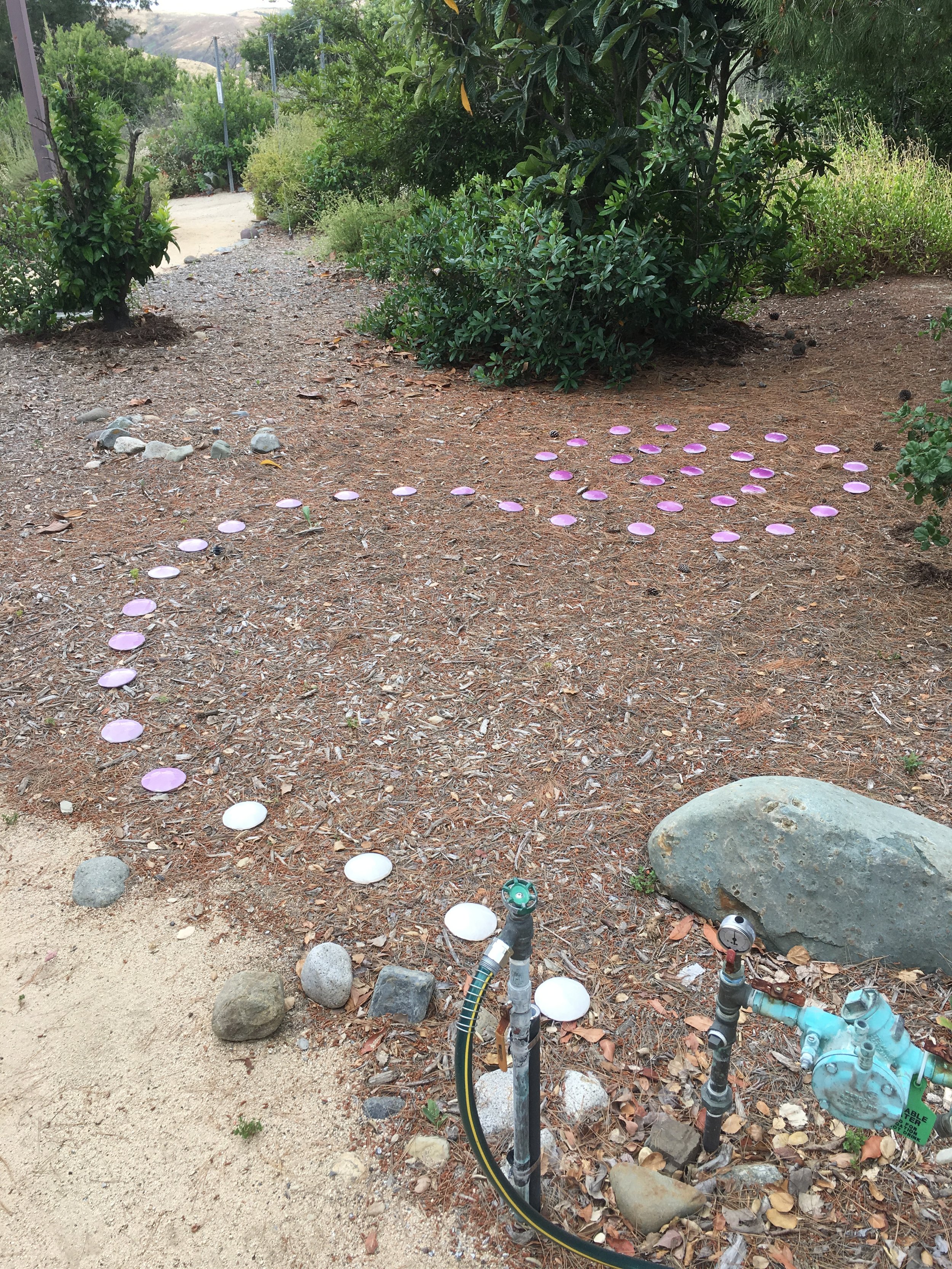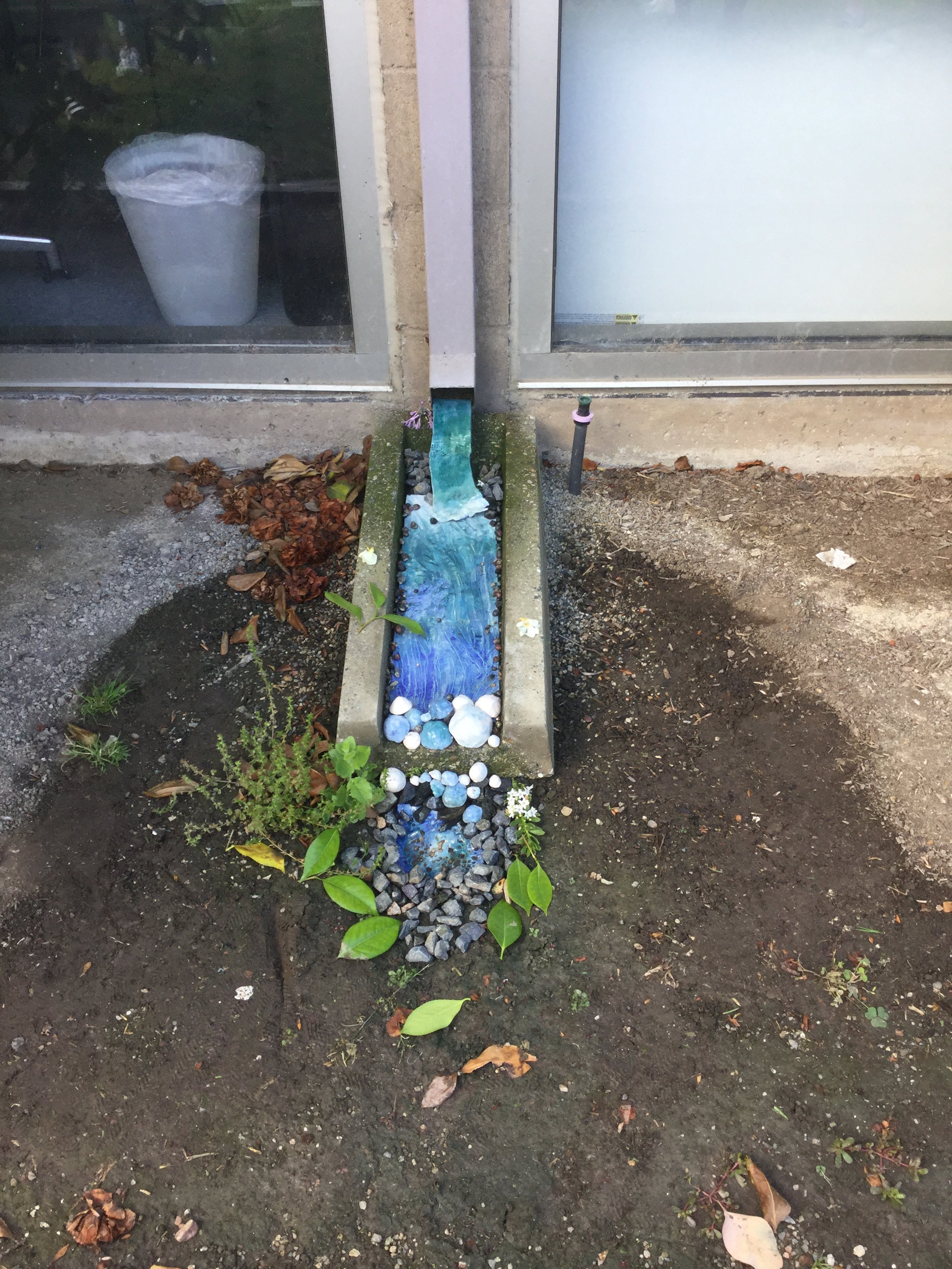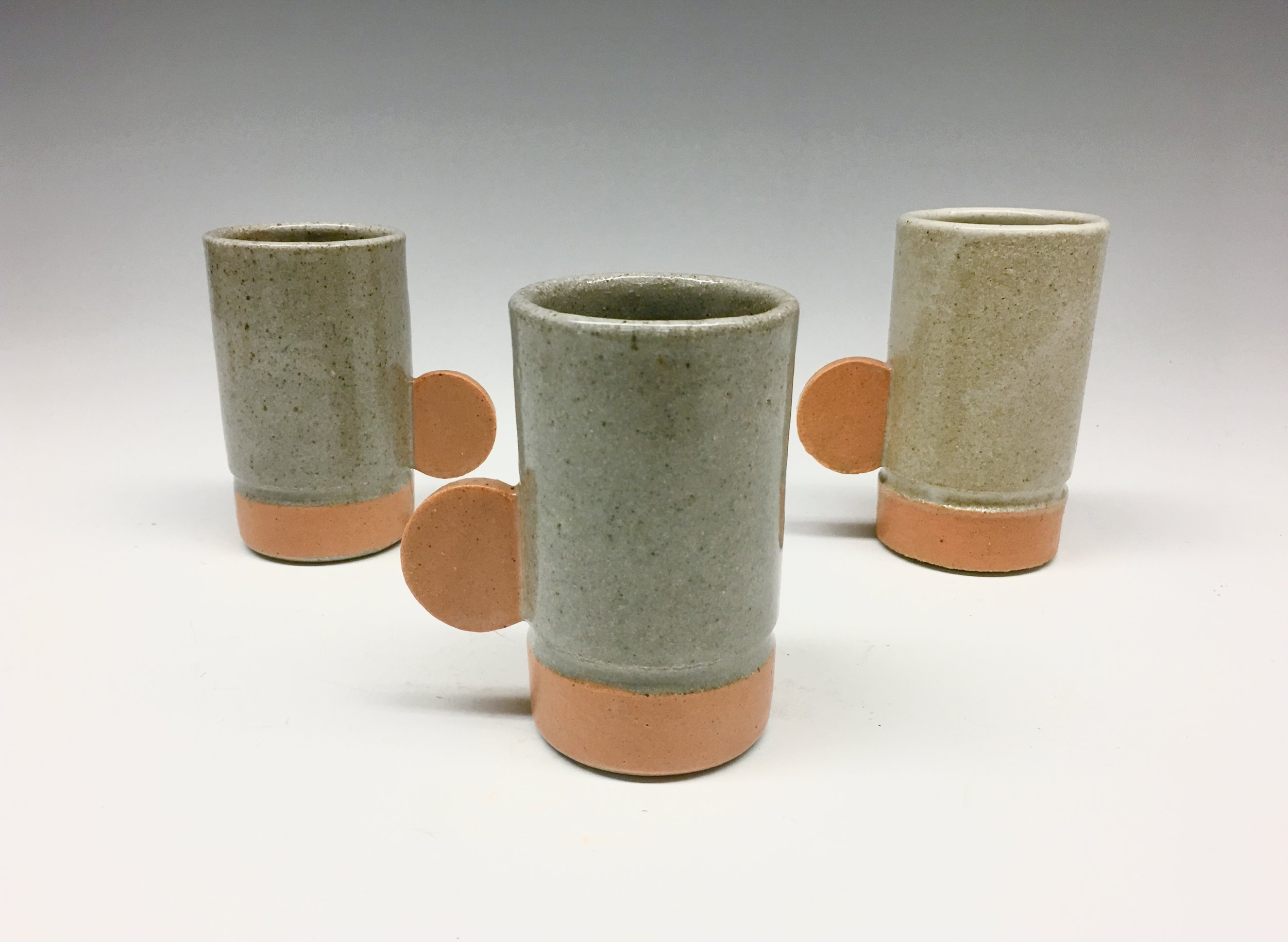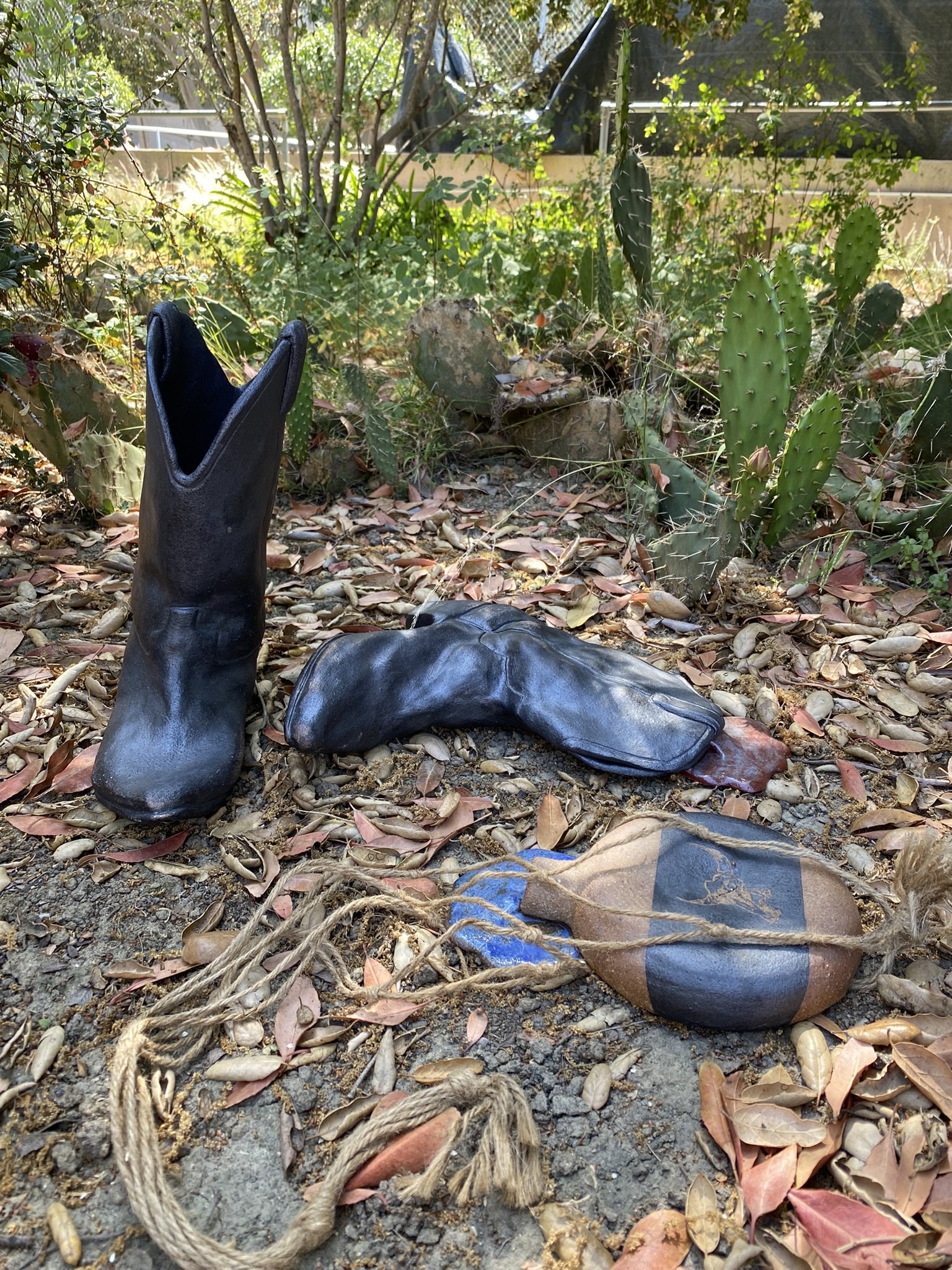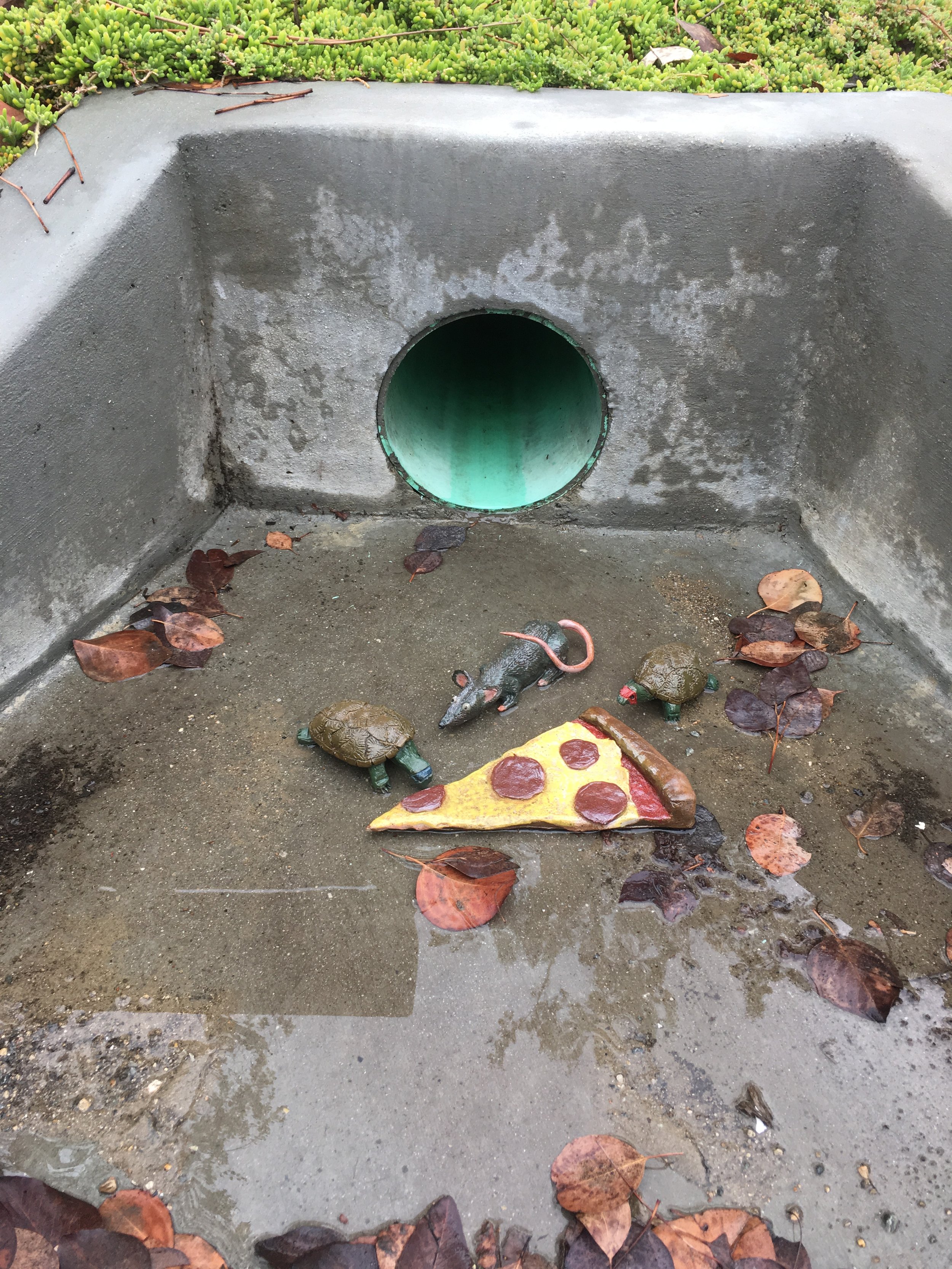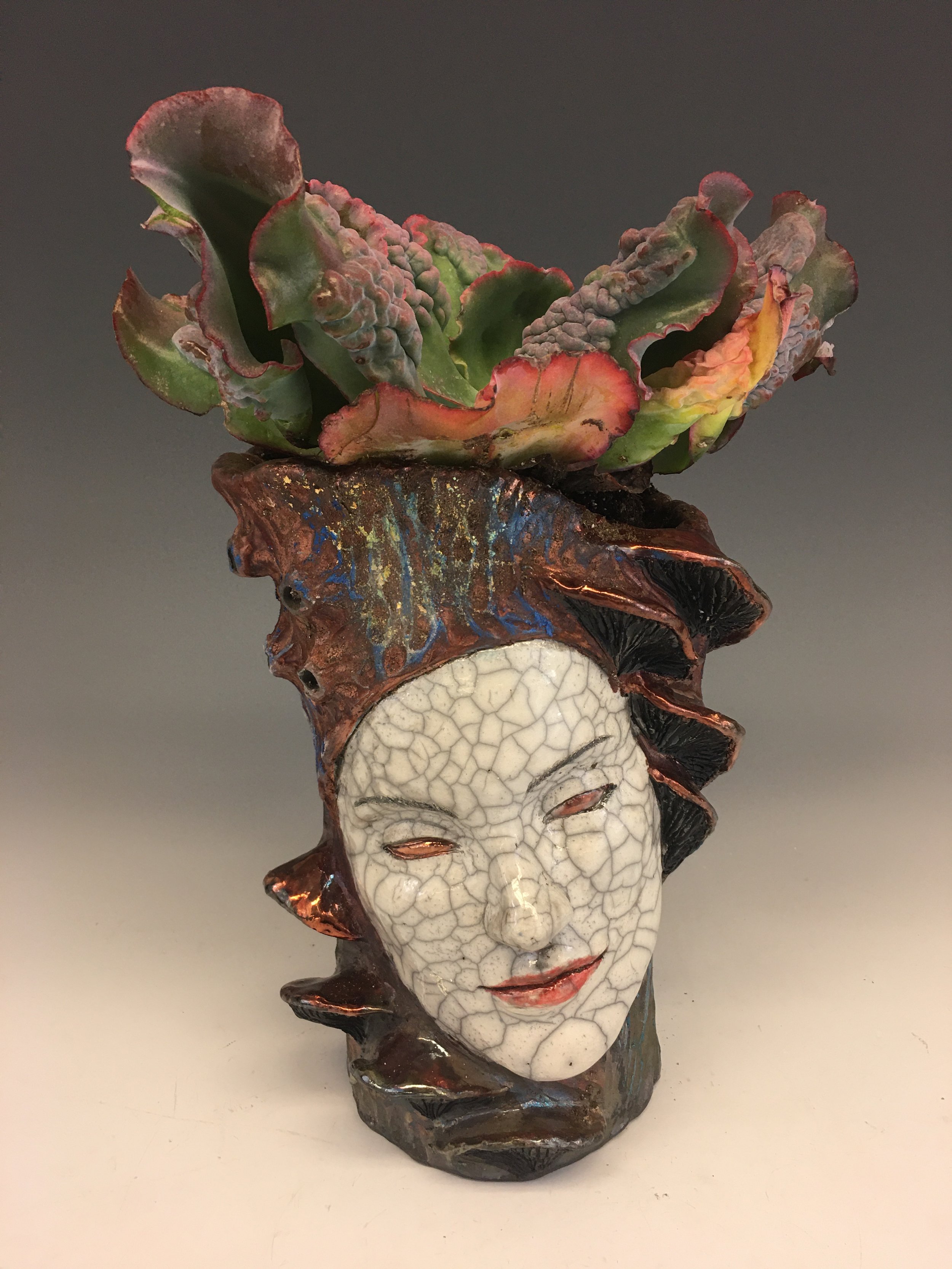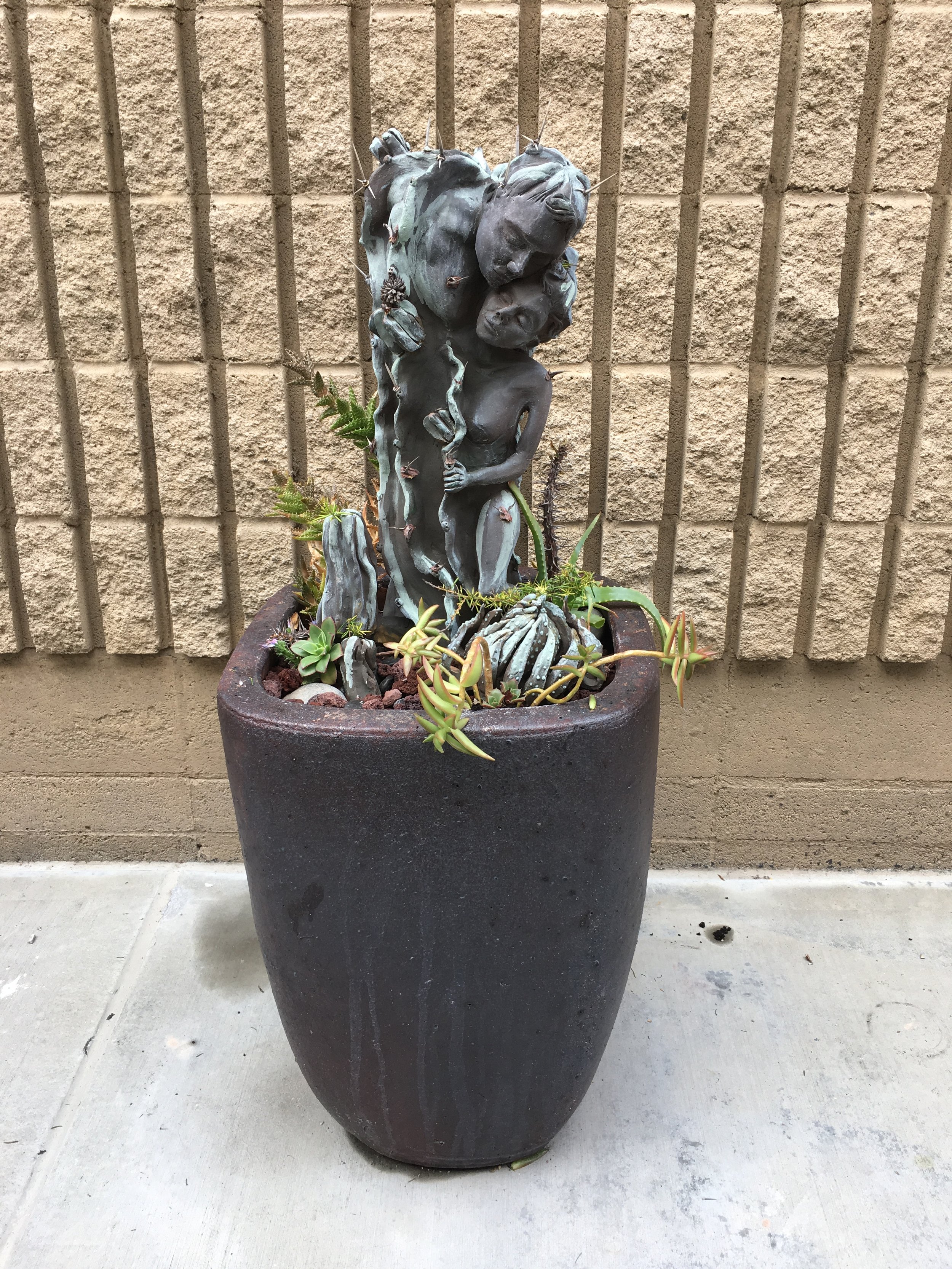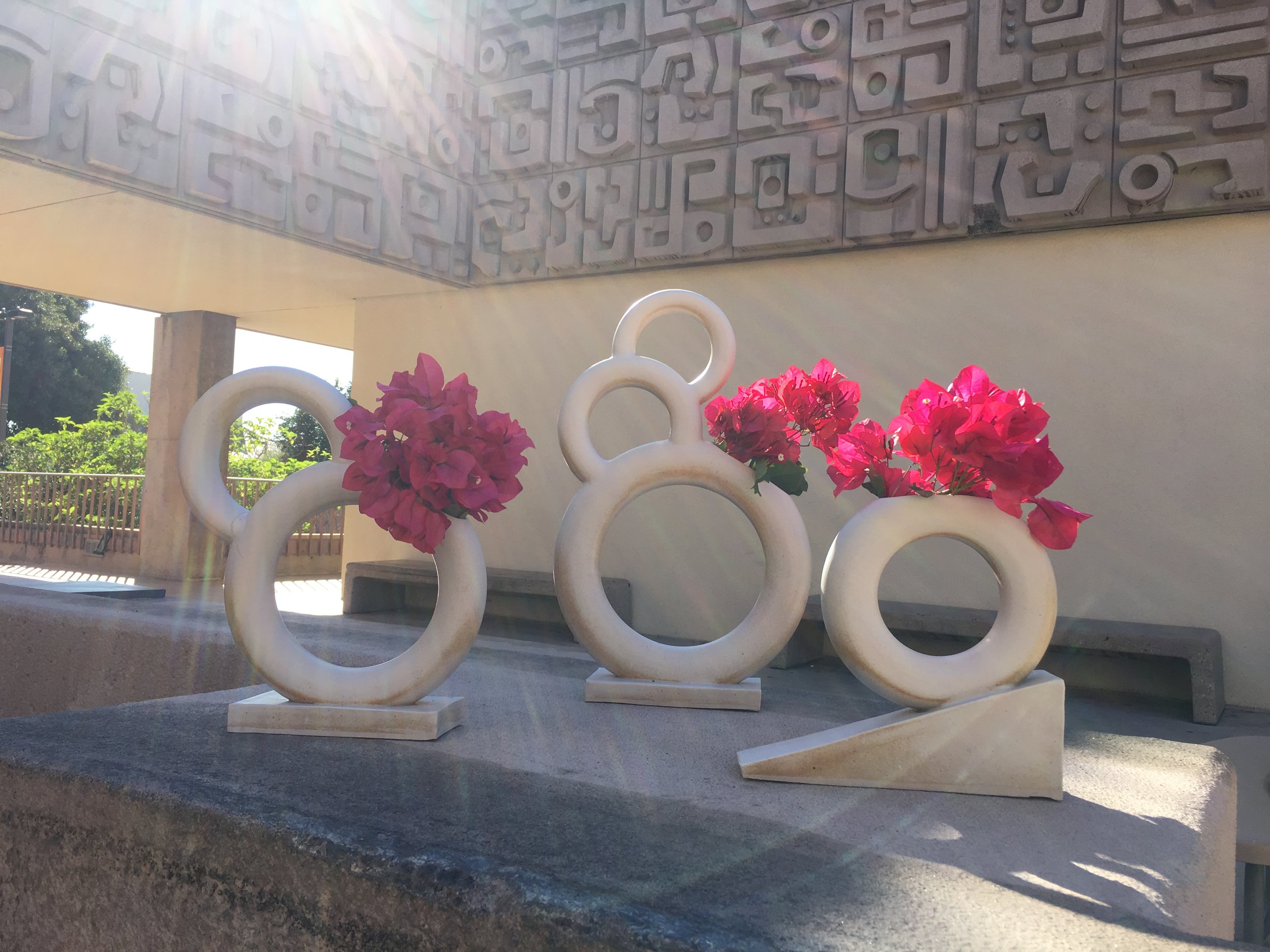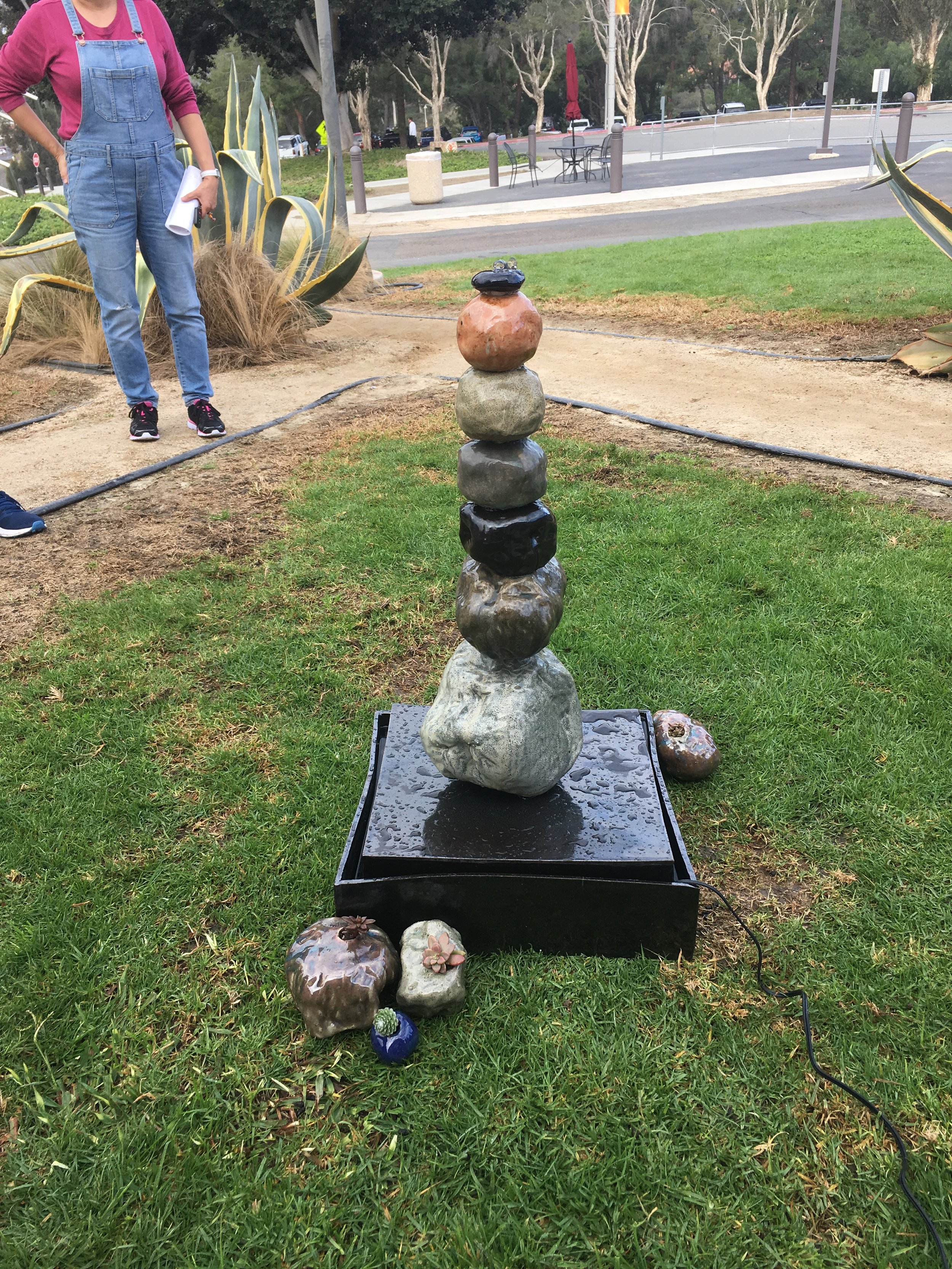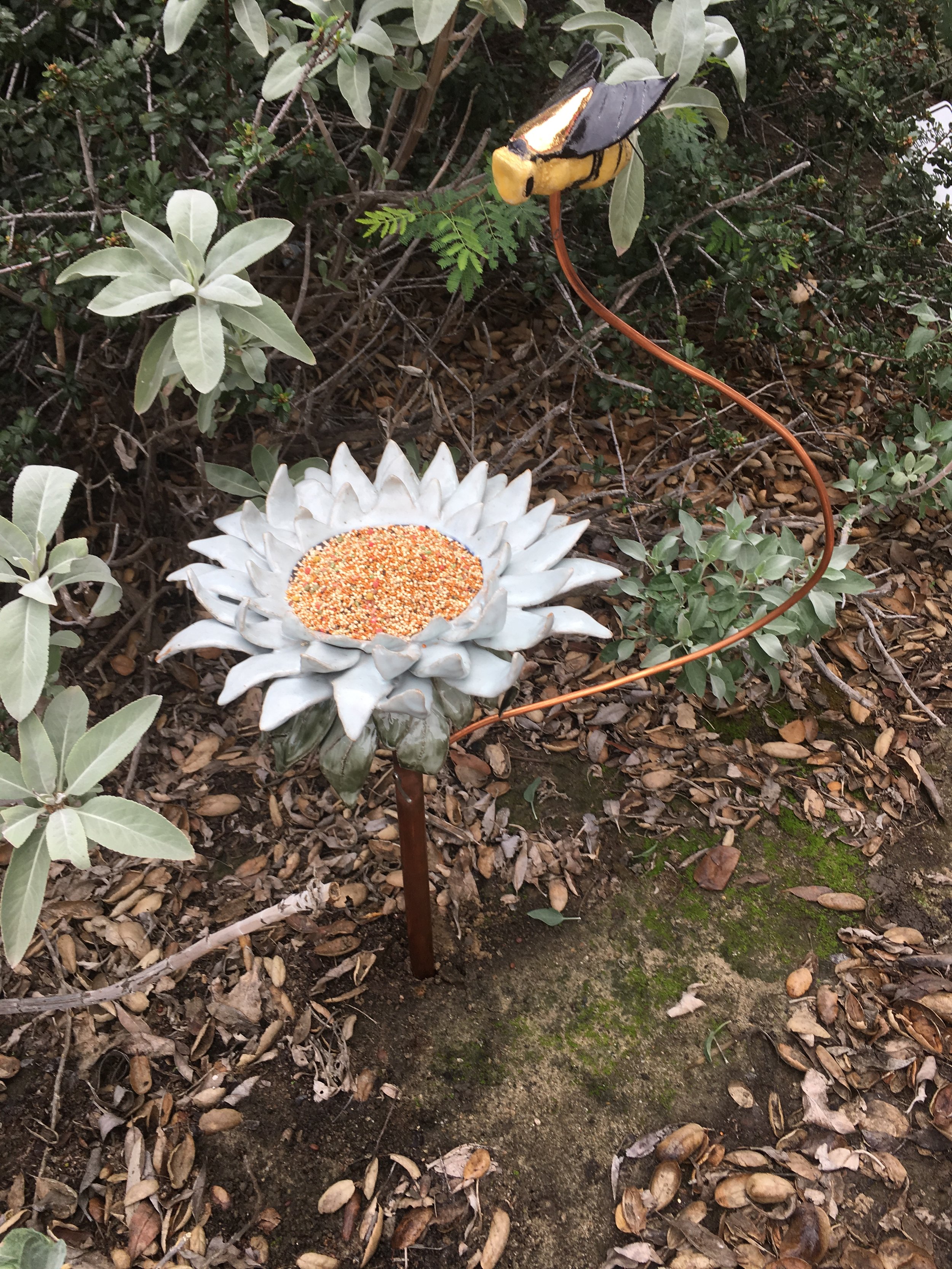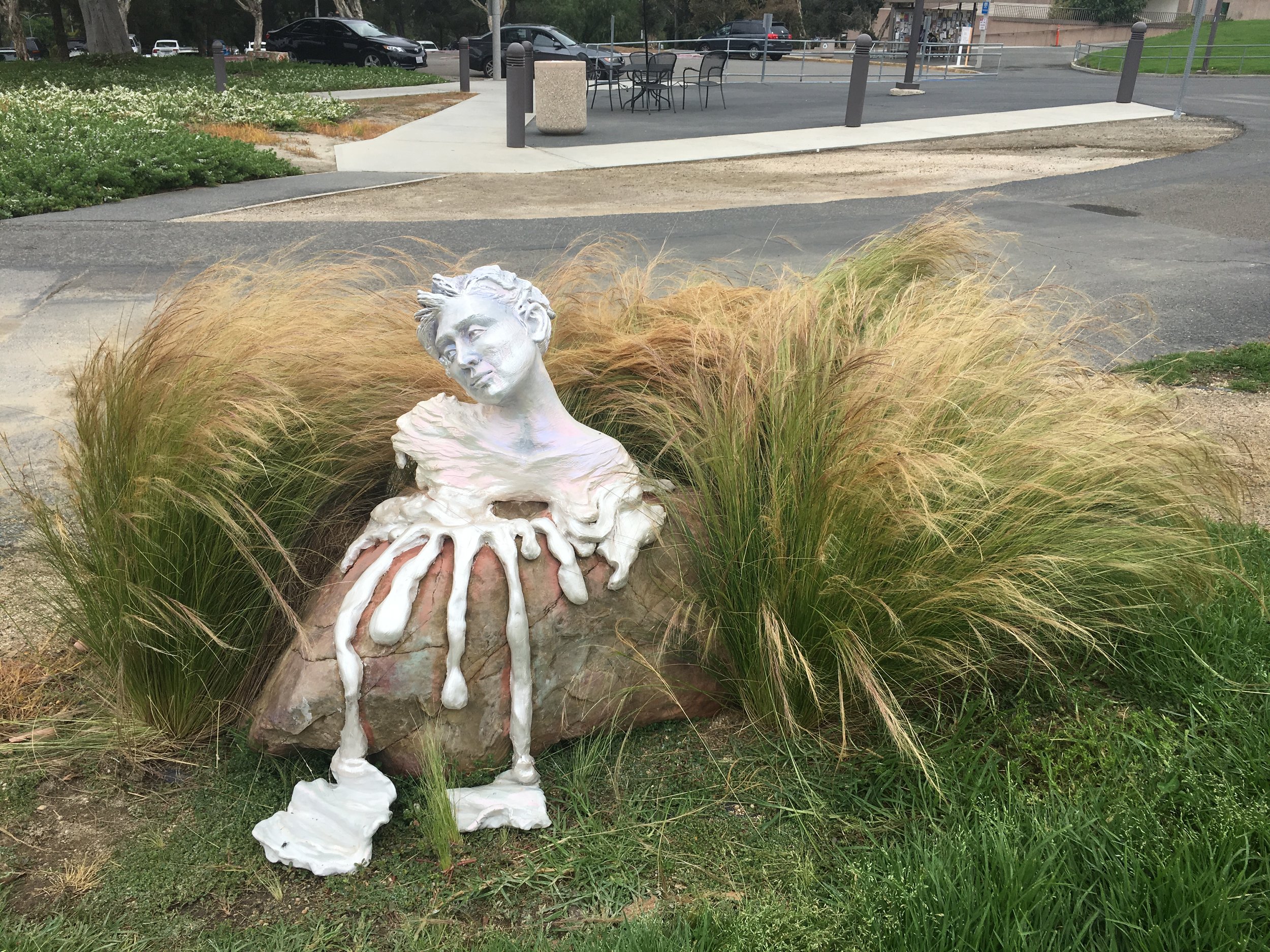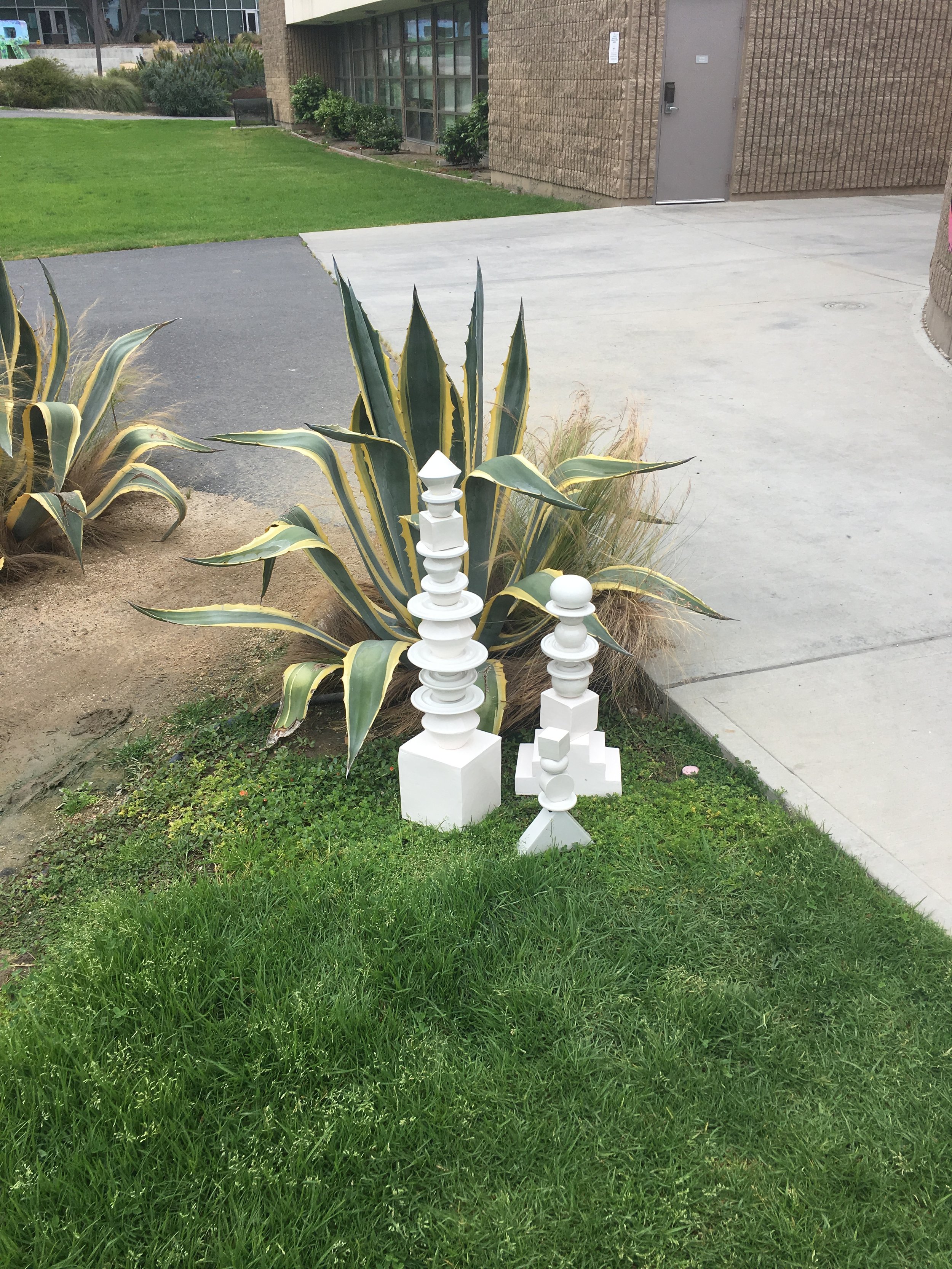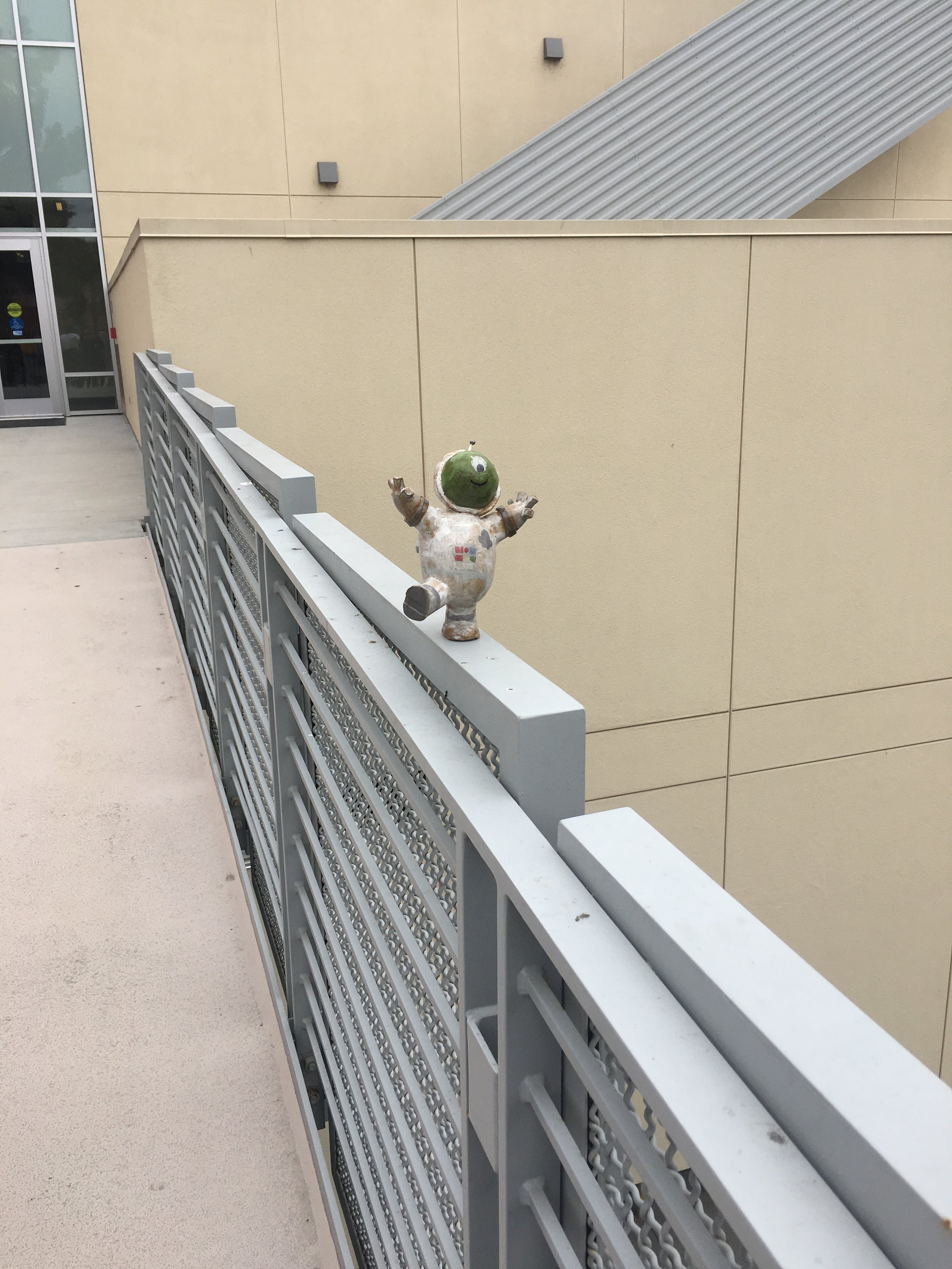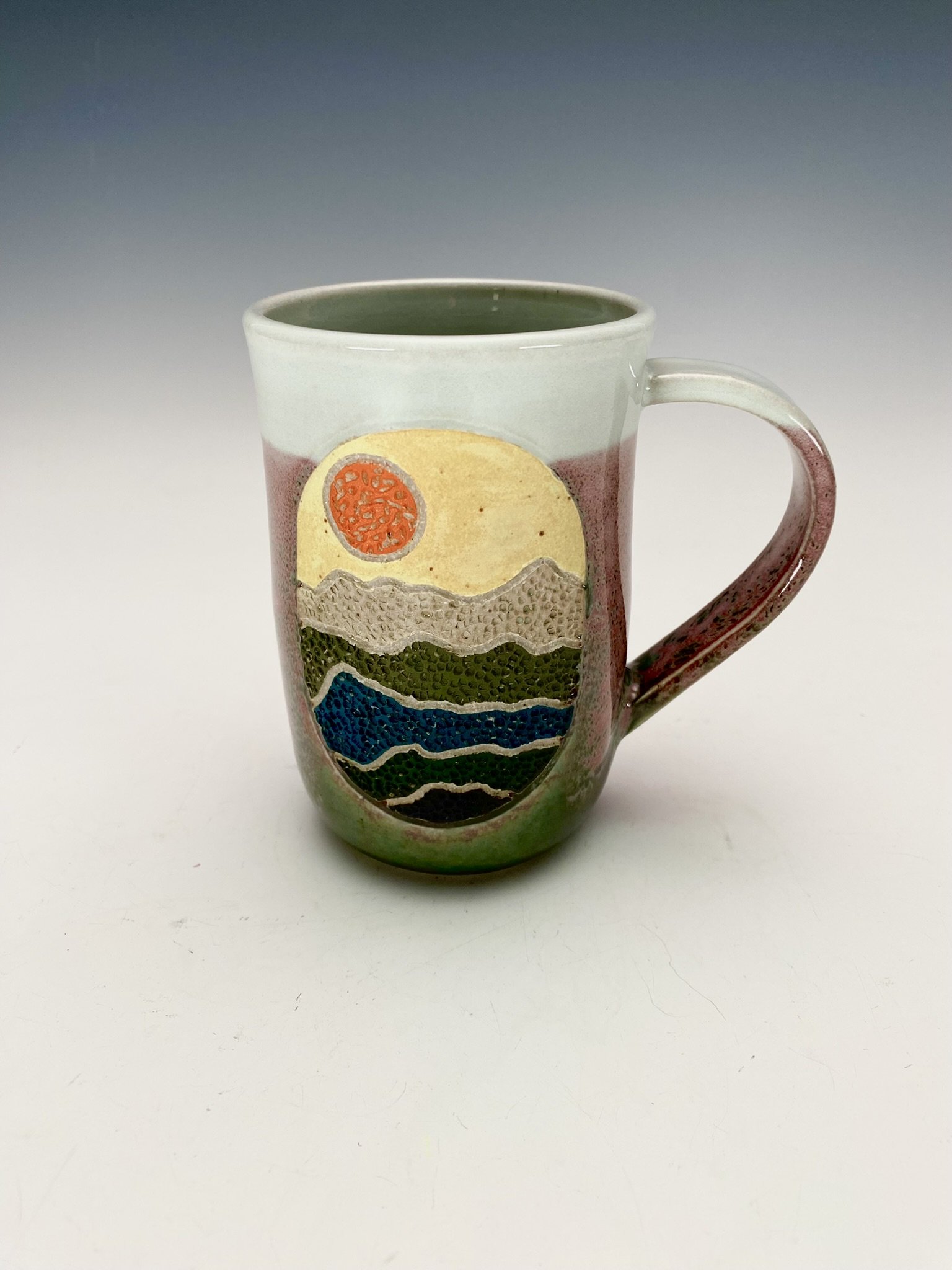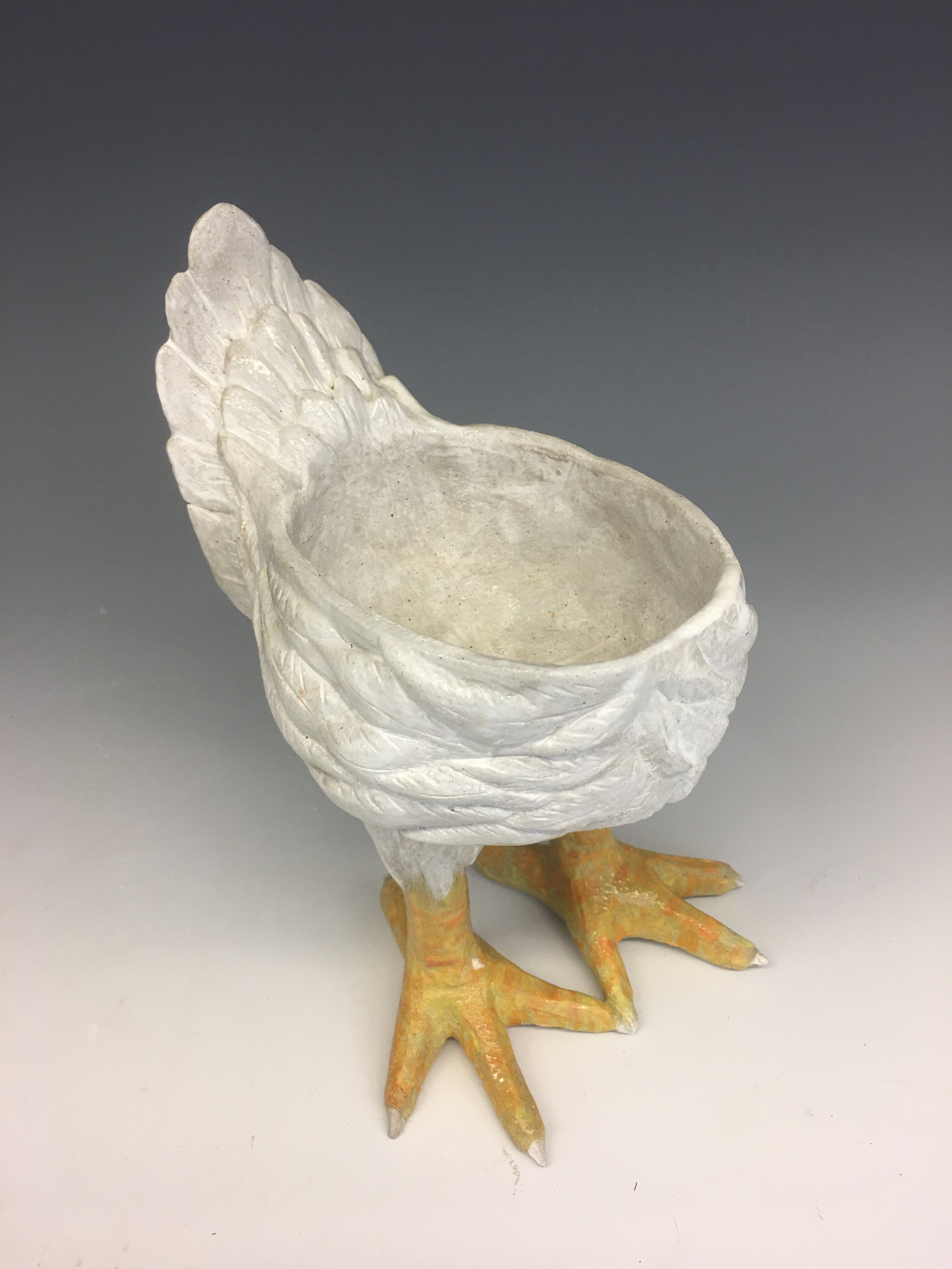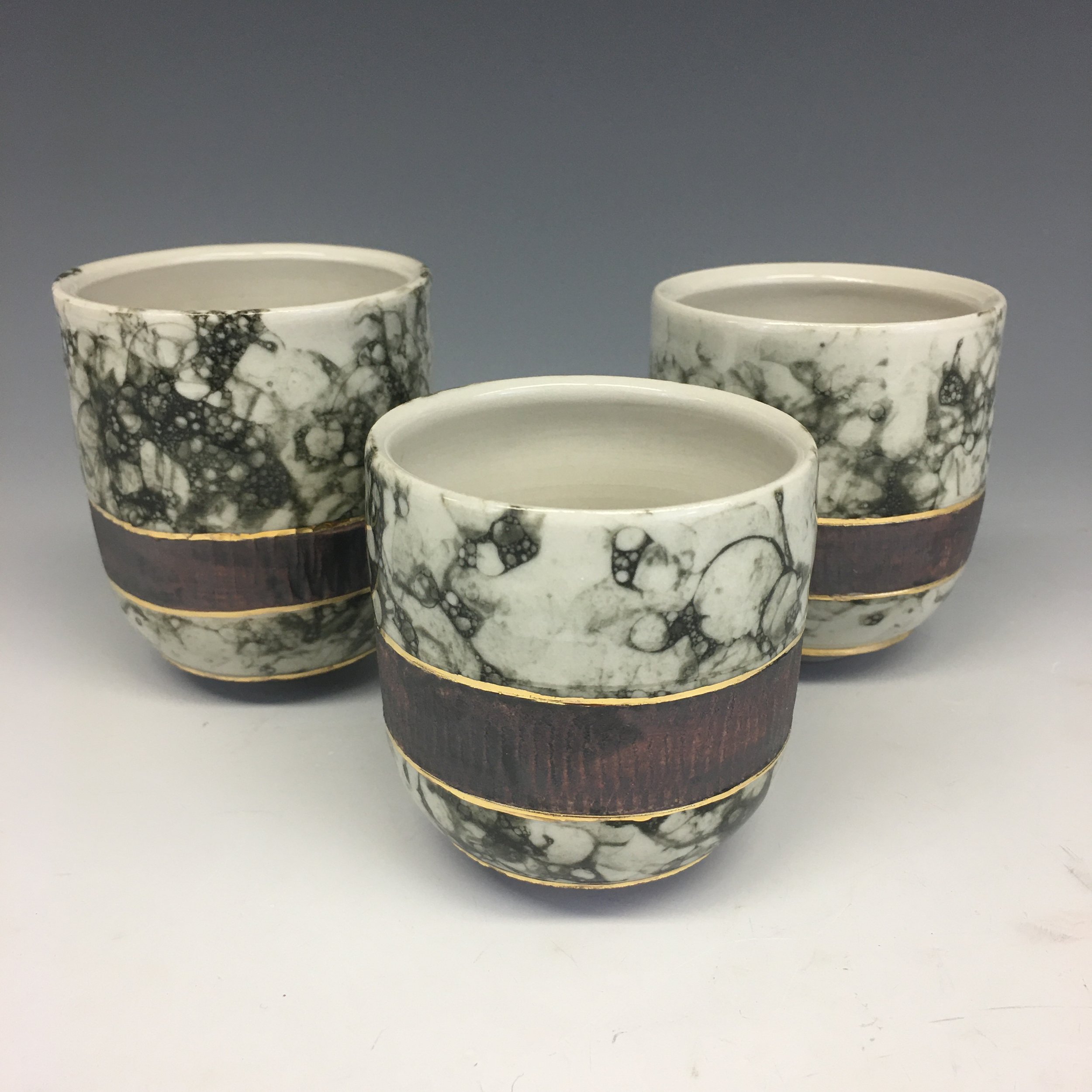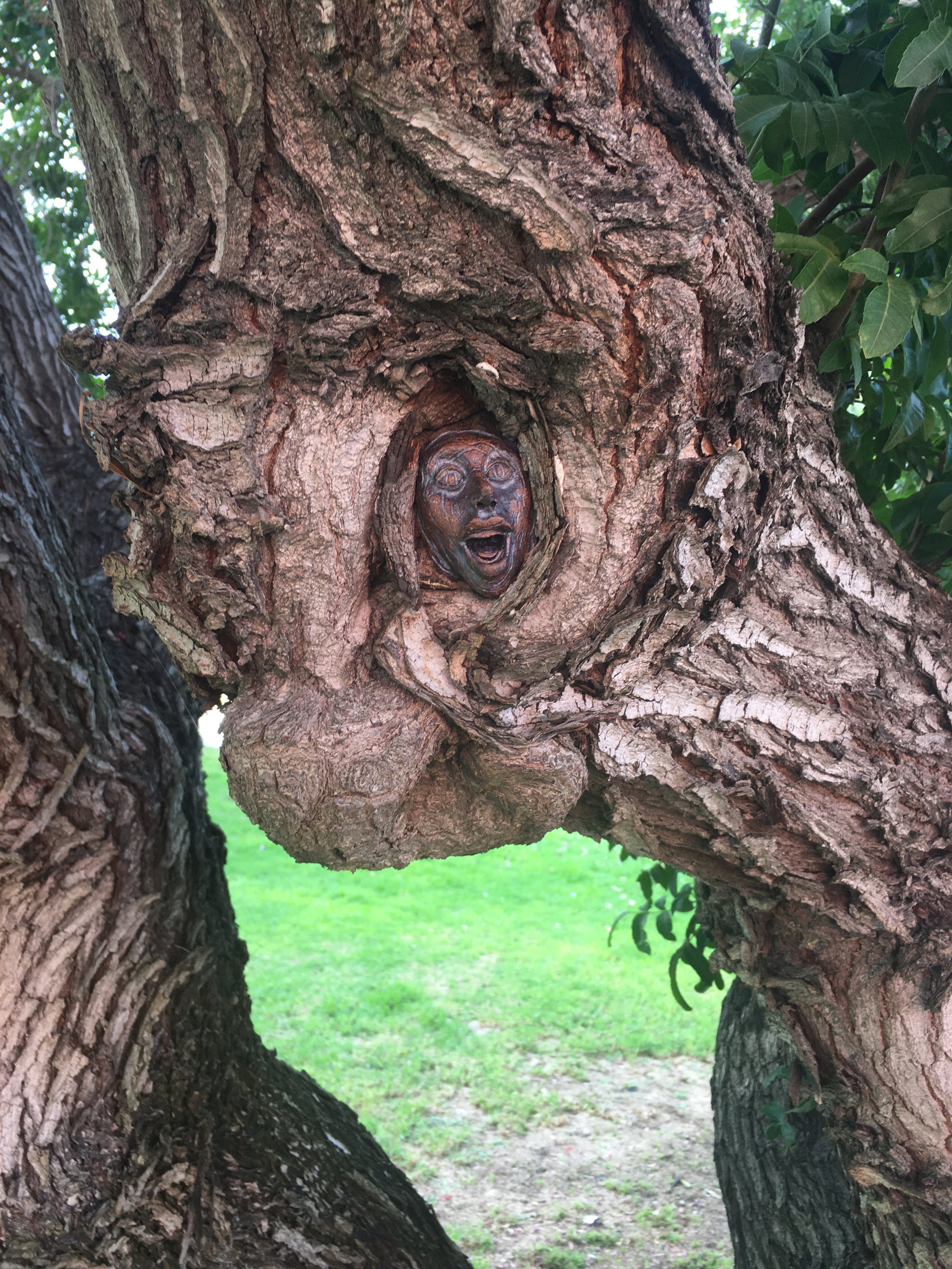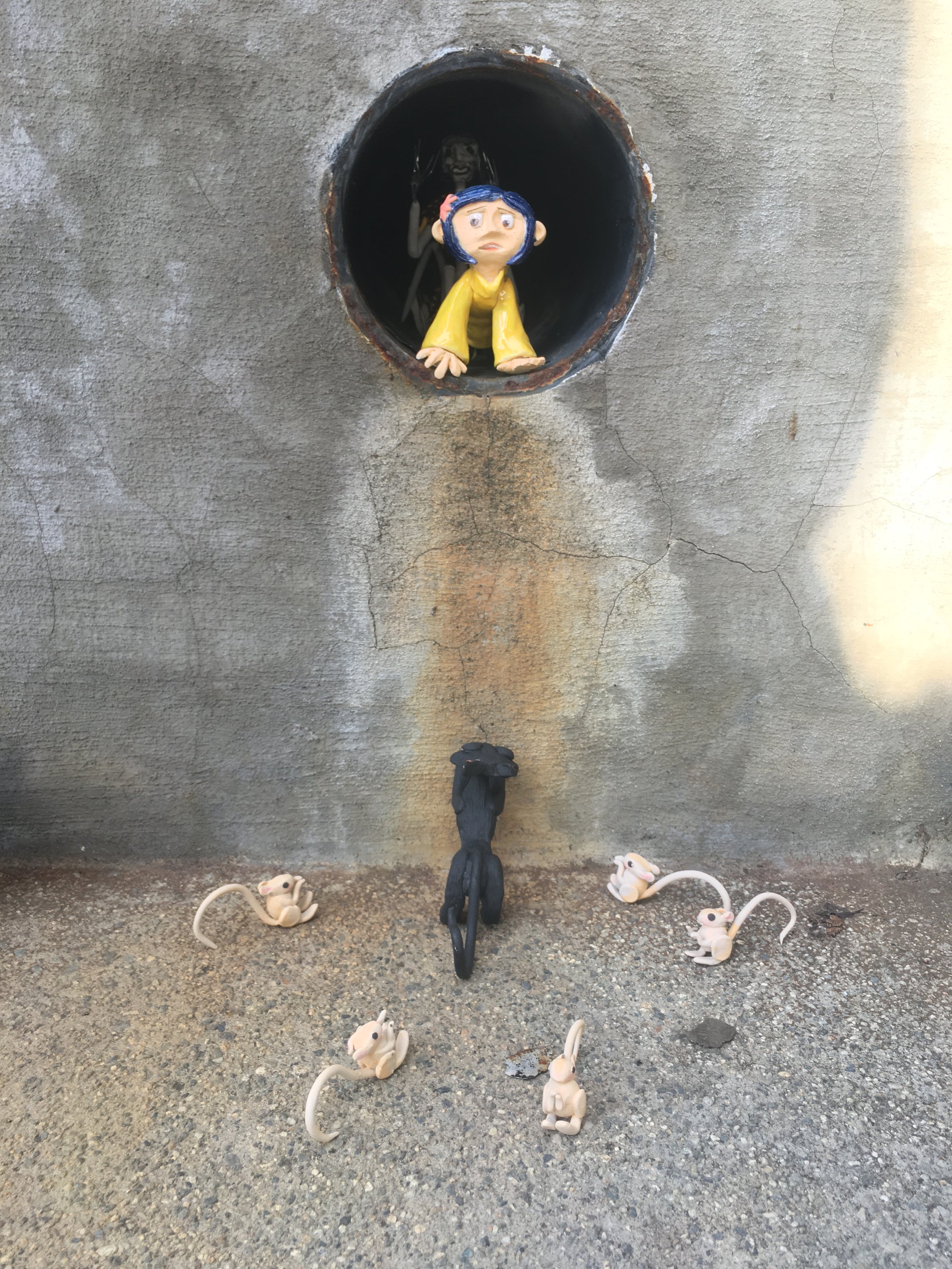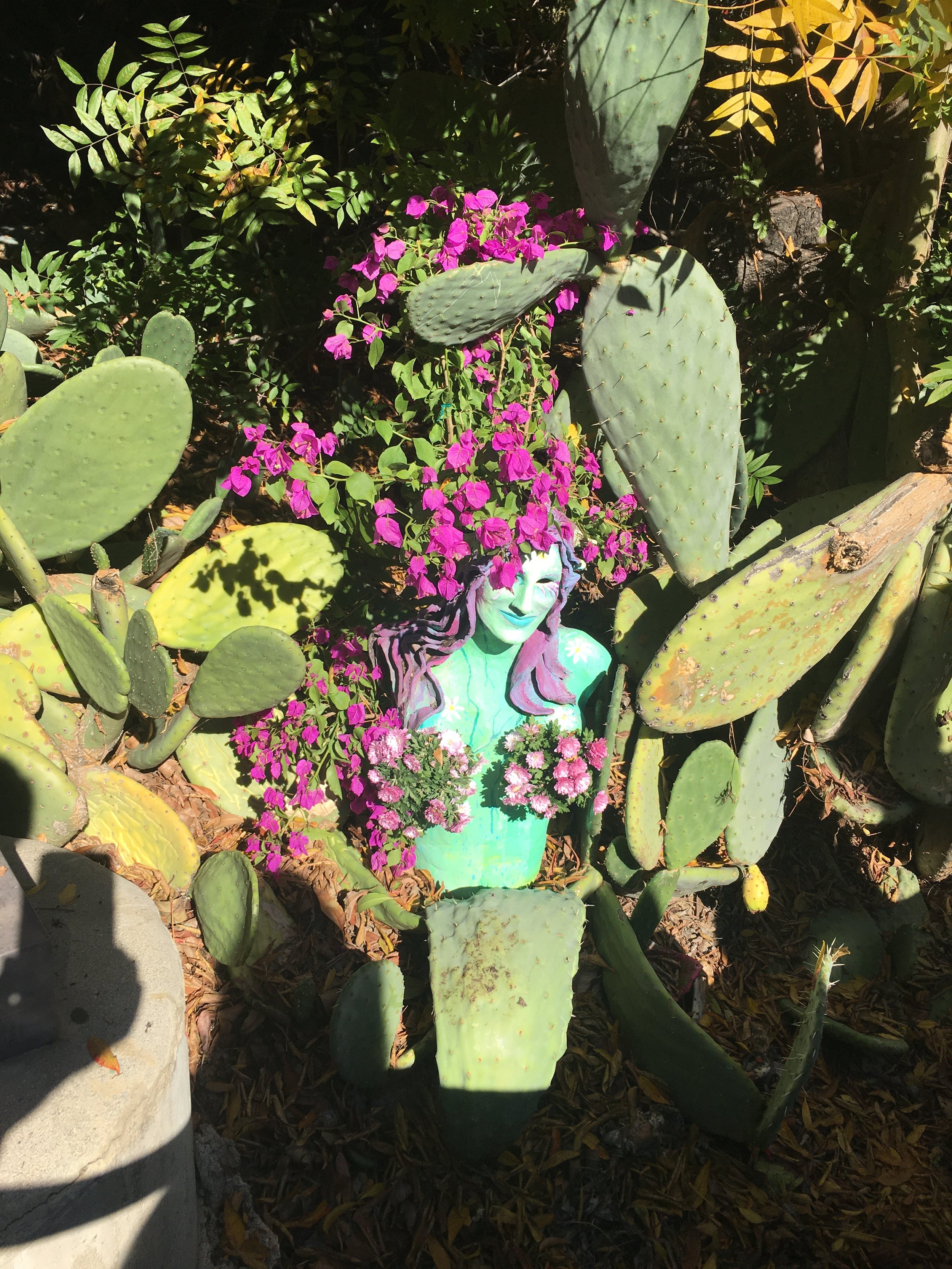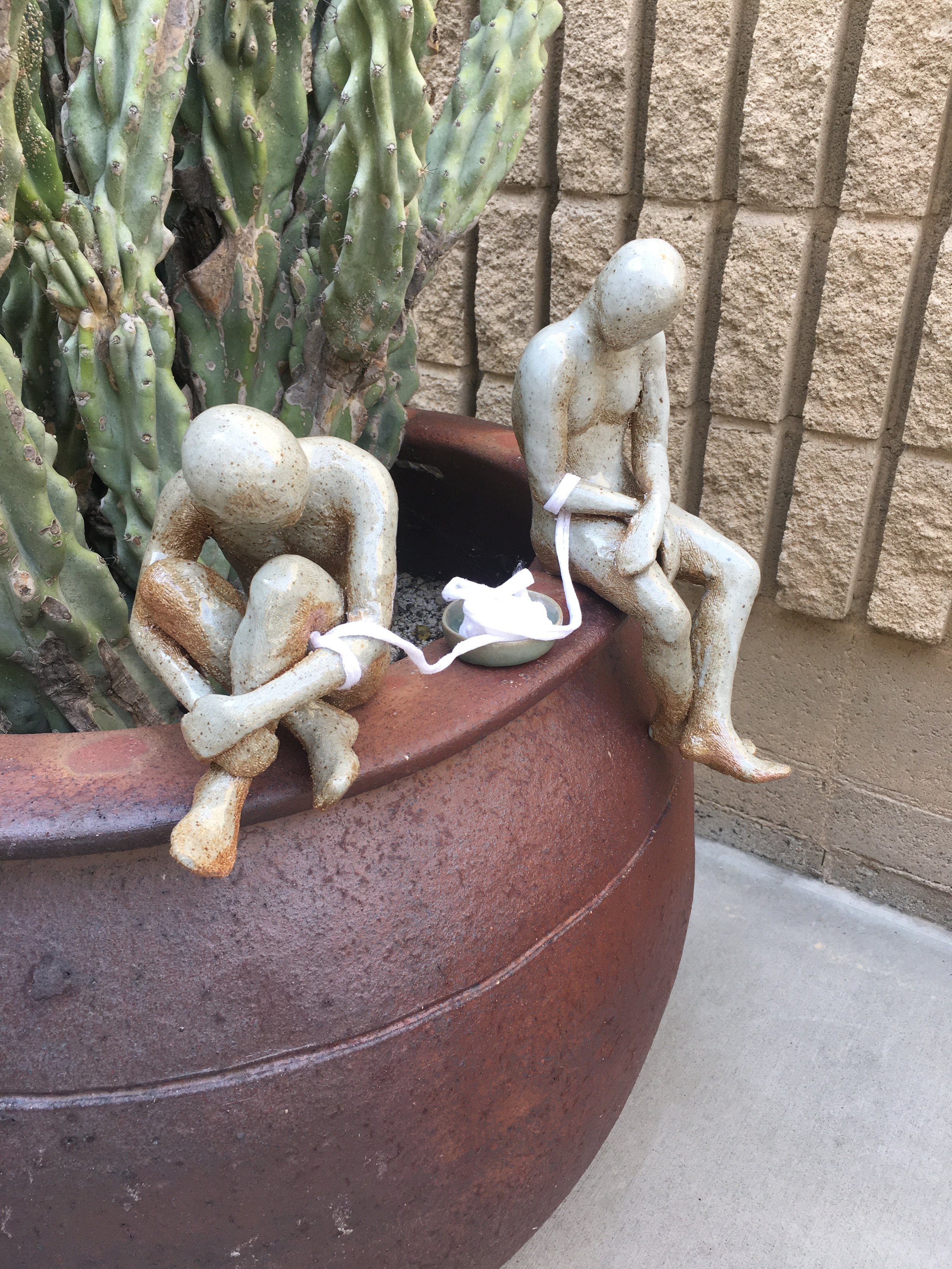



Commission Work
Click to see more ...
Commission Work
Click to see more ...

Field Work
Field Work
Exploration, experimentation and discovery; this describes both my artist process and what I hope to evoke in the viewer. To preserve and rekindle the childhood sense of wonder when exploring the backyard. To take the viewer out of the mundane pattern of the everyday and into the present moment with tall tales of the overlooked elements.
The fungi kingdom is my starting point for inspiration and it embodies my personal philosophy. It is the perfect example of the life cycle, it signifies the death and decomposition of one living entity with its own creation. There is so much that is unknown about this kingdom although it is more closely related to the animal kingdom than any other. And yet, it is so often overlooked and dismissed as unimportant.
In what I call my "field work" I look to change the observer into the observed by creating an active dialog with the work and the viewer, with the help of various sensors and light. In that process the pieces develop their own personality, the line between fabrication and reality becomes blured, and I become the mycologist documenting the world I have created.

Teaching
Teaching Philosophy, CV / Resume, Student Work
Teaching
Teaching Philosophy, CV / Resume, Student Work
The arts are vitally important to a well-rounded education. Art gives the student a chance to apply what they have learned from all other fields to a problem that does not have a predetermined solution or method of achieving the desired results. A studio art class is essentially a course in creative problem solving that relies on uncertainty and risk taking. I teach my students to embrace failure as opportunity, to solve problems with tenacity and to be intelligent risk takers.
My teaching philosophy is very similar to my studio practice. Exploration and experimentation are of prime concern when first learning a new medium or technique. It is important to understand the full capabilities and limitations of your chosen medium in order for you to be able to fully express your ideas. As I move forward in my process, my use of the medium is then refined and work becomes clearer and more focused on specific goals or a final product. Results become more planned and reliable. As part of my professional practice for commission work I have to plan and show each stage of development in my work. I have to show my research, experimental samples and test, production schedules and design concepts. I work to incorporate all of these elements into my classroom assignments as this gives my students a chance to develop skills in planning, time management, conceptual development, risk management and presentation. I use art making as a practical implementation of business strategy; through market research, time management, budgeting and marketing.
In the first several weeks of class we start with a group discussion based on a short written assignment. Each student is asked to find 10 artists that they are attracted to. There are some guidelines such as some need to be historical and some need to be current, some are 2D and some 3D. I challenge my students to define what is cool to them, why are they drawn to their chosen artists. Over the course of five weeks, they are exposed to over 200 artists, each one having a personal meaning to a student.
Students share their personal excitement about artists with each other as well as myself while becoming more comfortable forming and sharing their own opinion. We talk about whether we are drawn to an artist for appreciation of their technical ability, for their story, for their political beliefs, for their aesthetic, or all of the above. This is how they come to define their own aesthetic and to speak about it articulately and with passion. This is our ‘market research’; understanding what has been made, what is being made and how people respond to it.
In the beginning, my assignments focus on technical skills whether it be throwing or learning to use power tools. This concentrates more on repetition and practice while still incorporating time management skills. I require a high level of output, with the understanding that the quality of work will improve through repetition and experimentation and not through perfectionism. Requiring quantity over quality in the beginning forces the students to change the way they think about the task as they no longer have the time to needlessly over analyze what they are doing. A common mantra in my class is “Don’t let perfectionism be the enemy of success.”
As the class moves forward the students are given more freedom with the assignments. I will give them basic outlines as to what the final assignment is to include and a time frame for them to complete the work. I ask them to show their thought process and create project proposals for the class. I ask them to think of me as their client, they have to sell their idea to me and show that they can complete it. This means that they have to show me their research and planning before they start and then they are graded on how successfully they executed their ideas. This processes helps the student to become more personally invested in their work as they have more ownership over the outcome. They have practice on planning a project through all stages, finding and managing risks, and presenting their ideas in a professional and well thought out manner. I have high expectations for what my students can accomplish. I set achievable but challenging goals, which will benefit them in their personal lives and professional careers either in or outside the world of art and the classroom.


